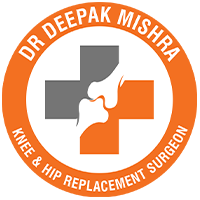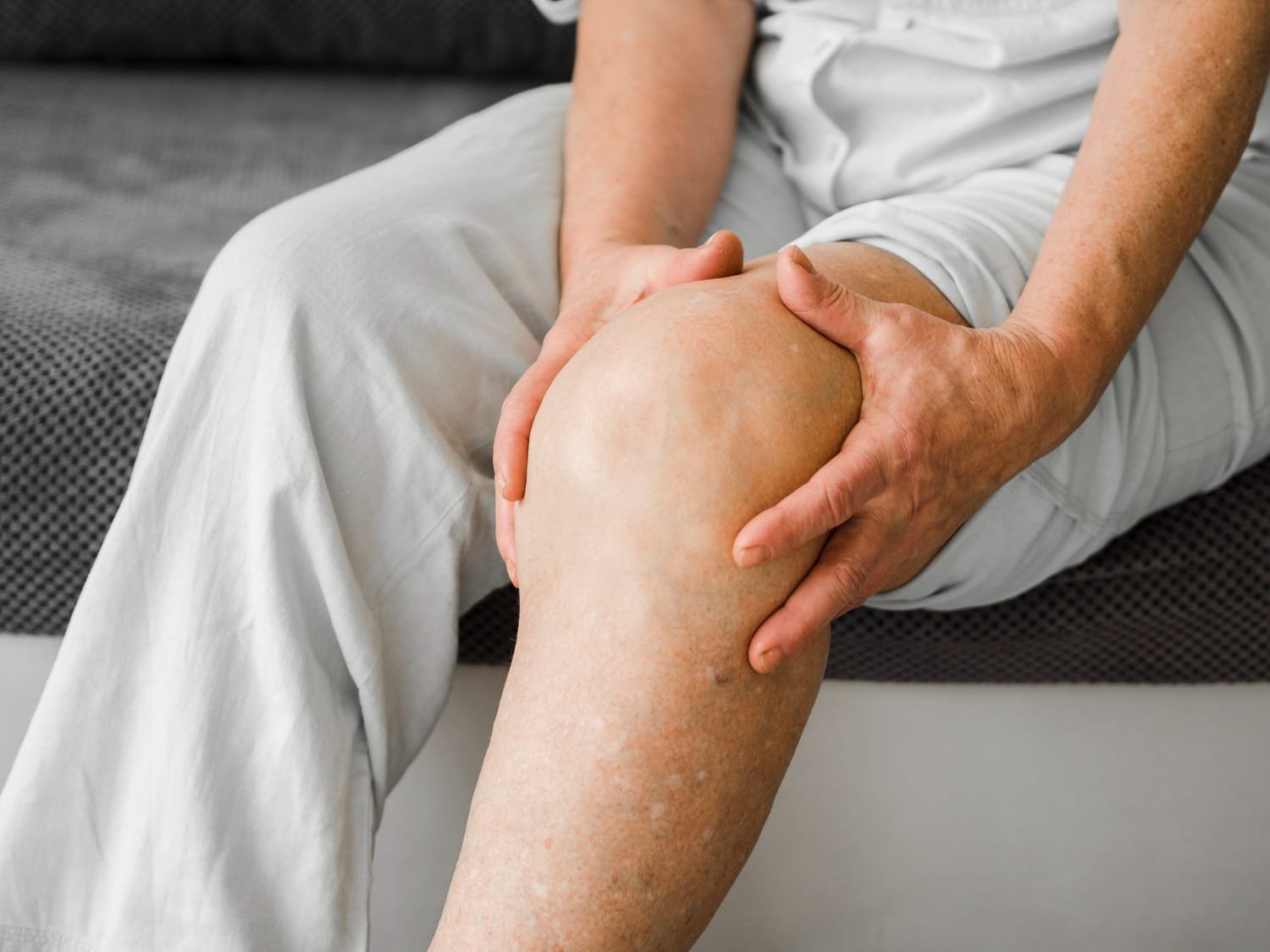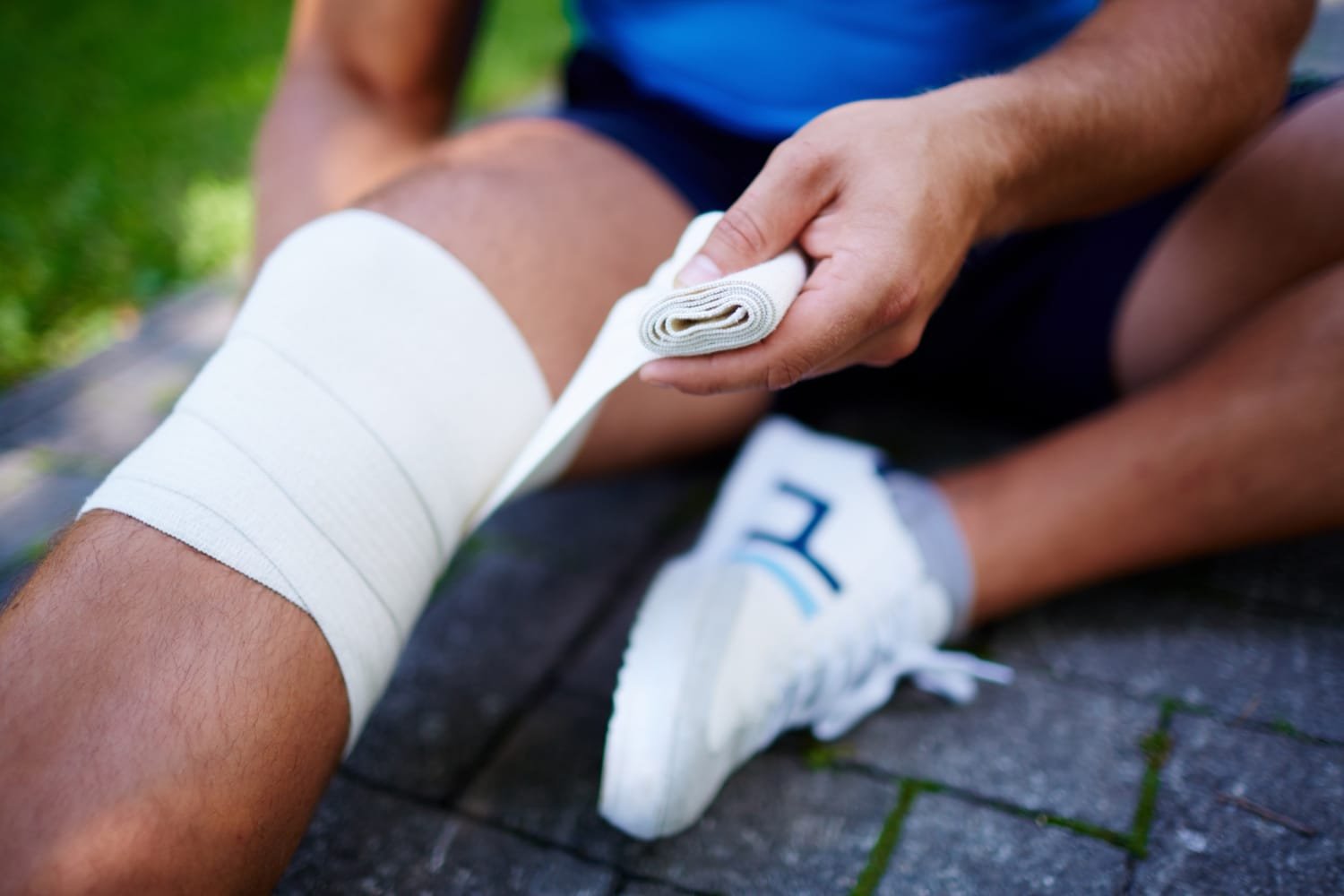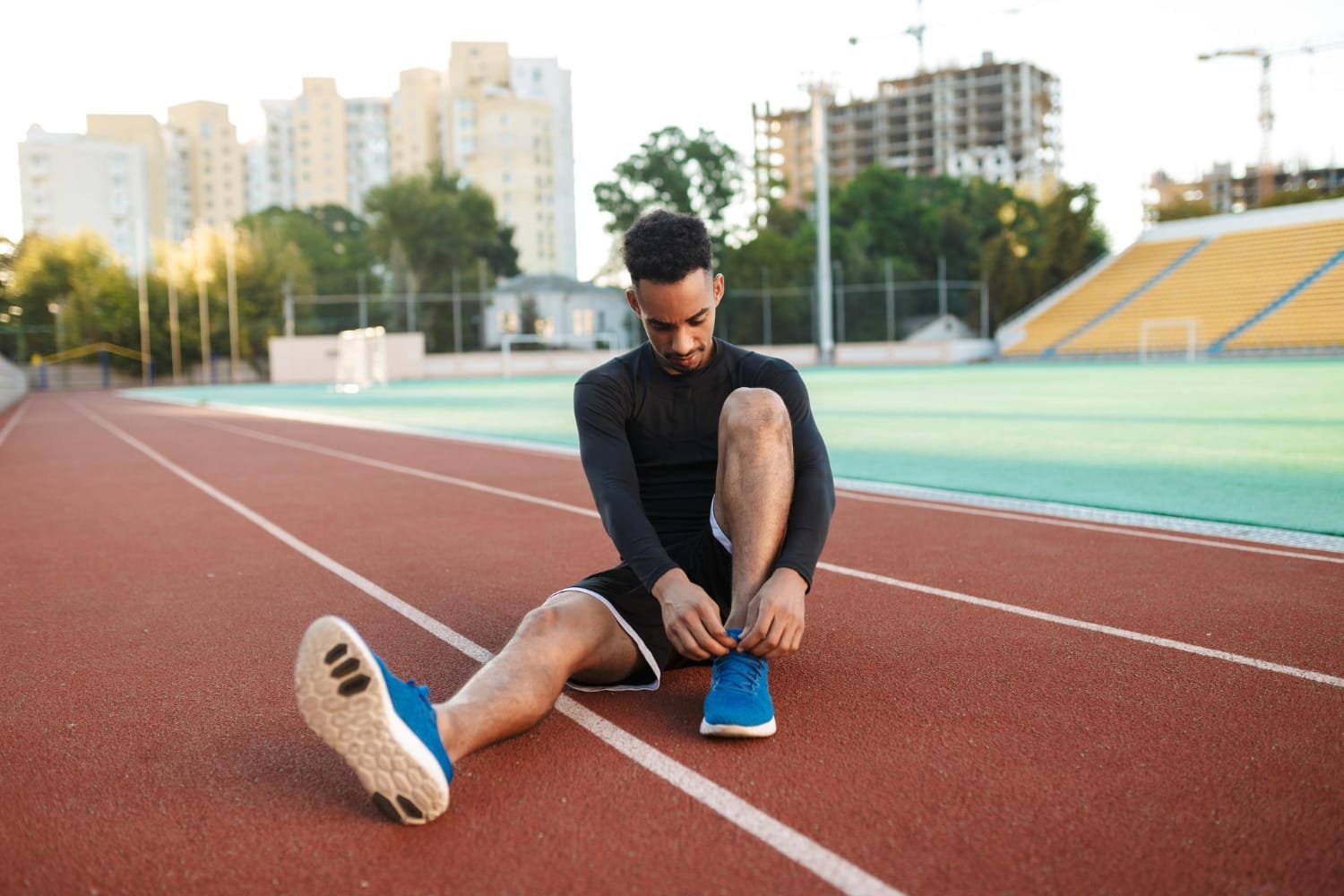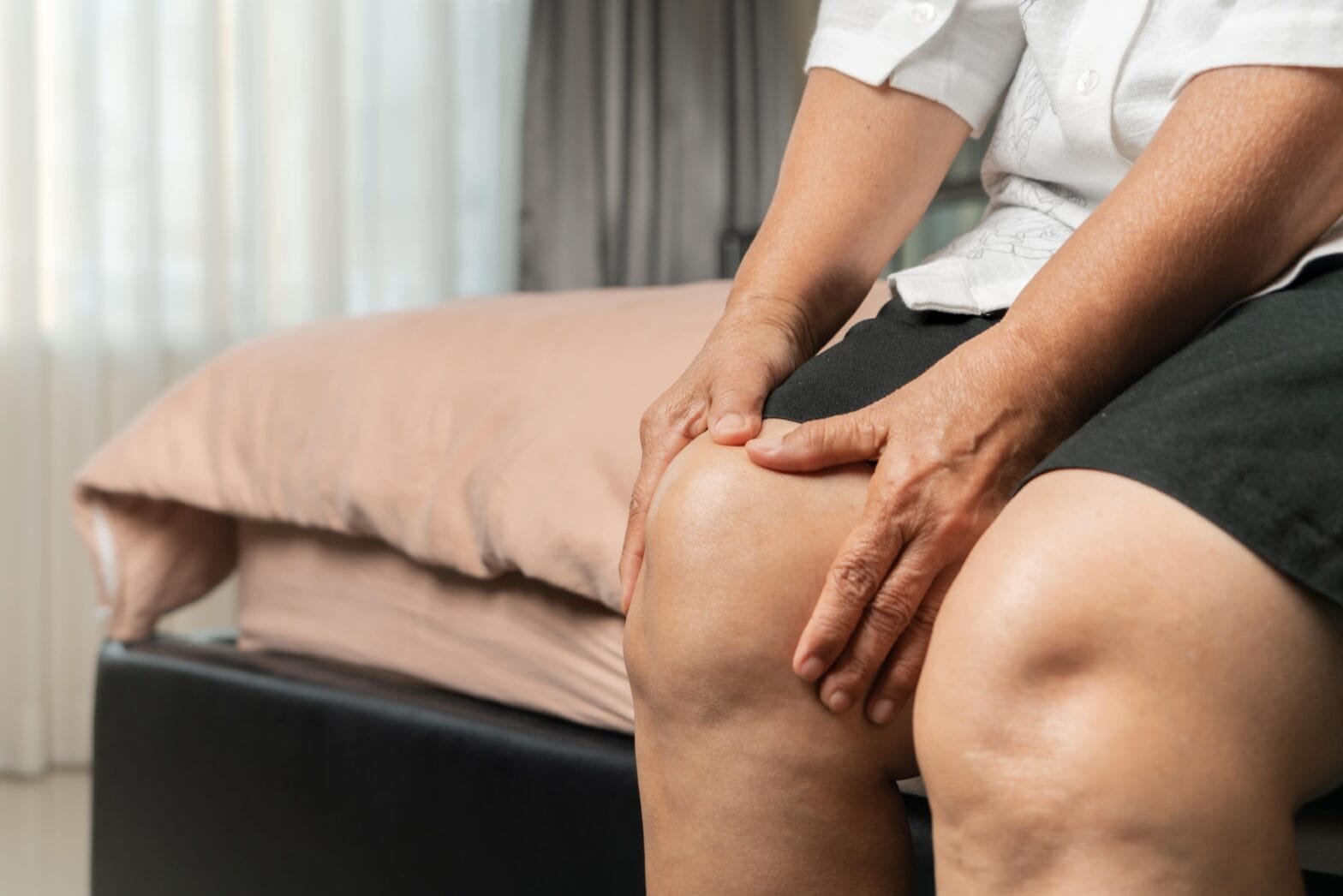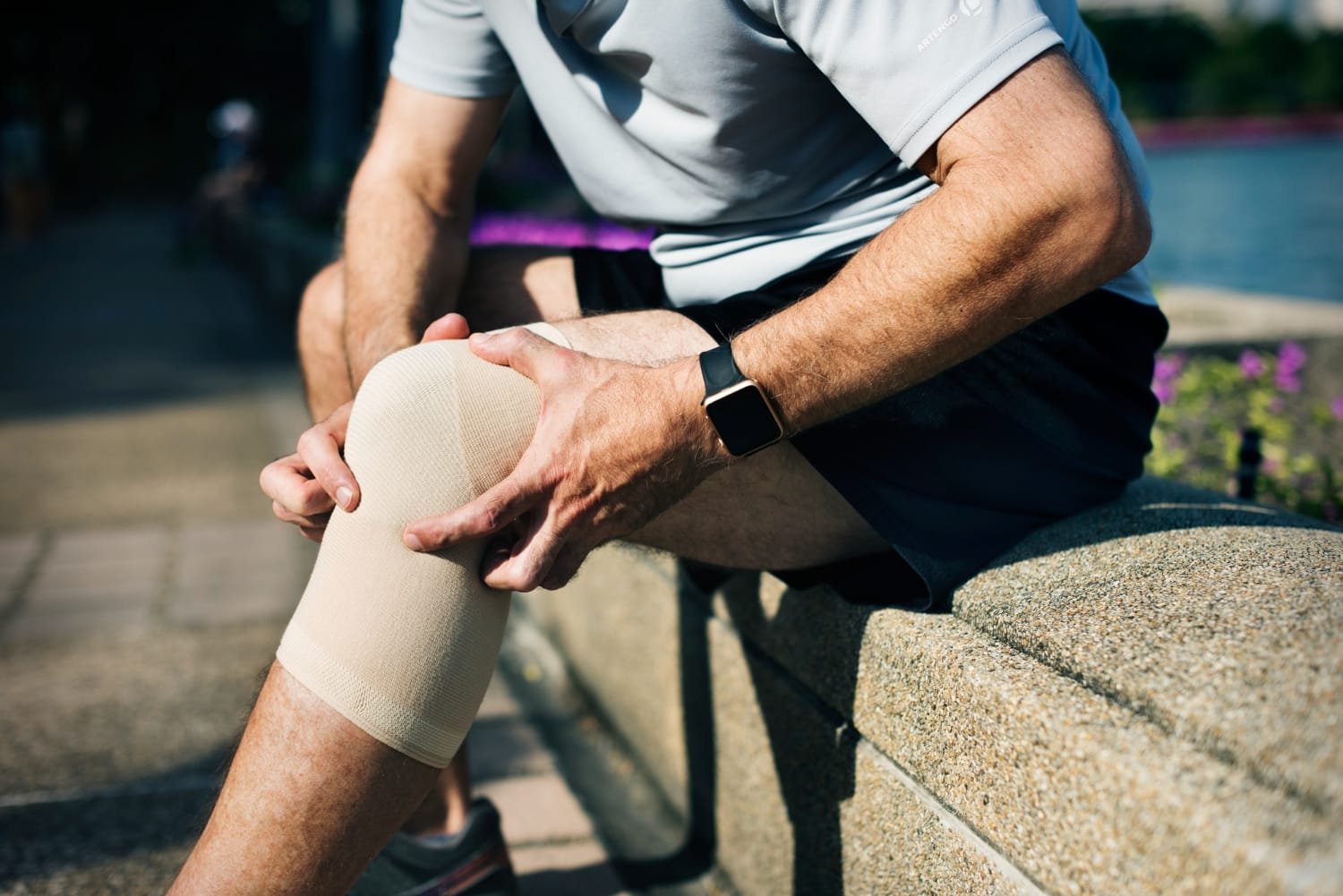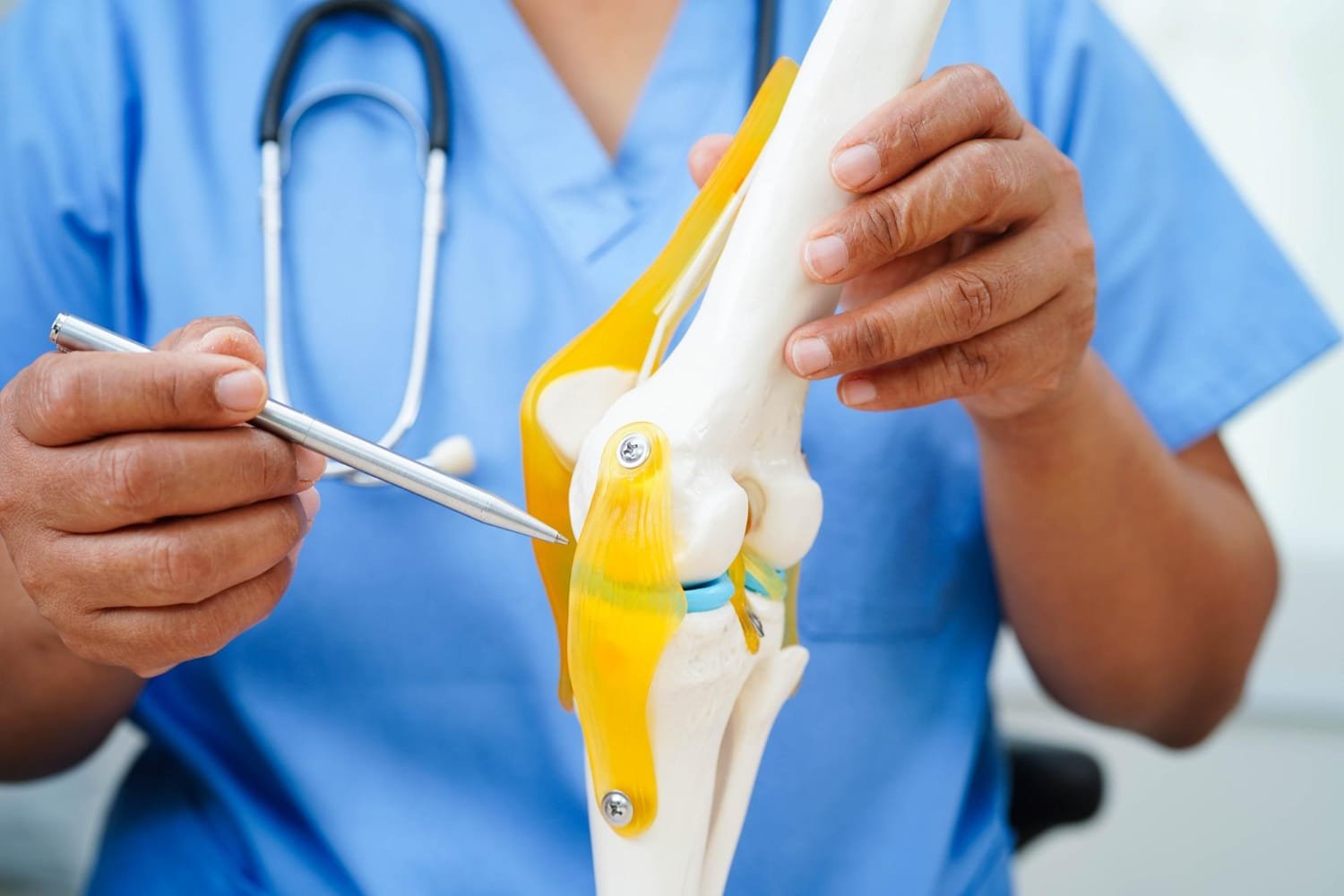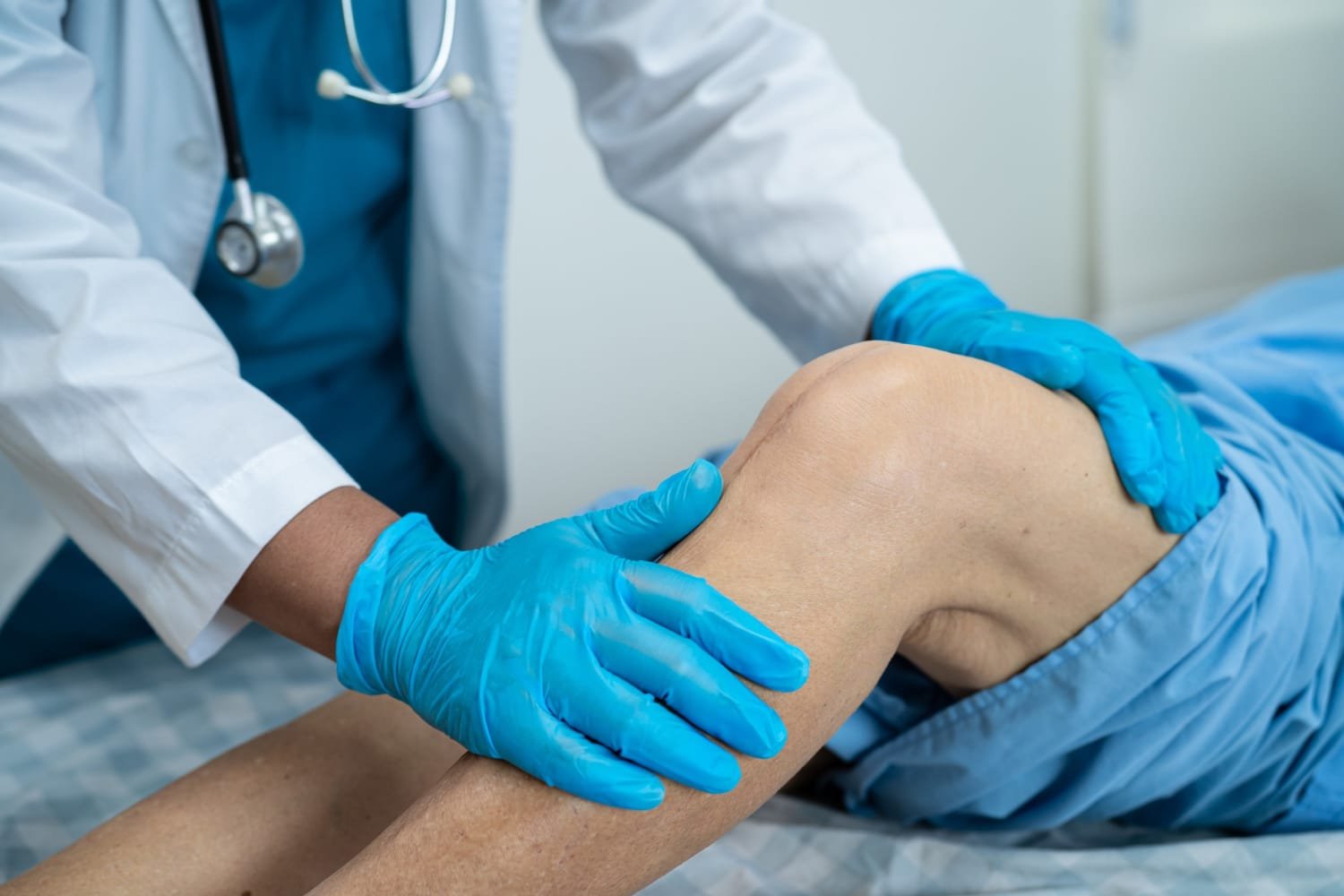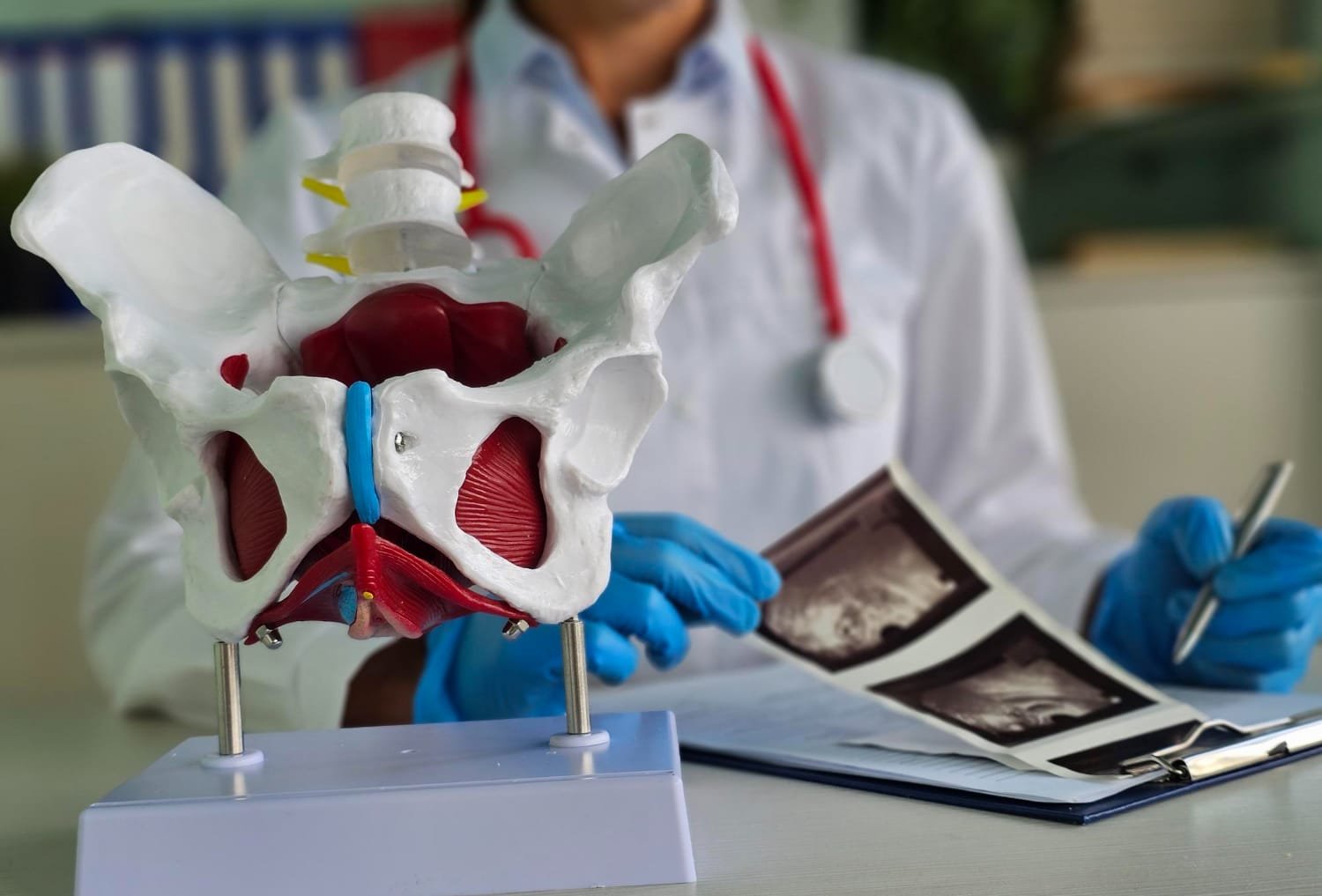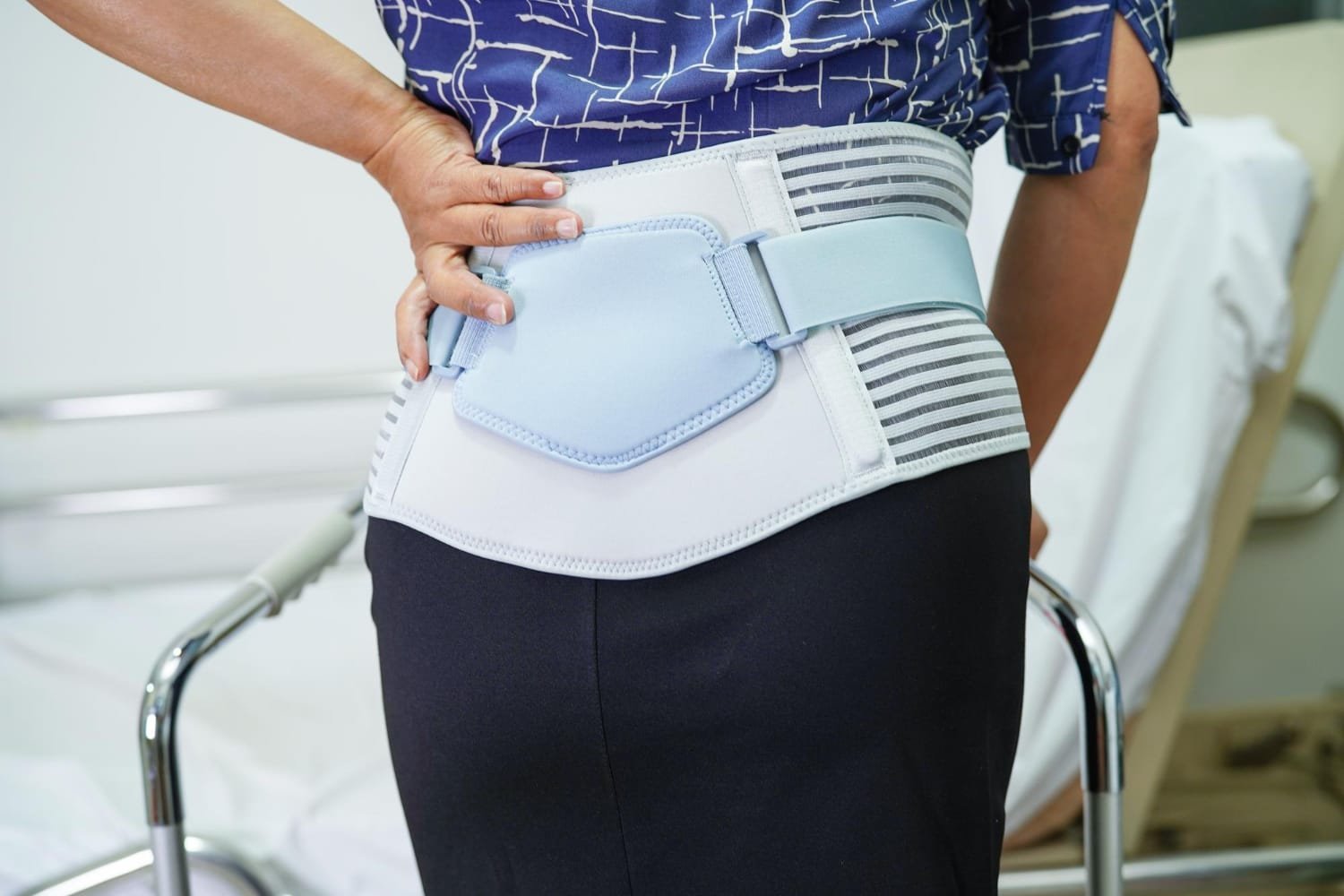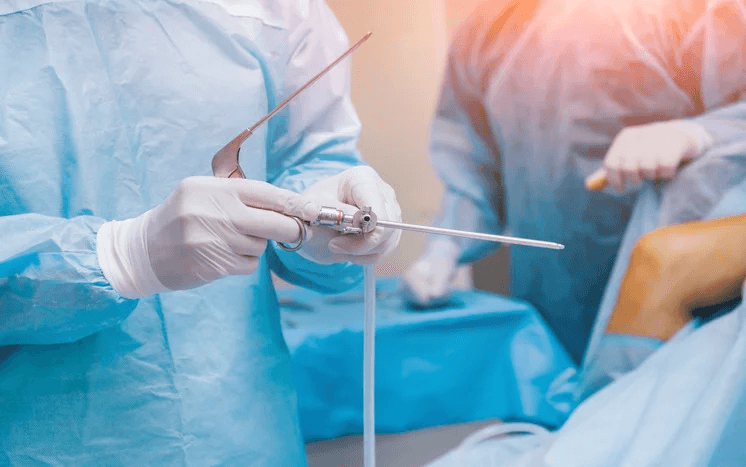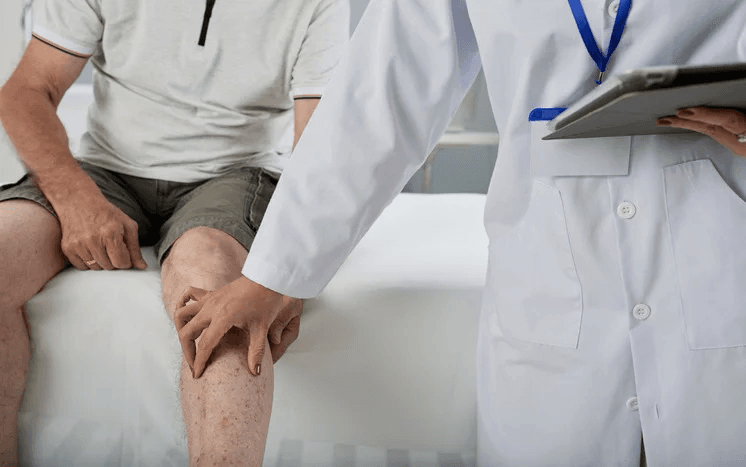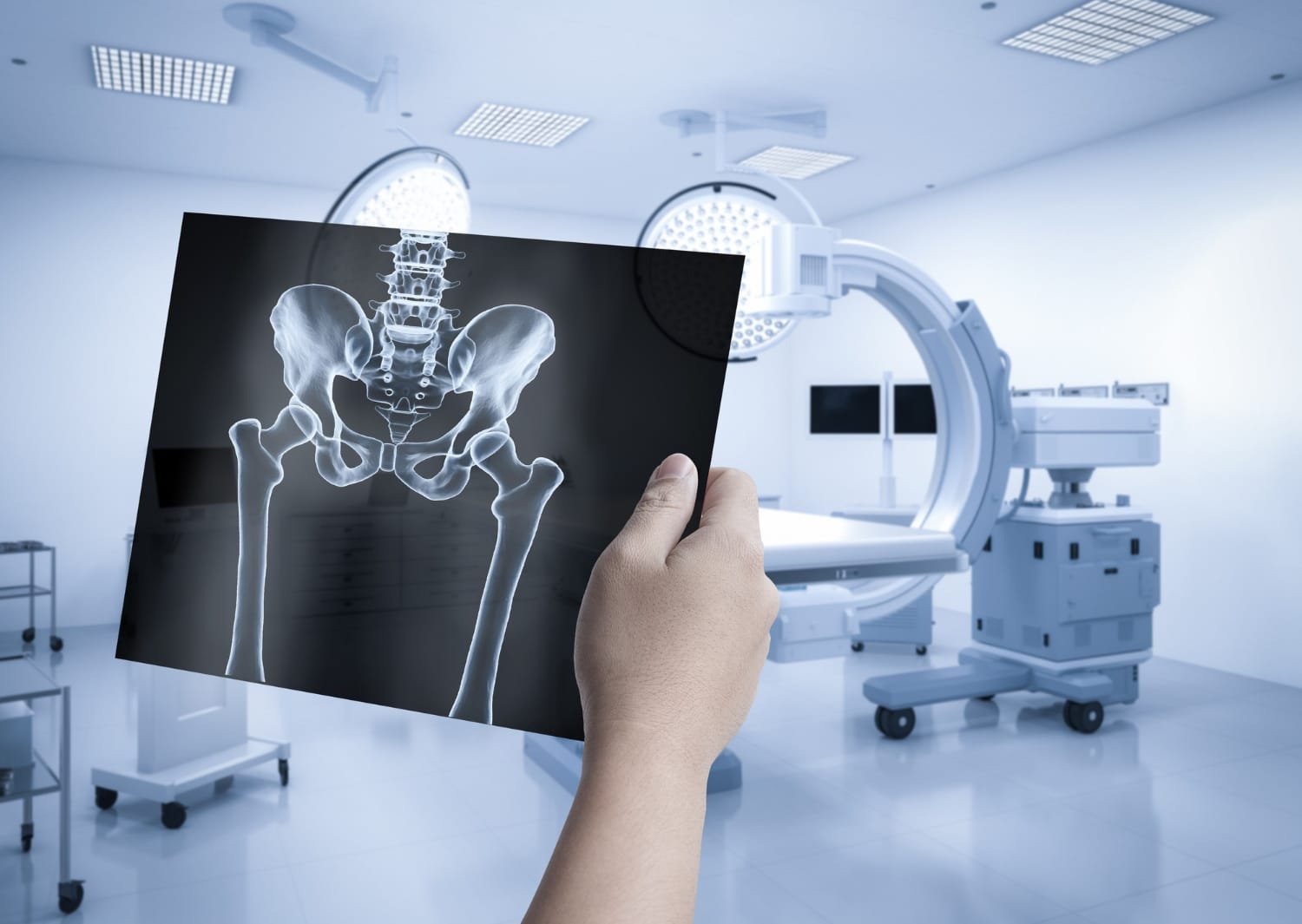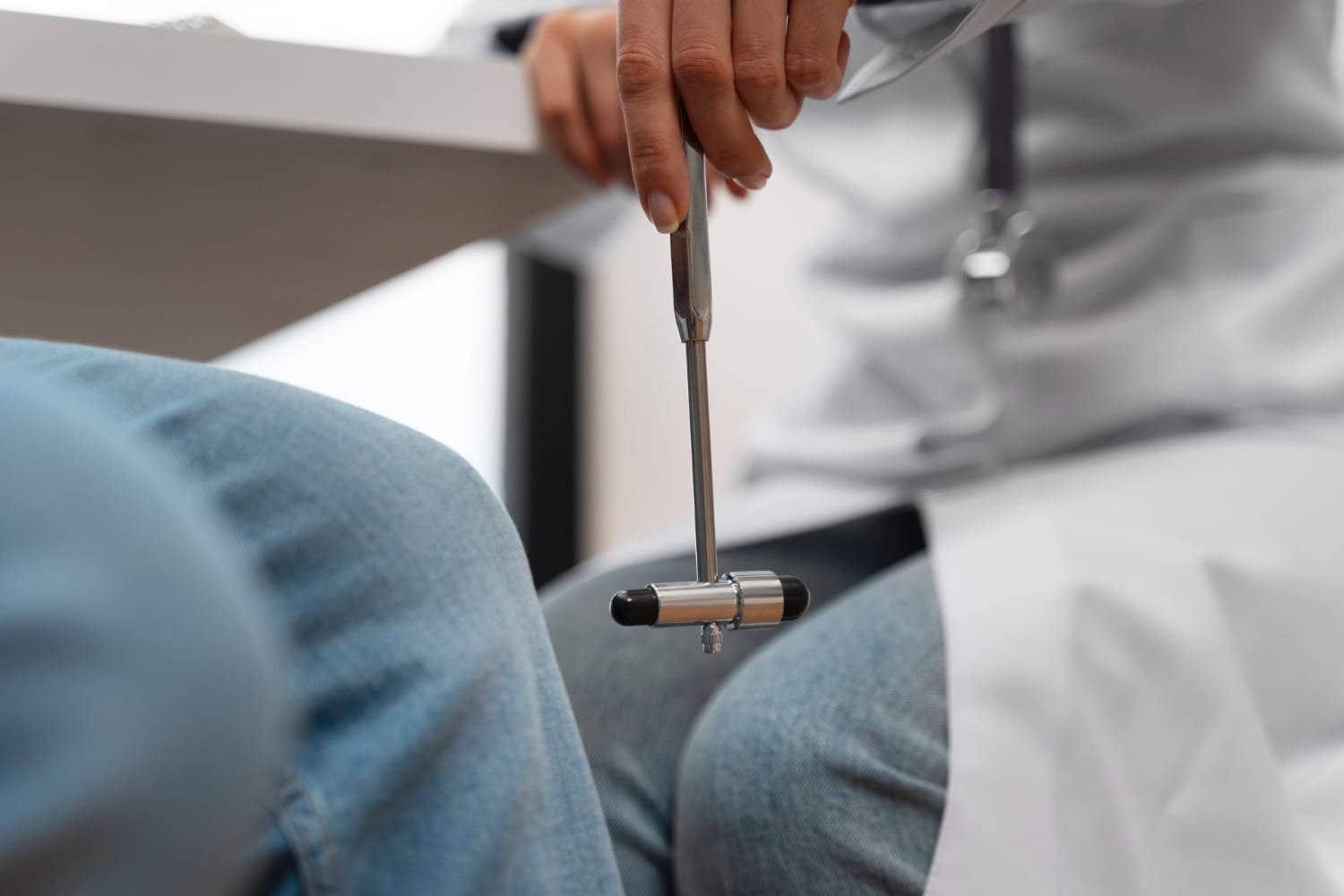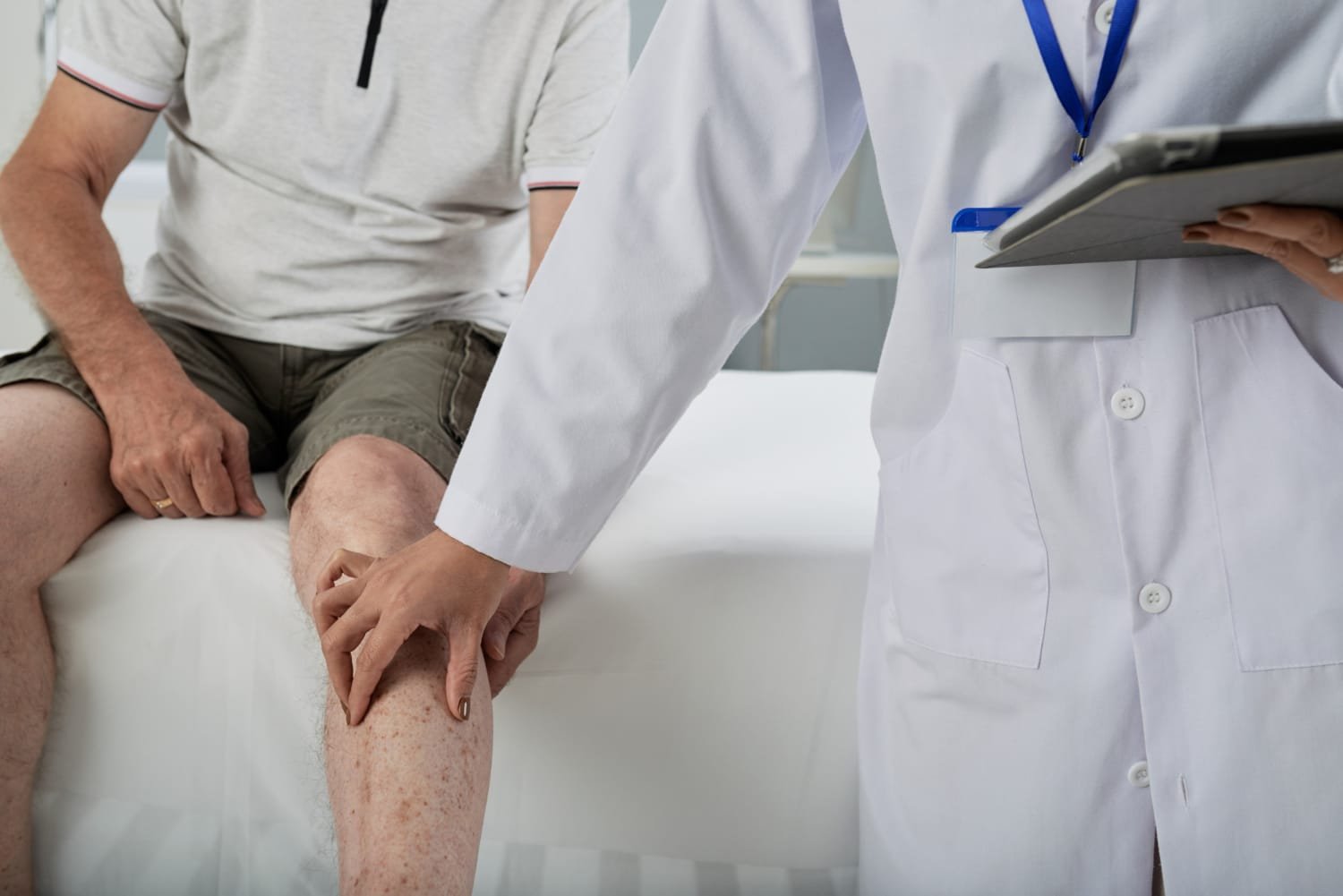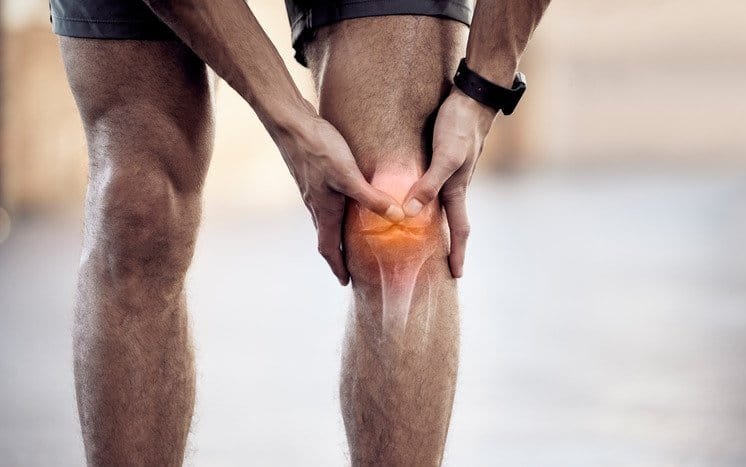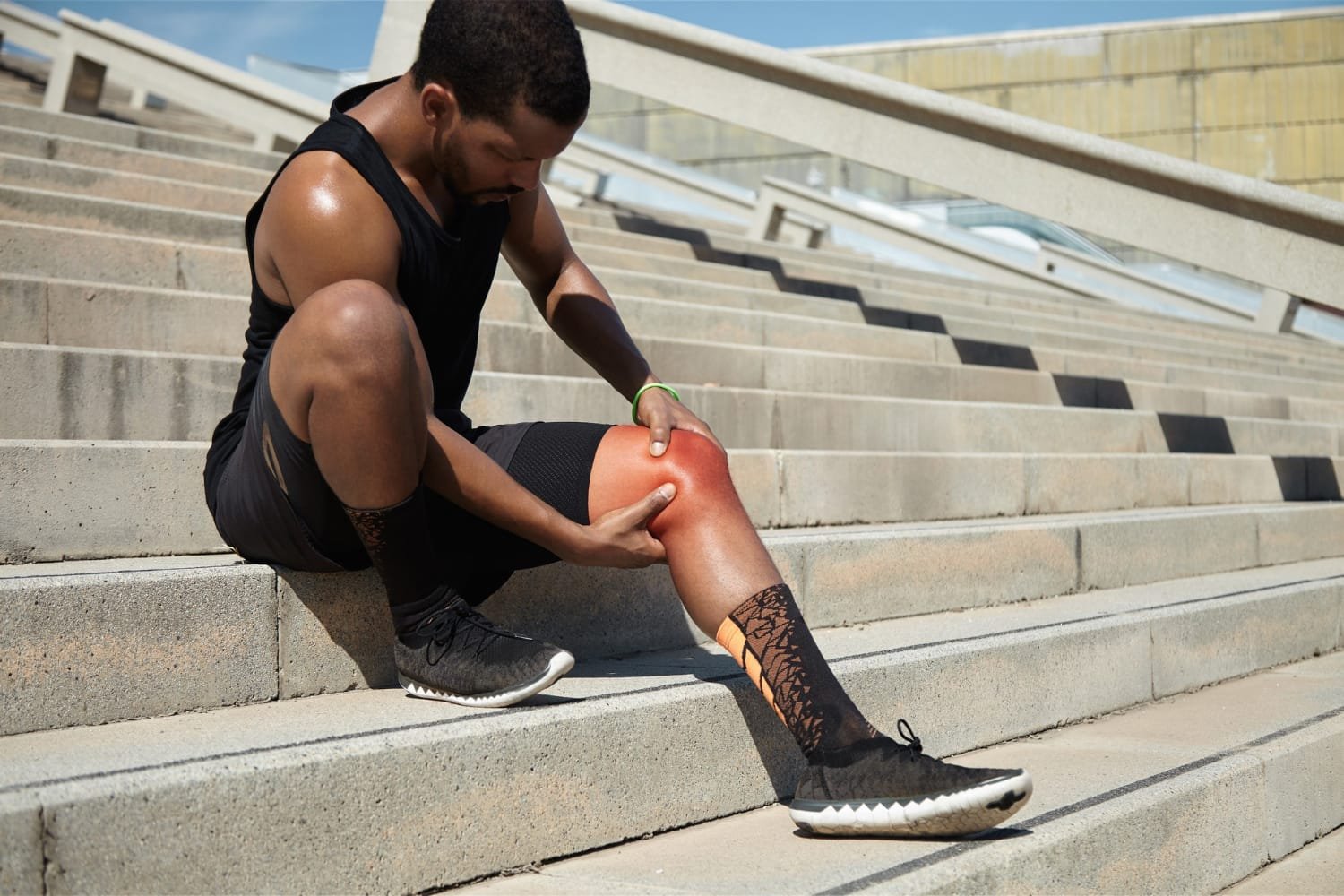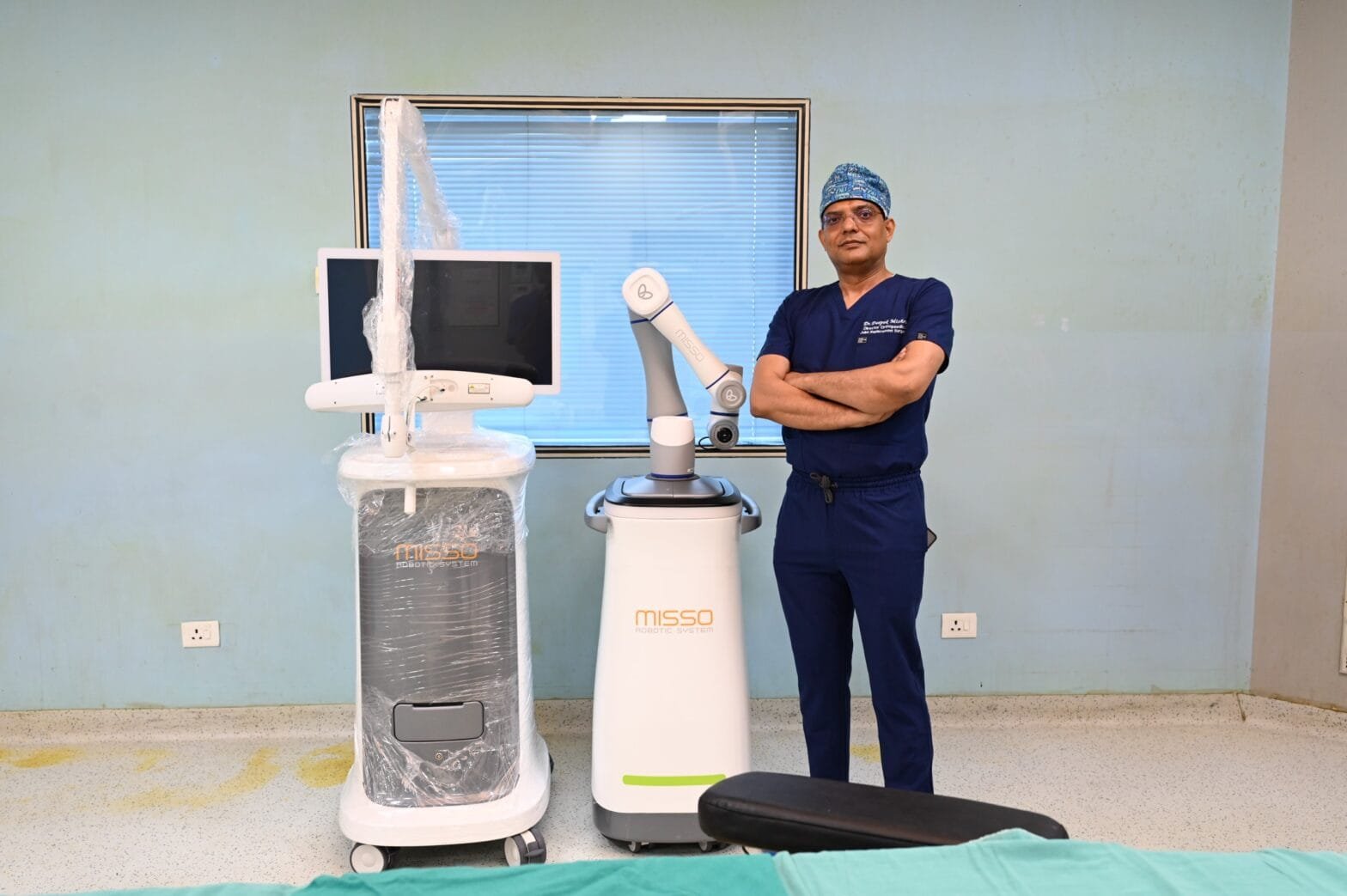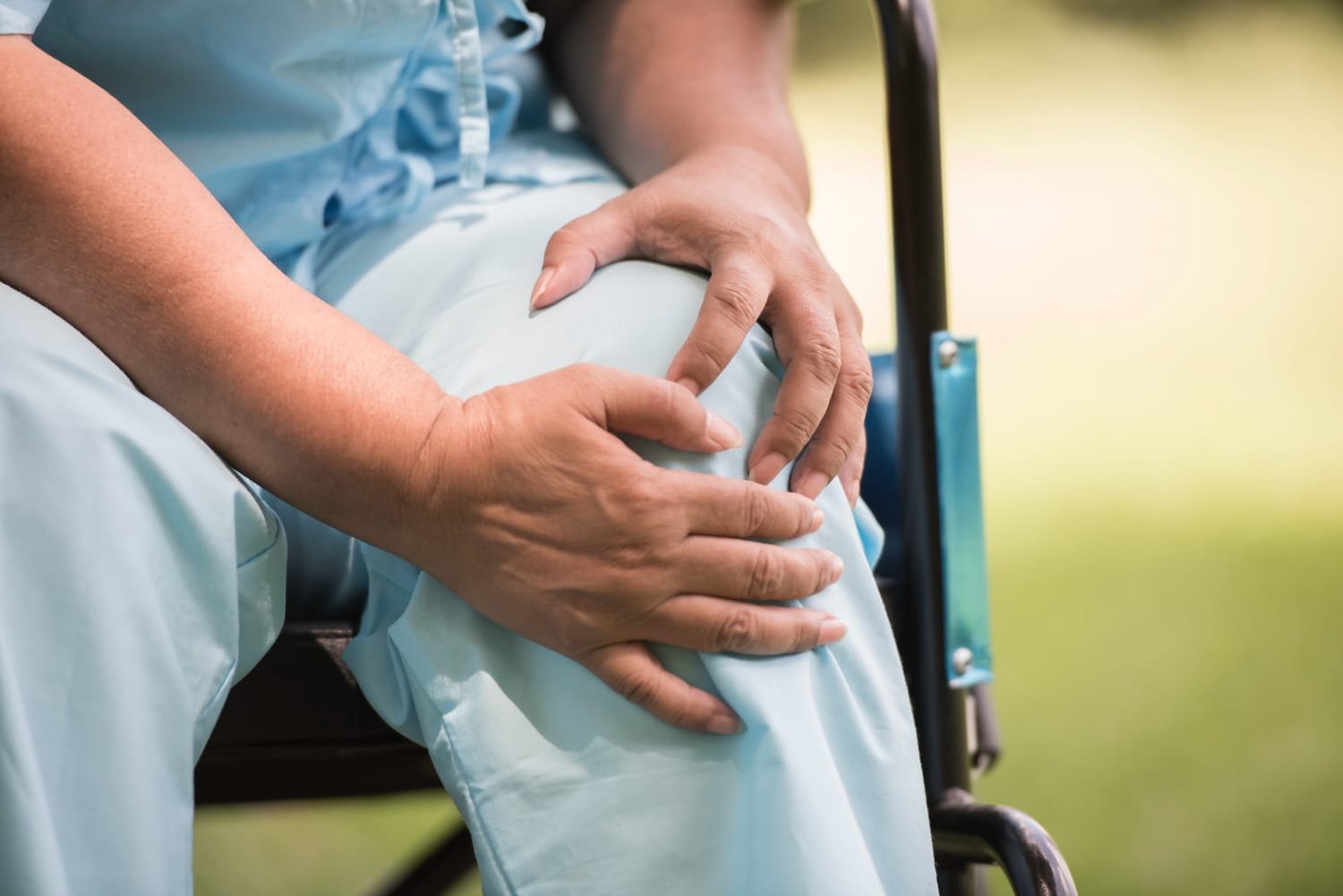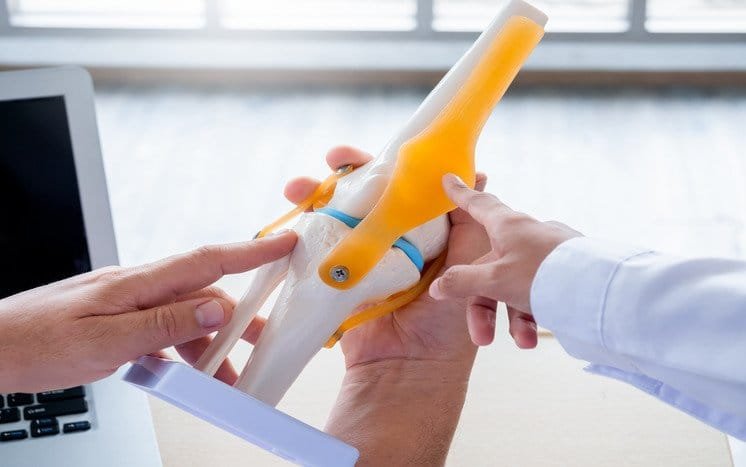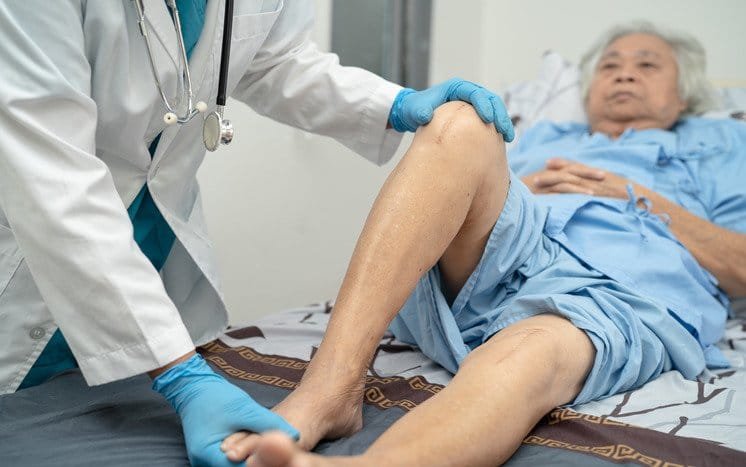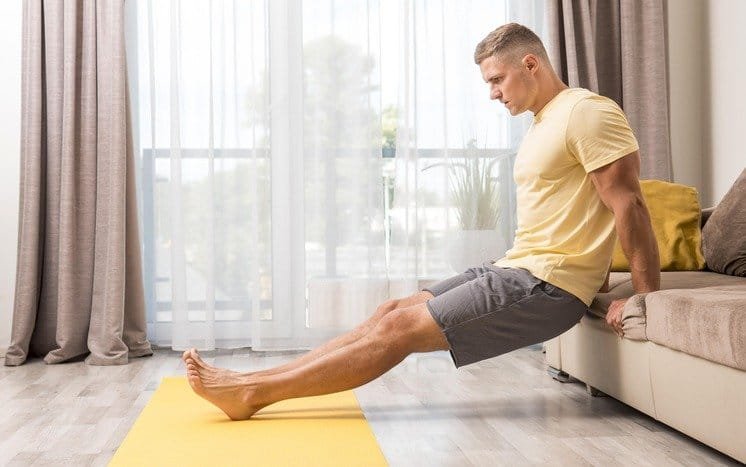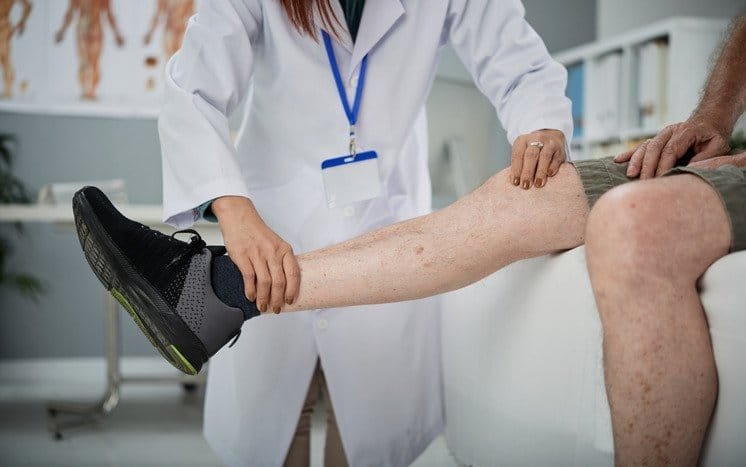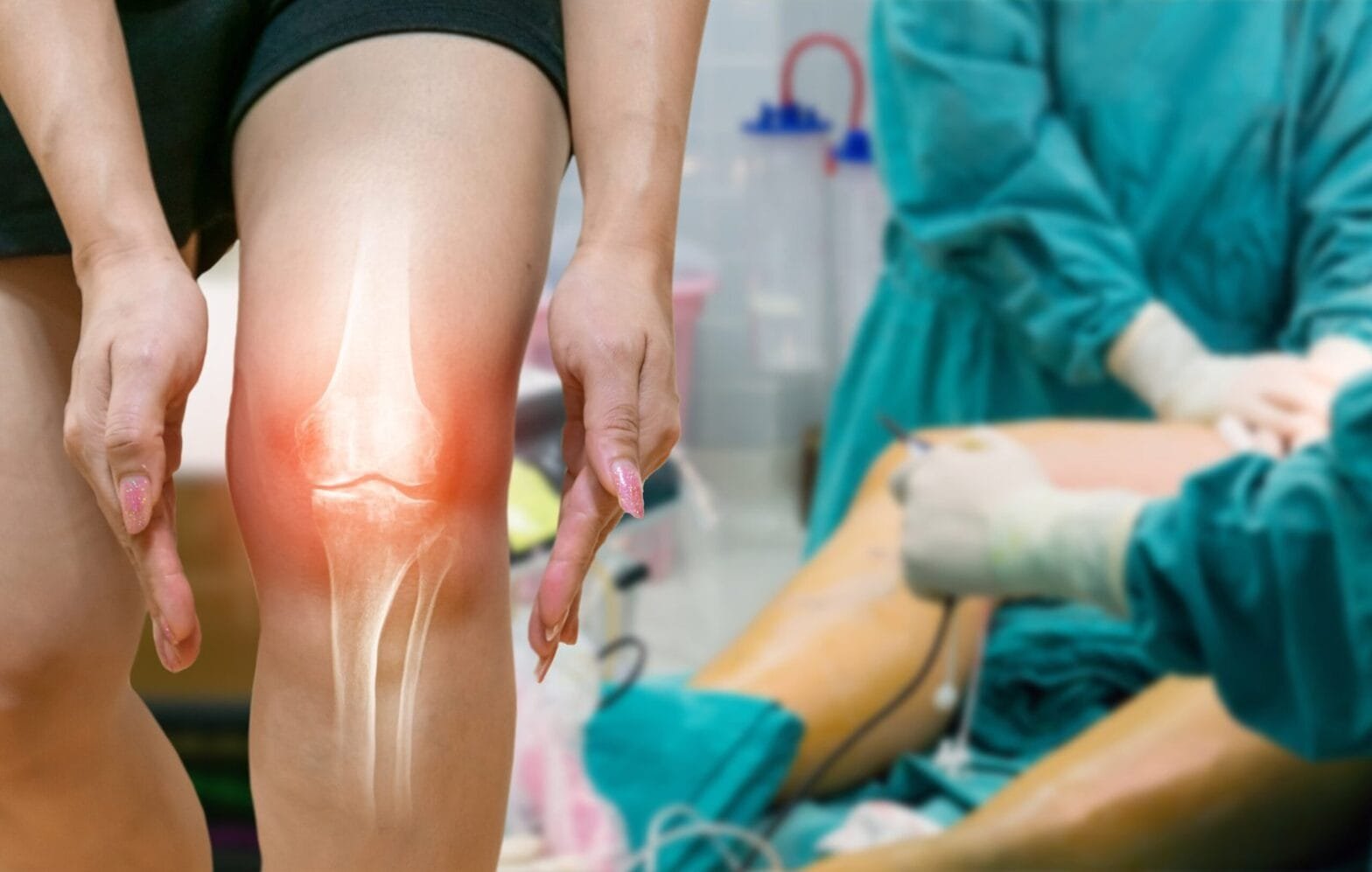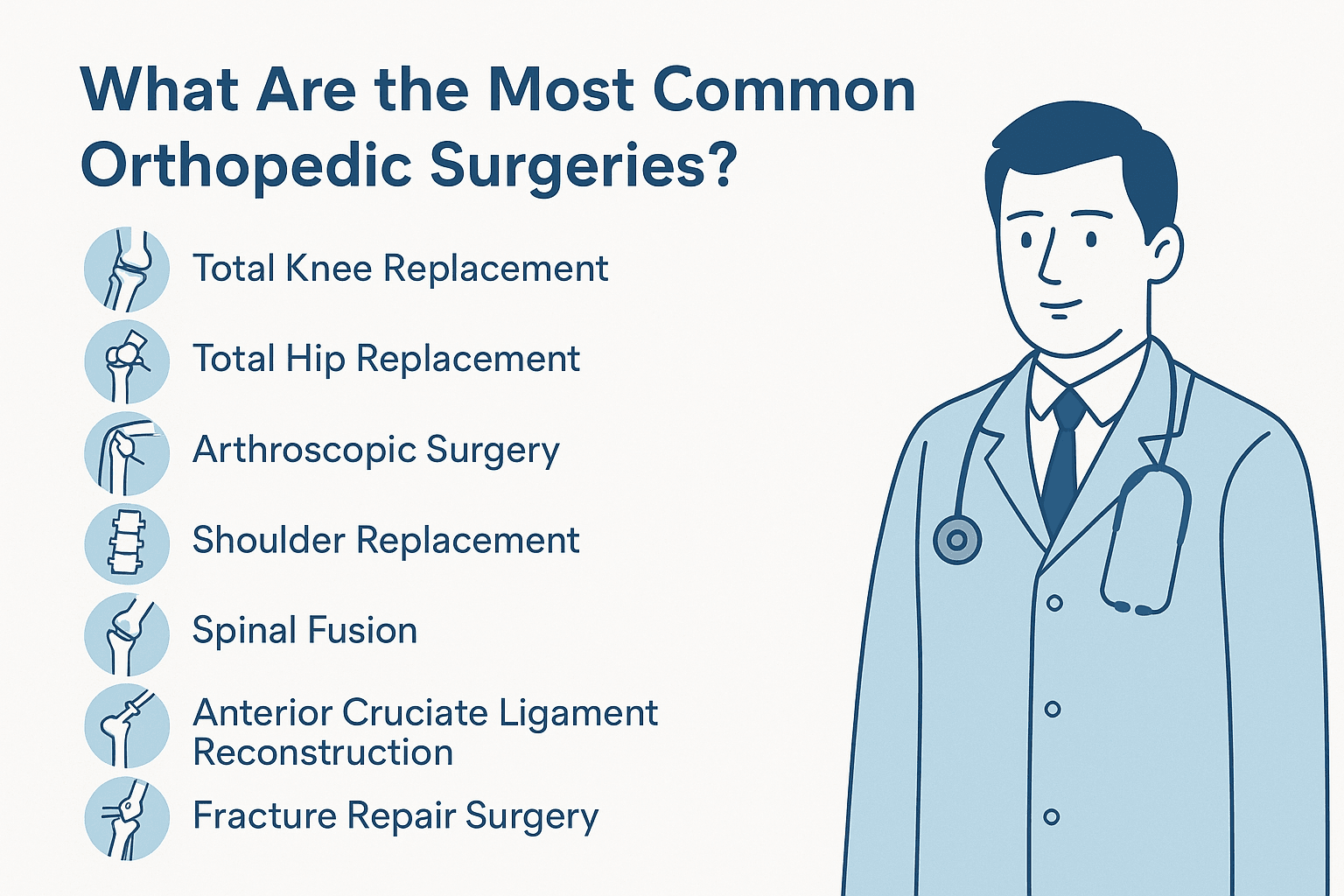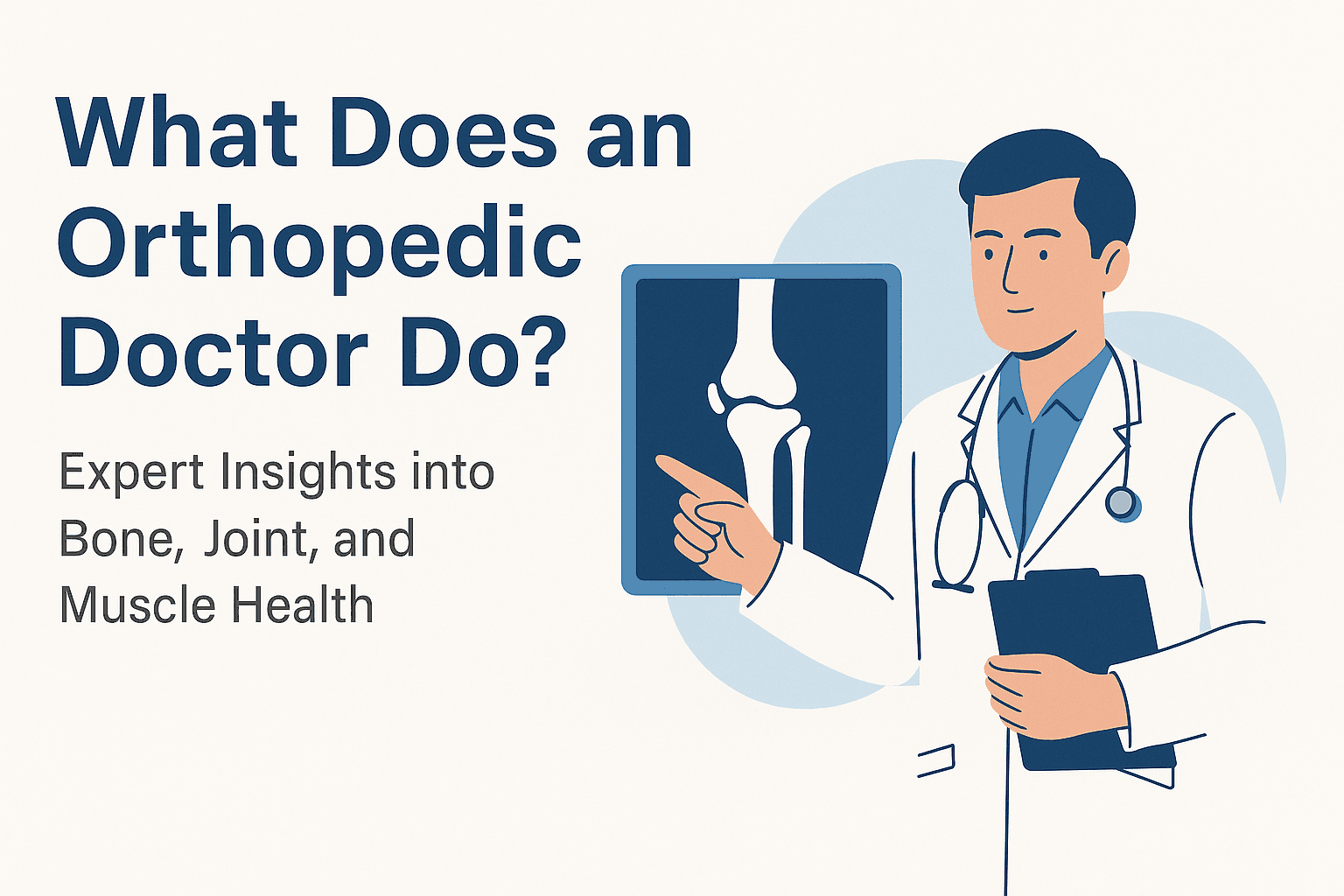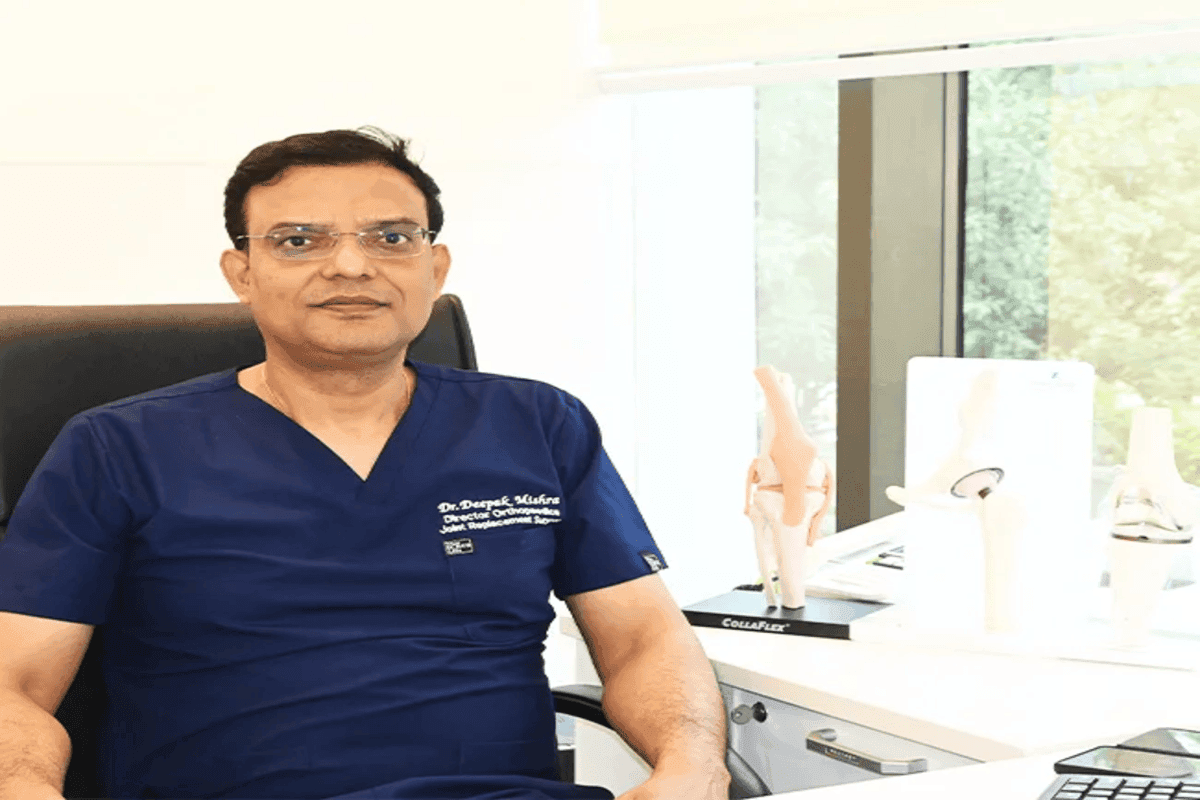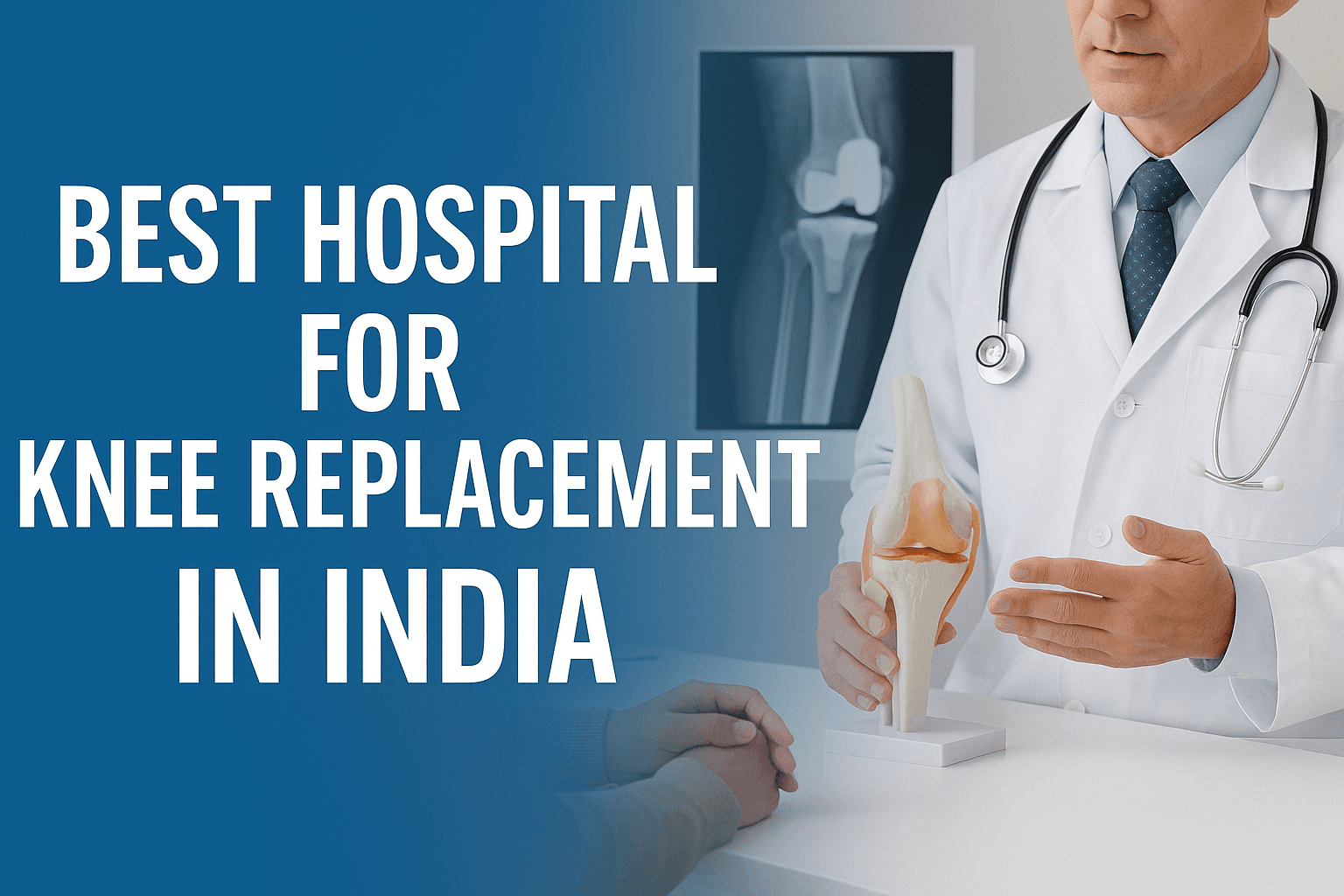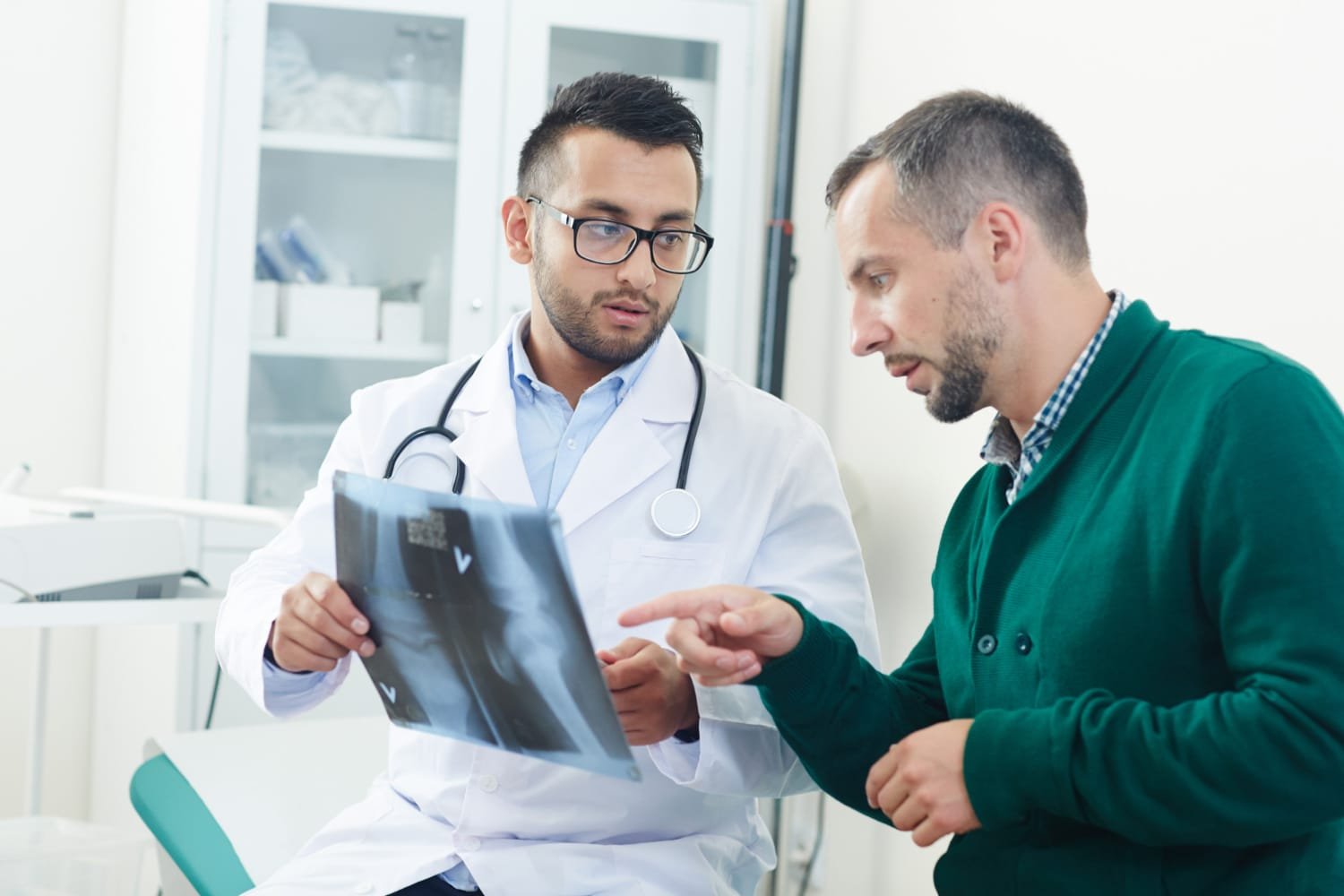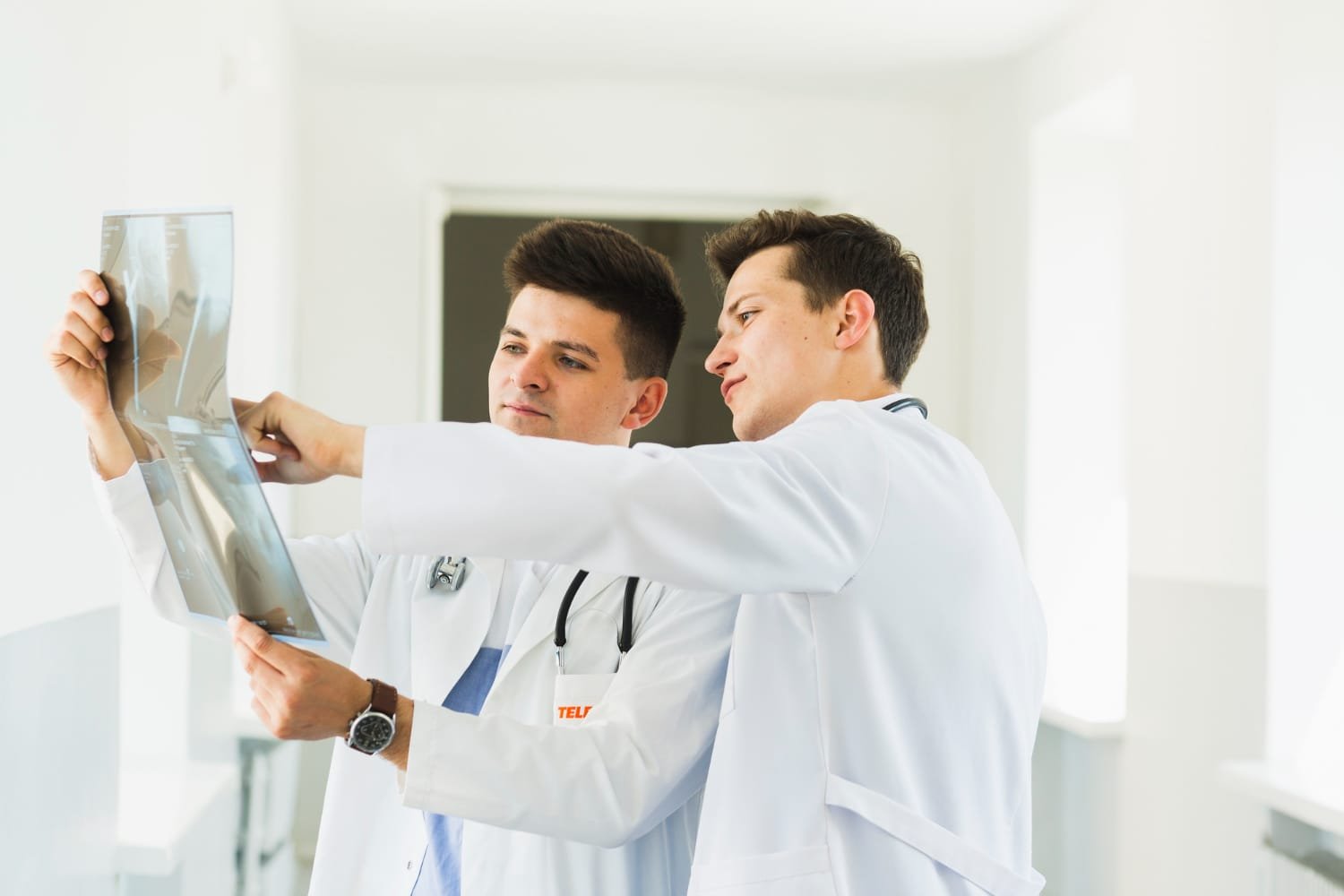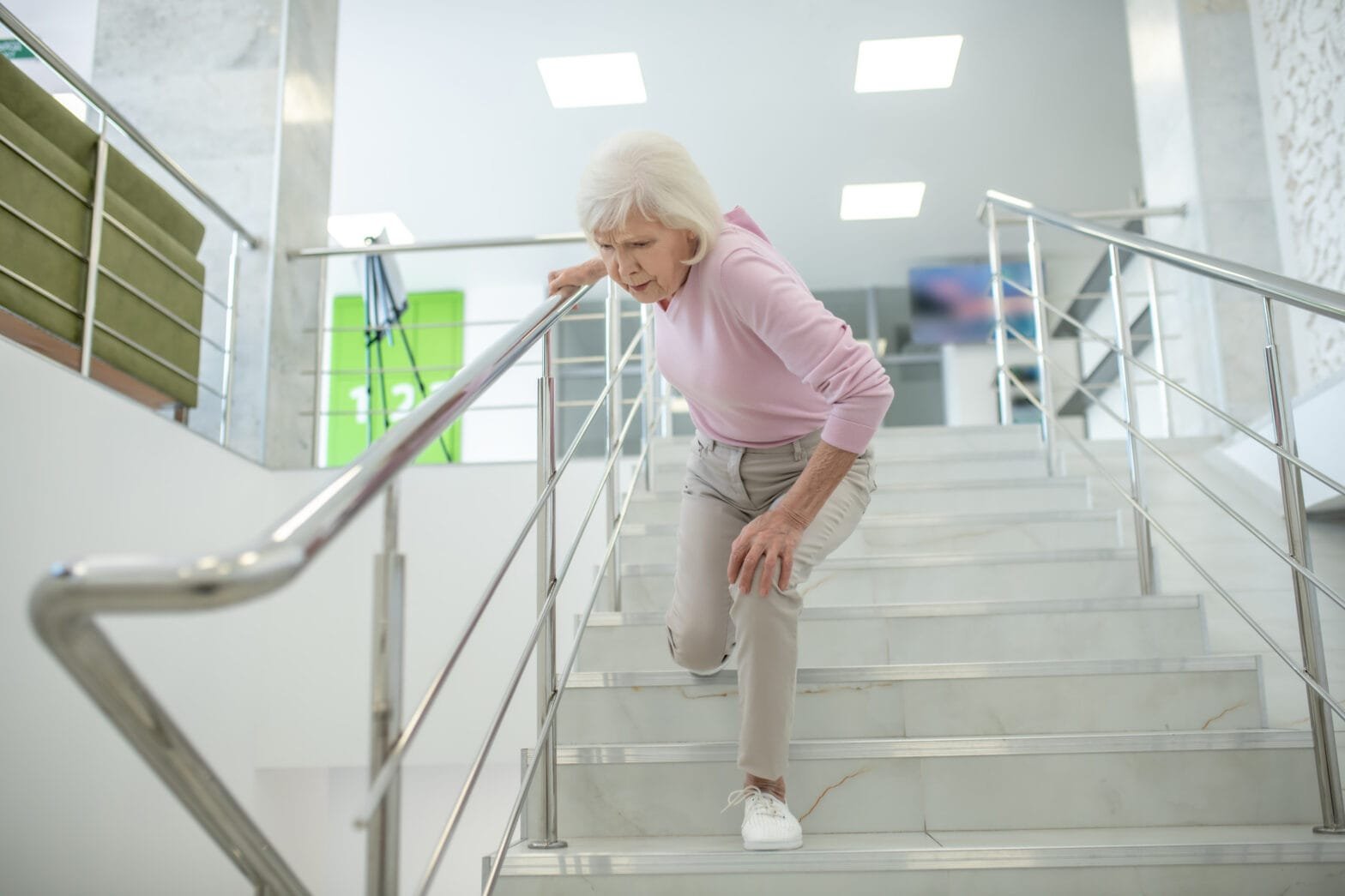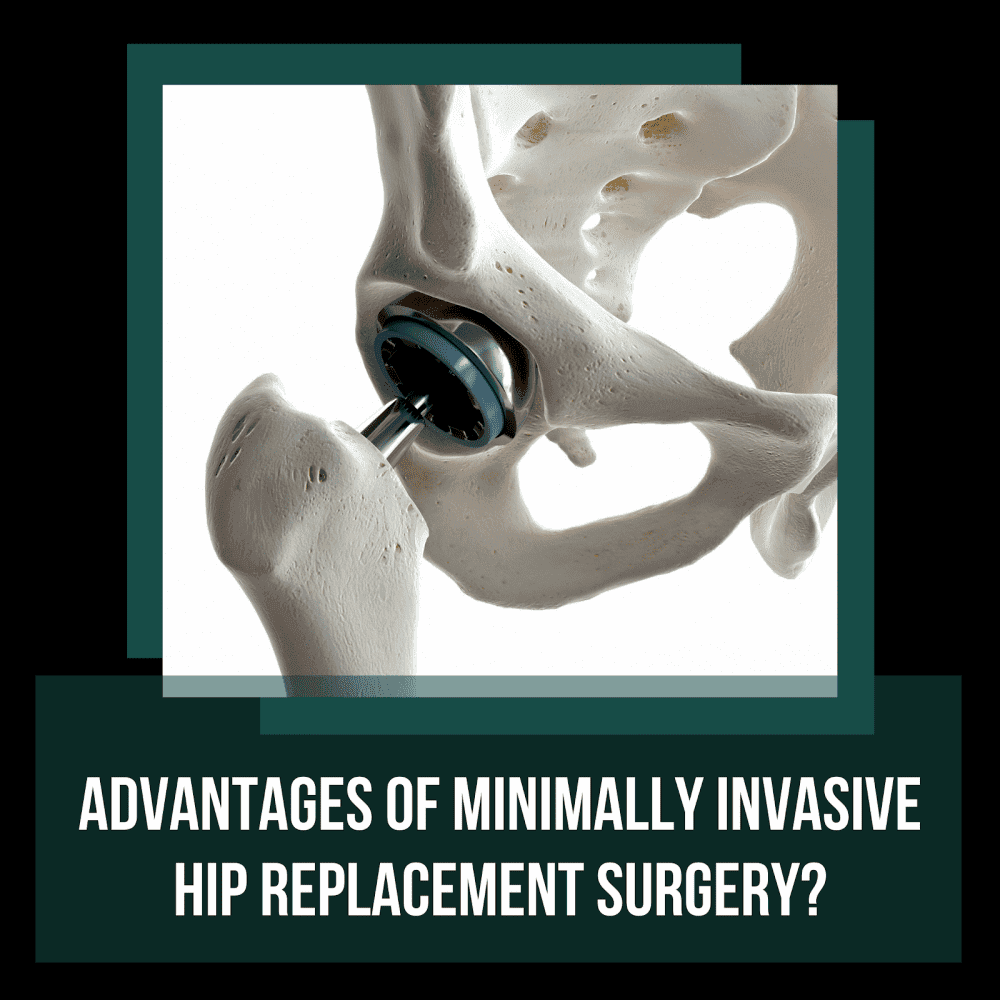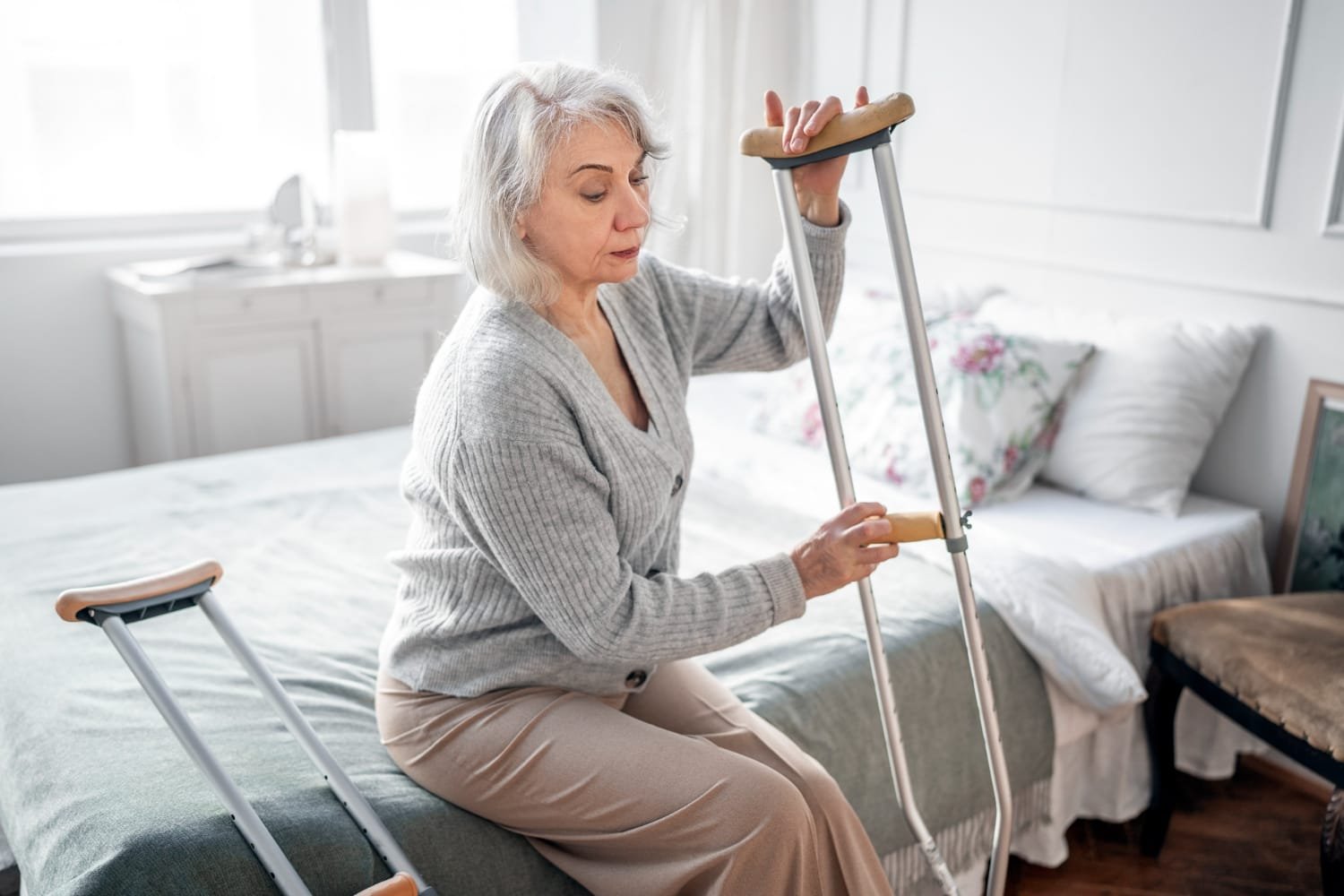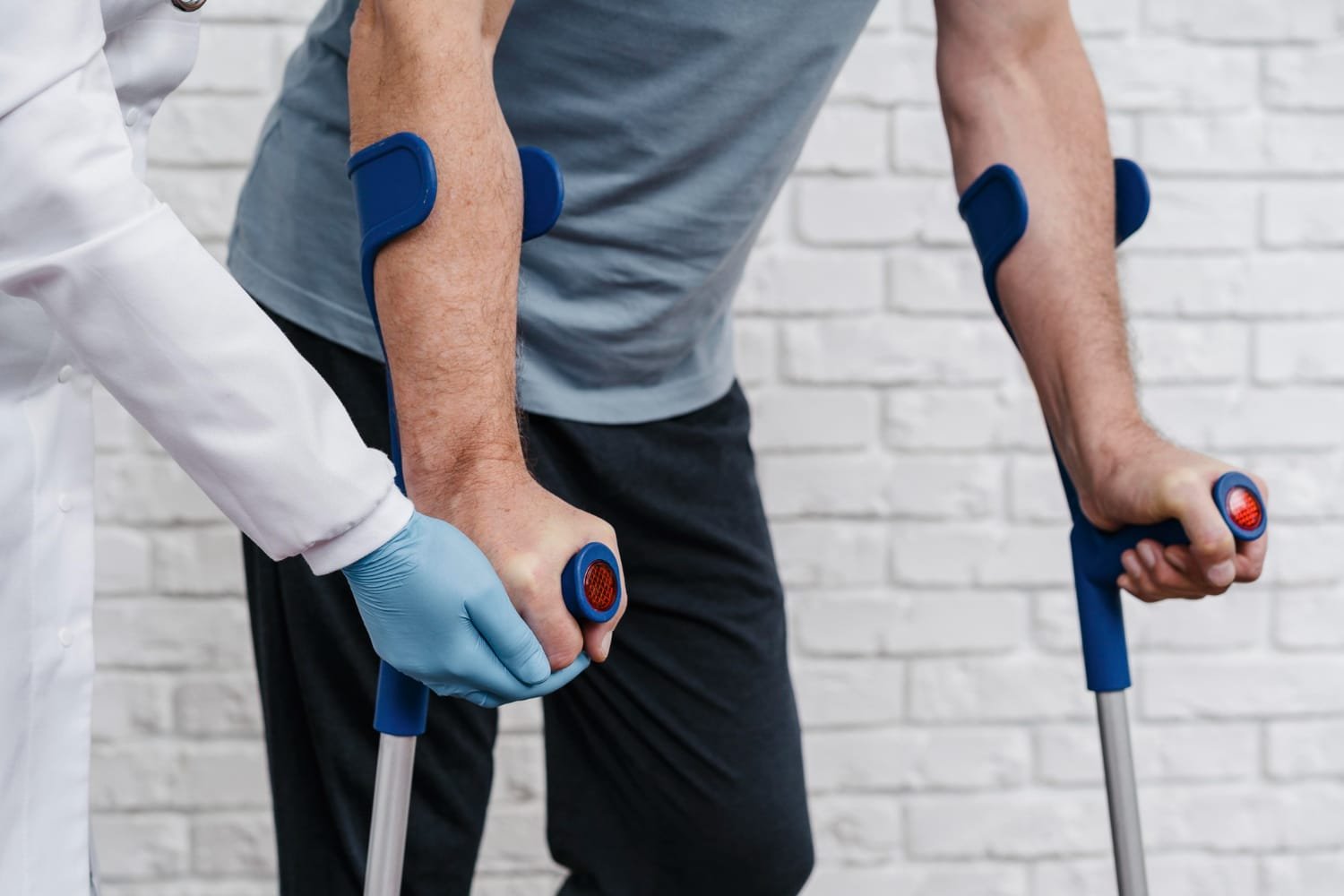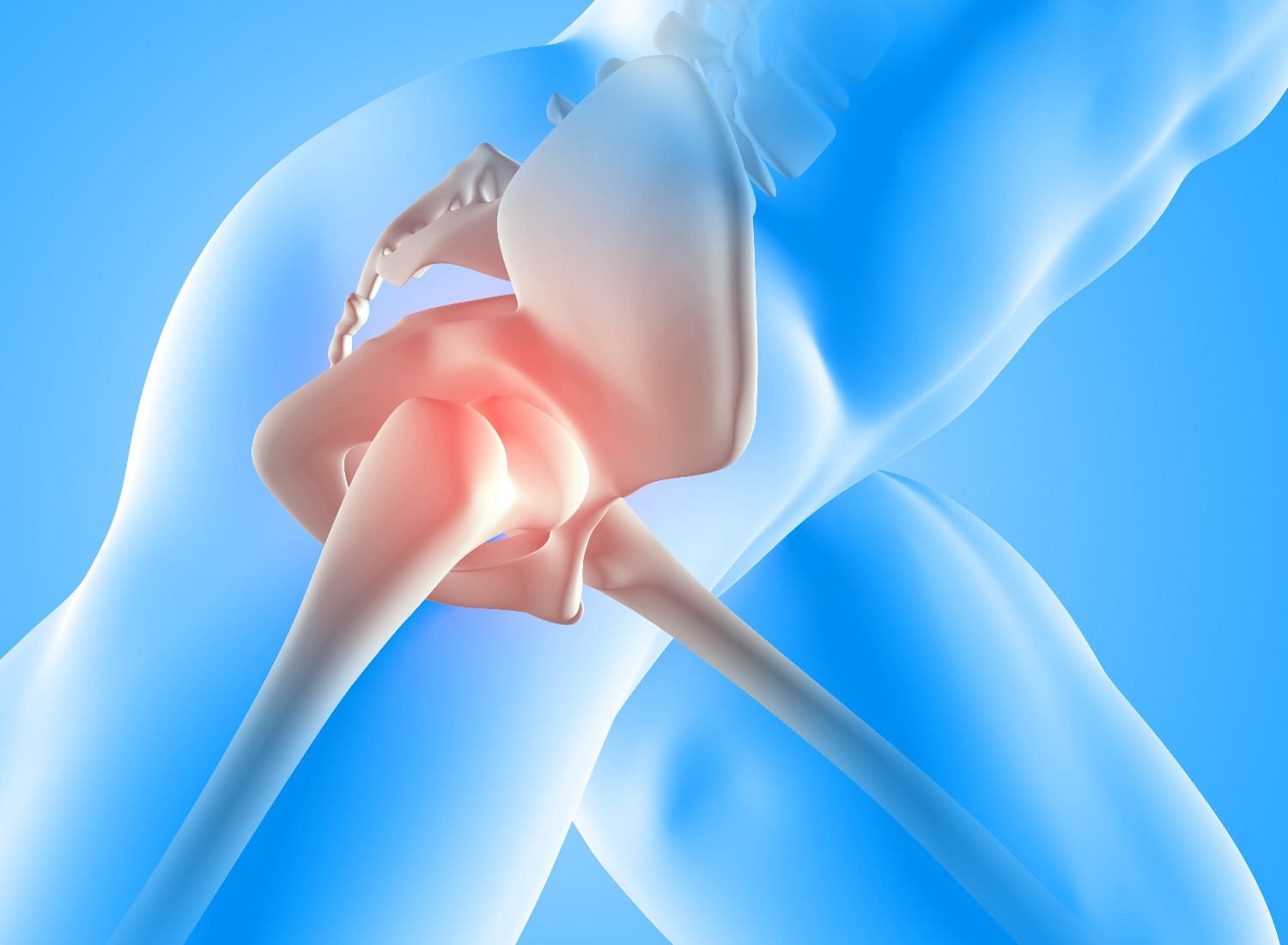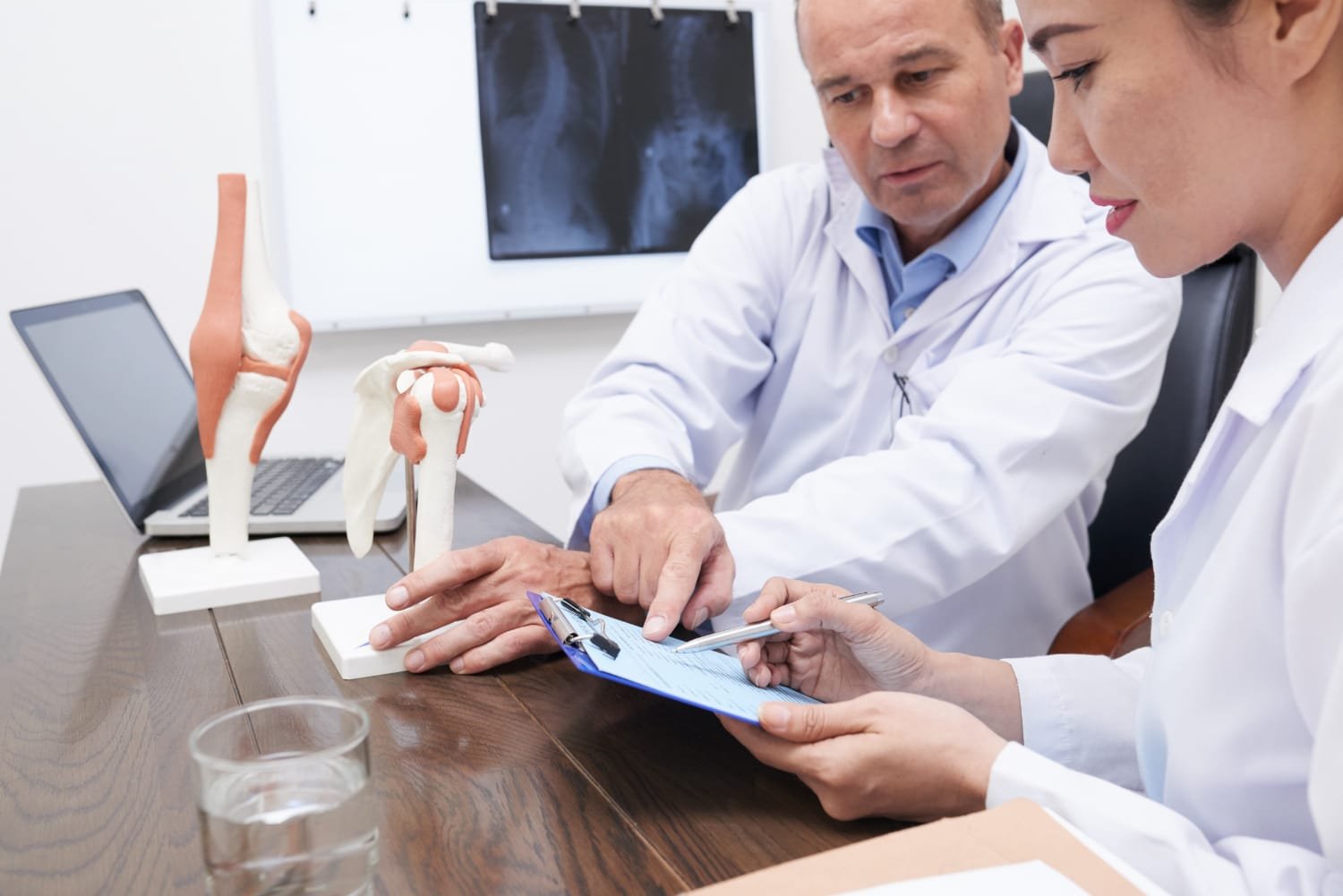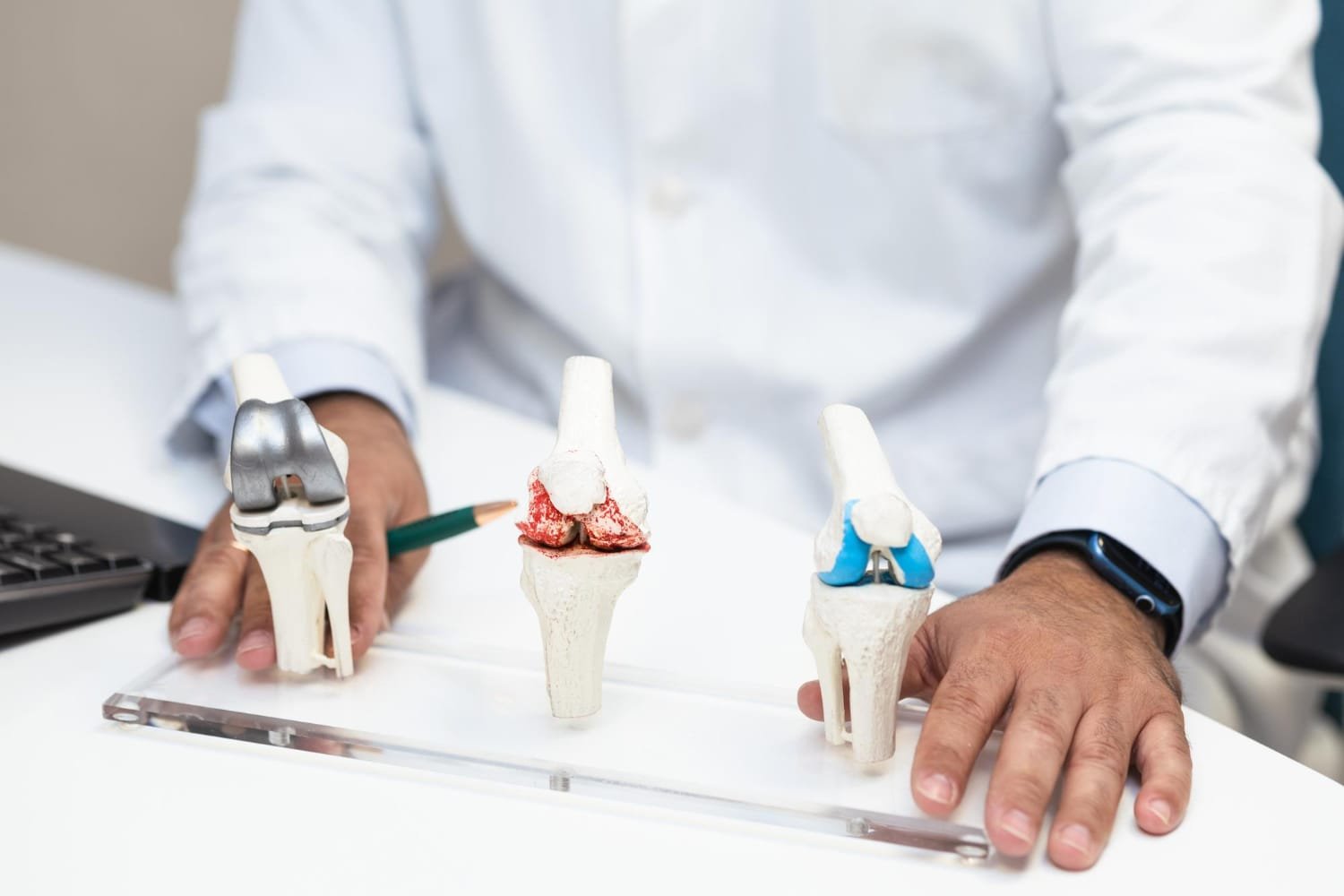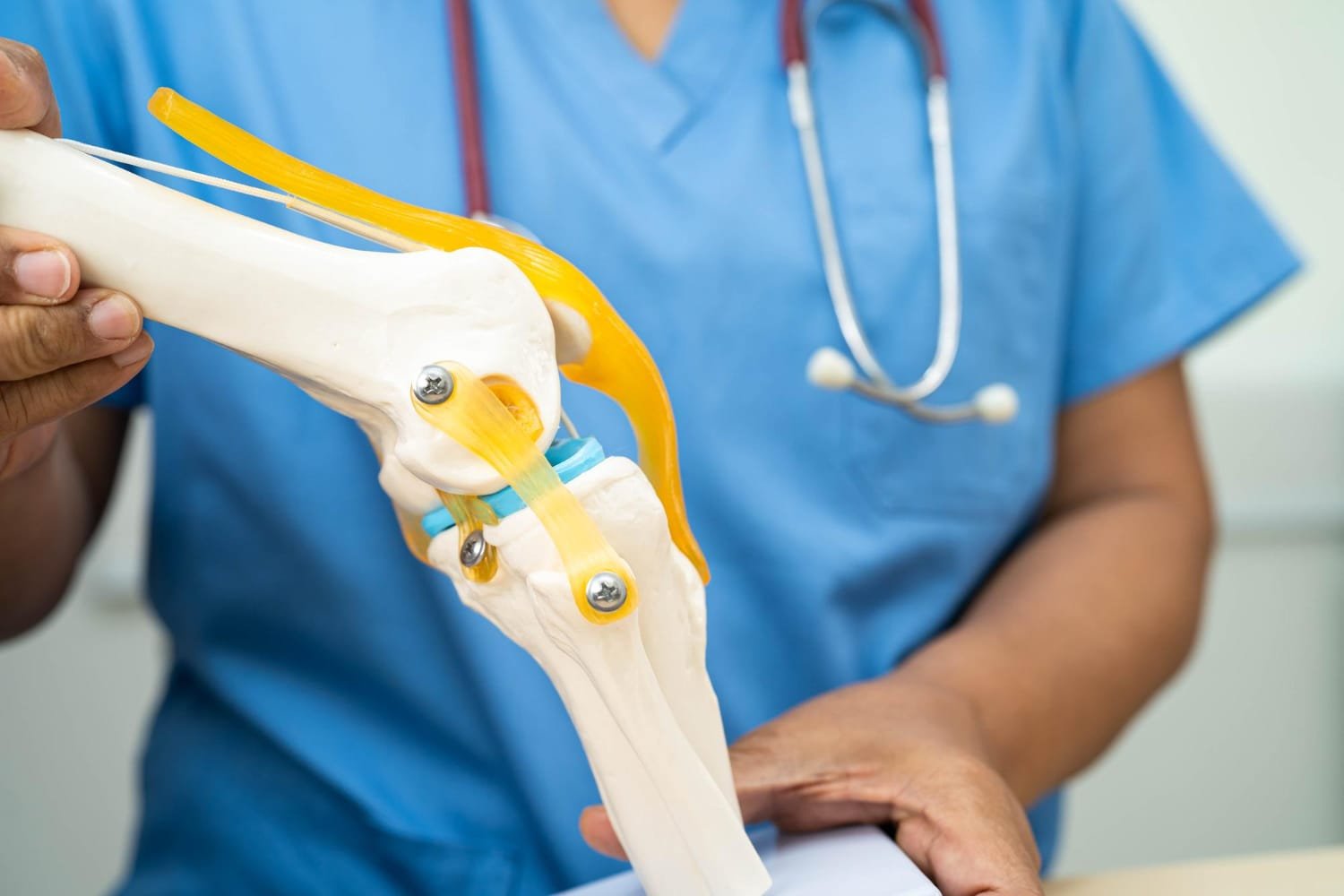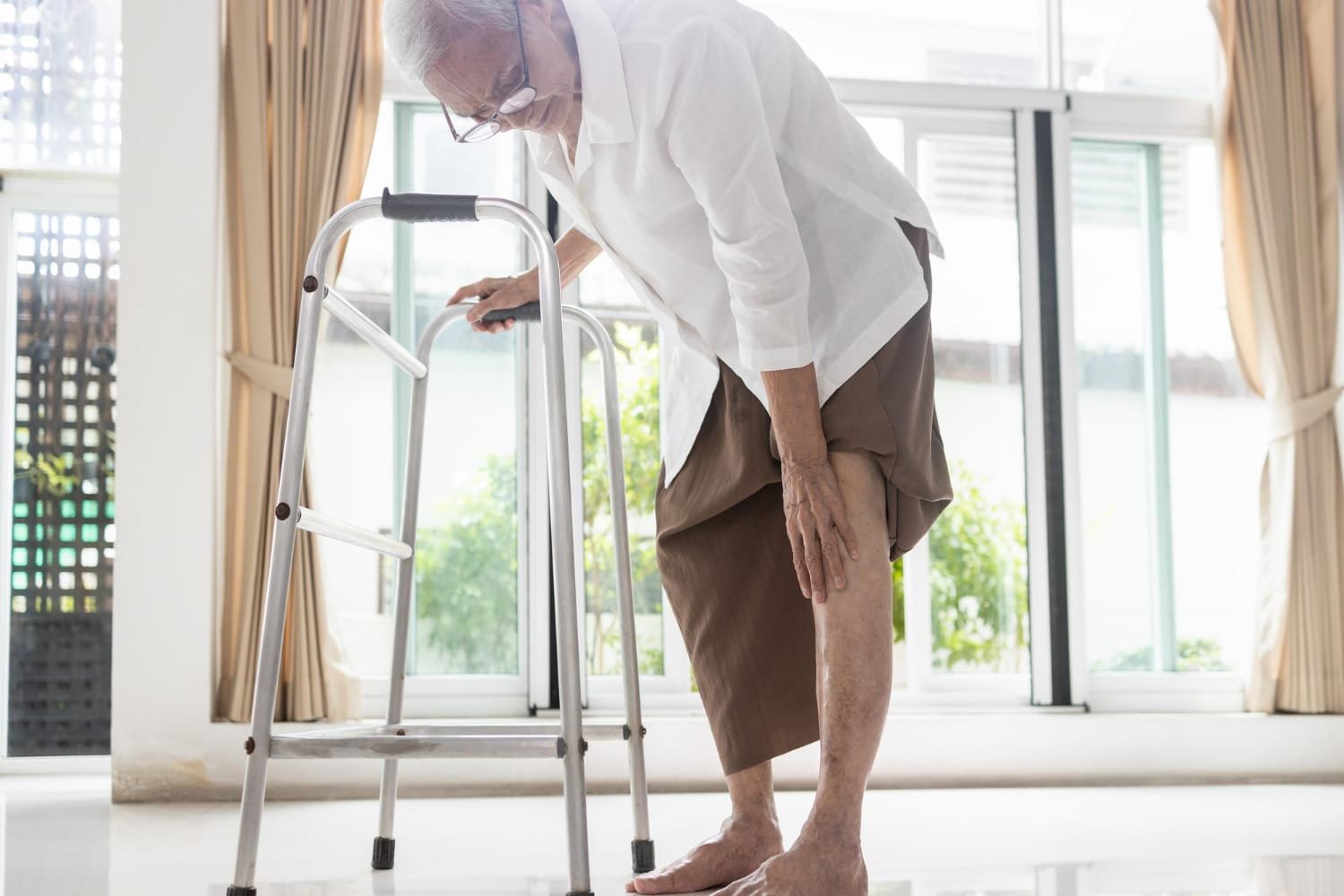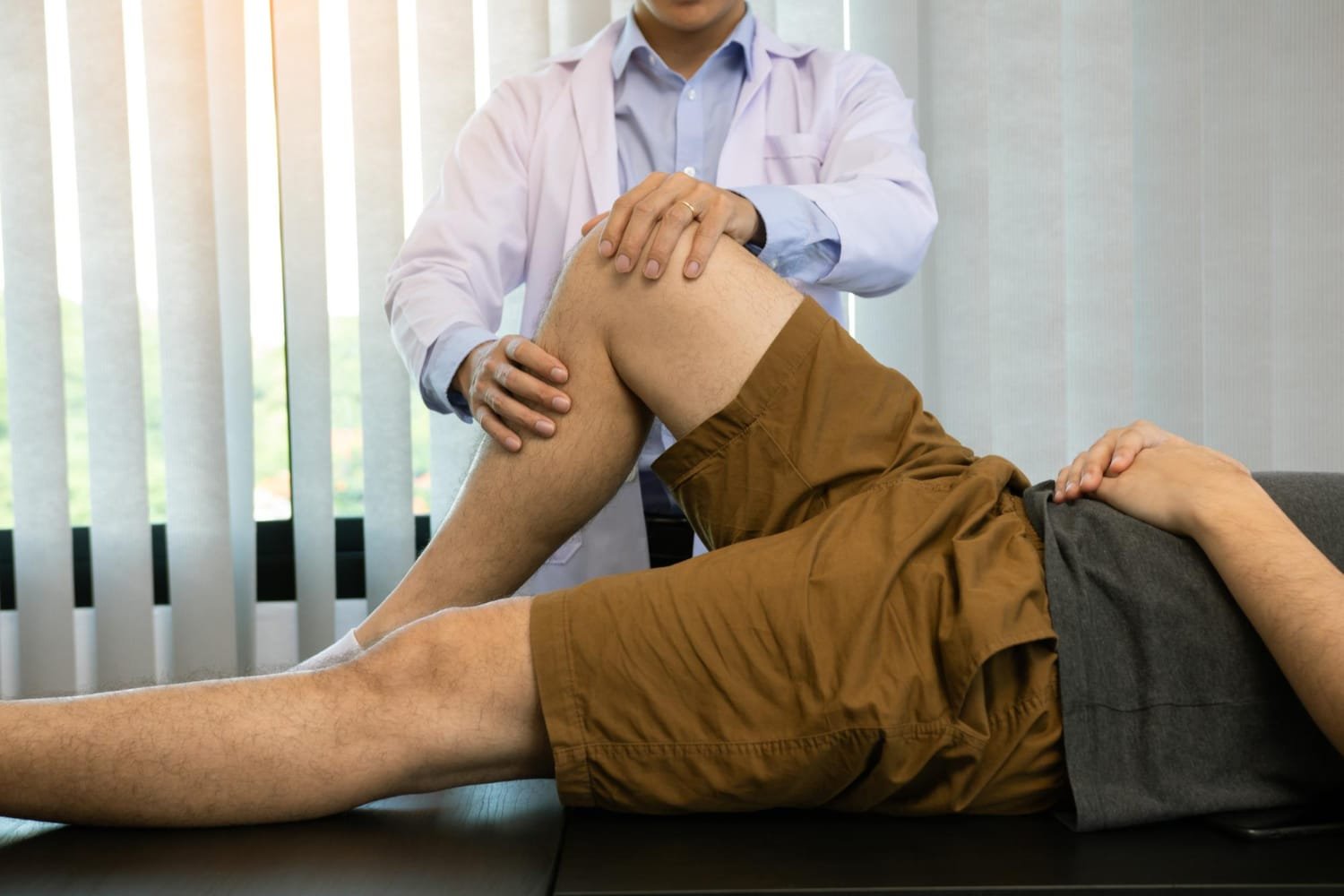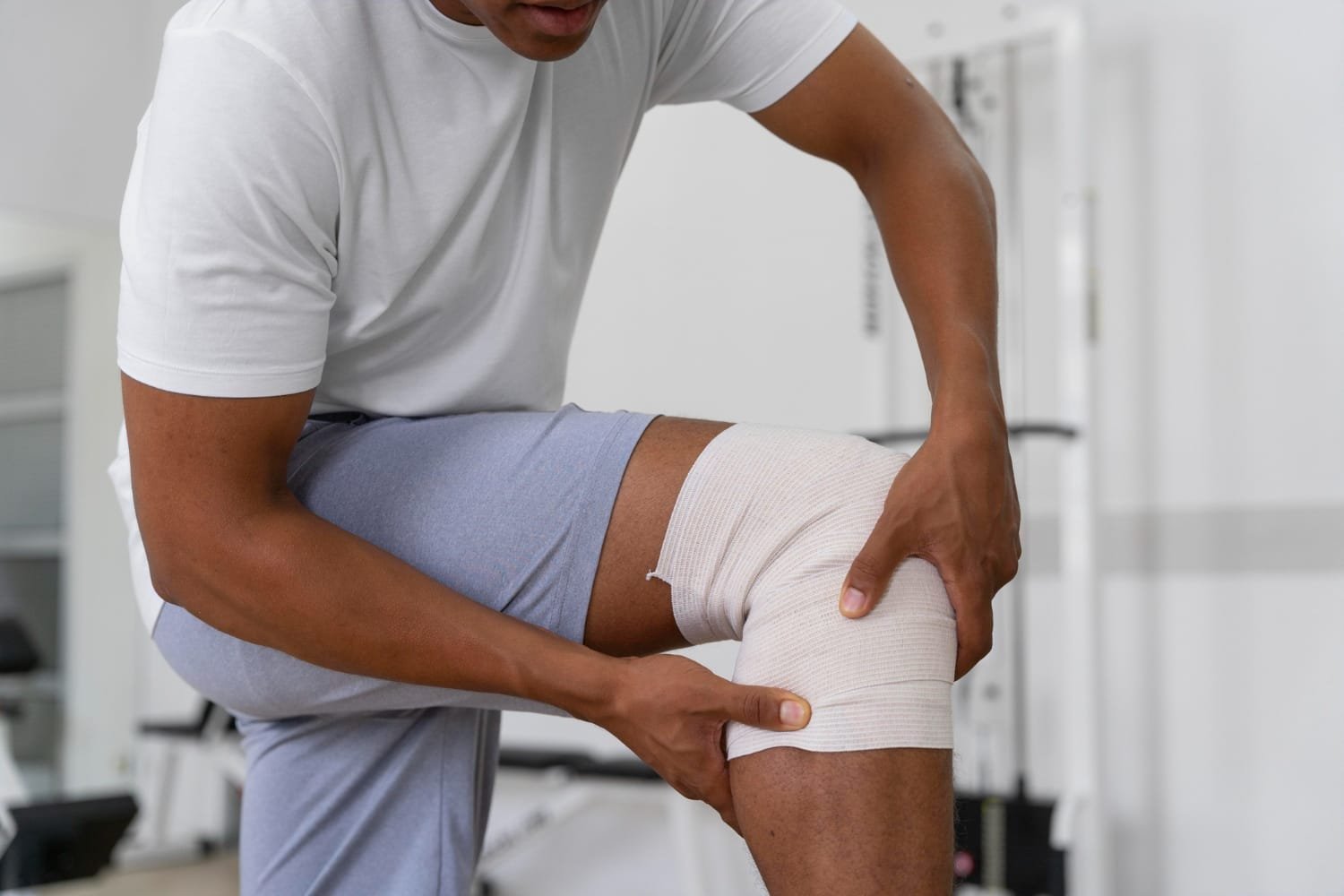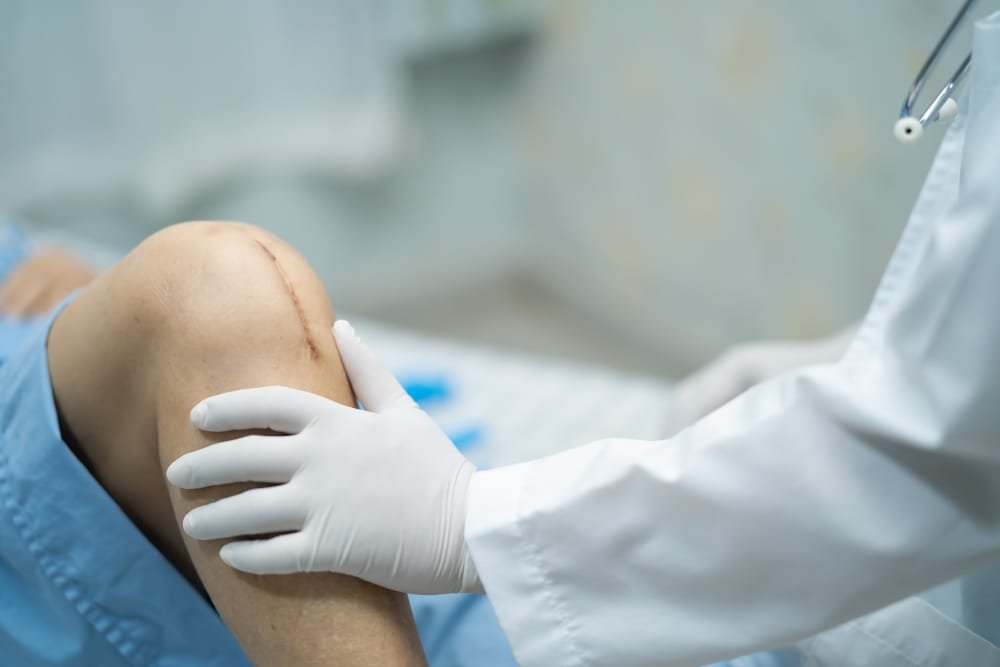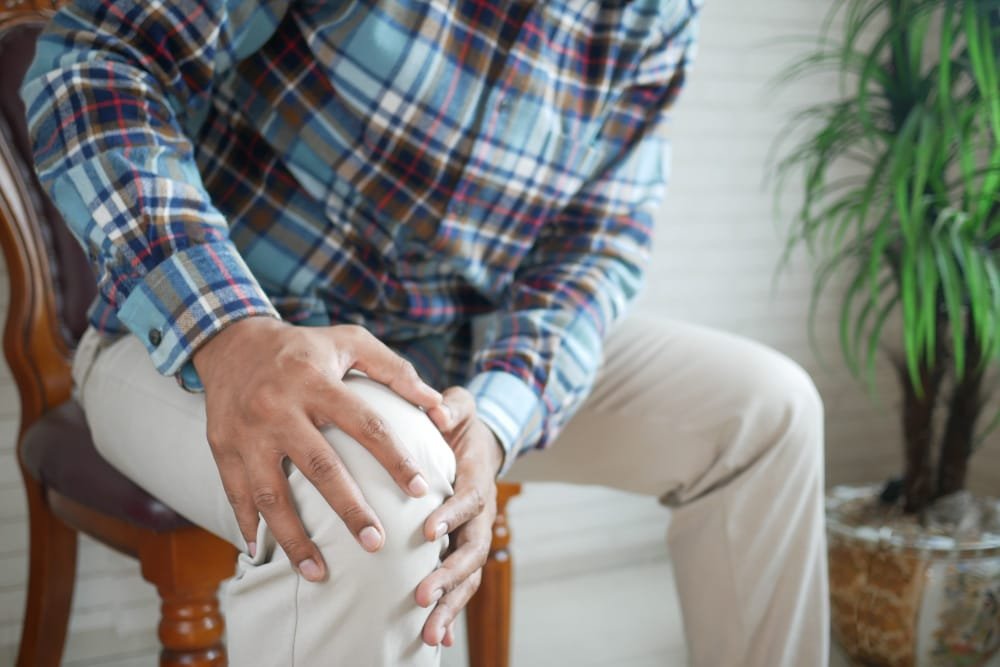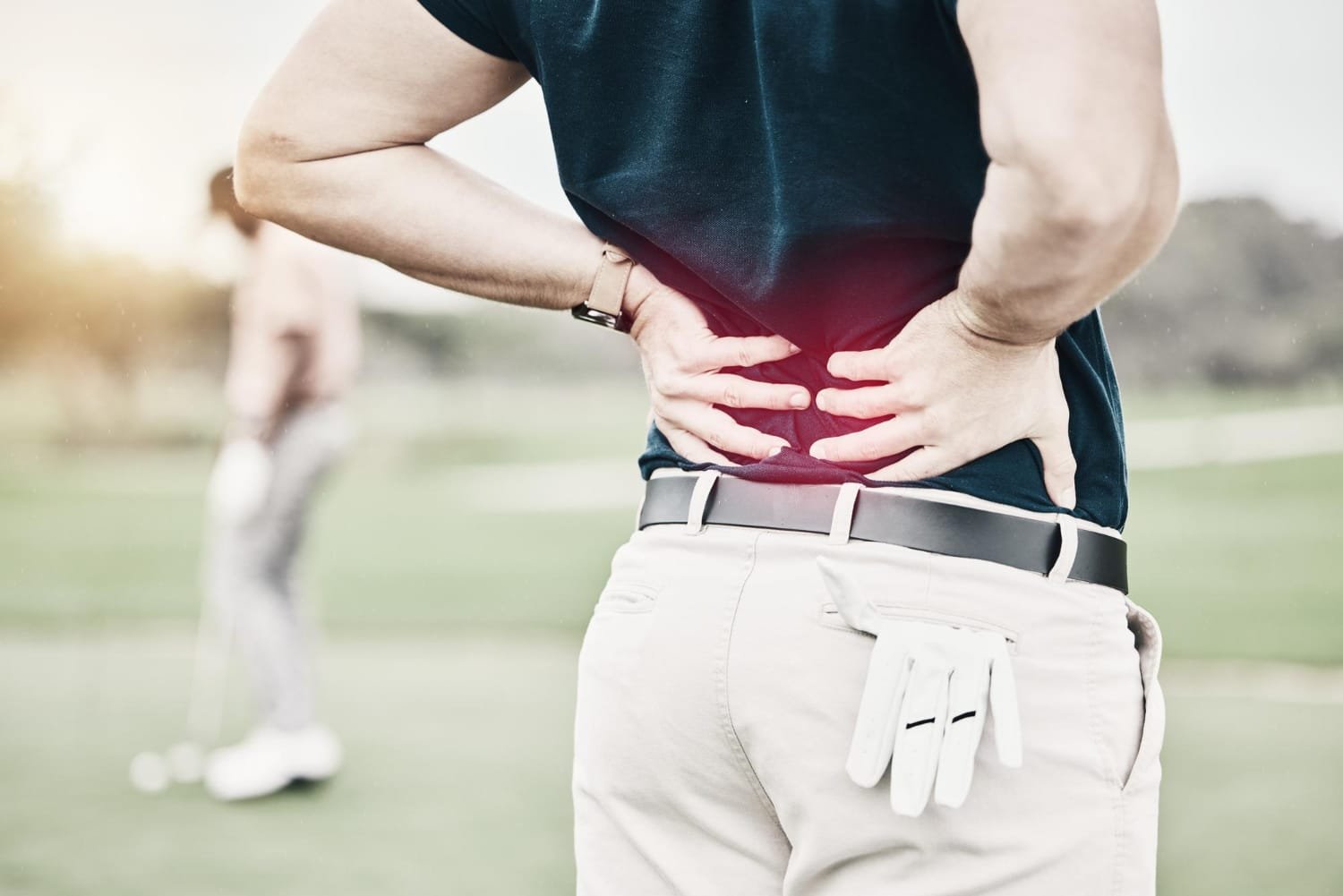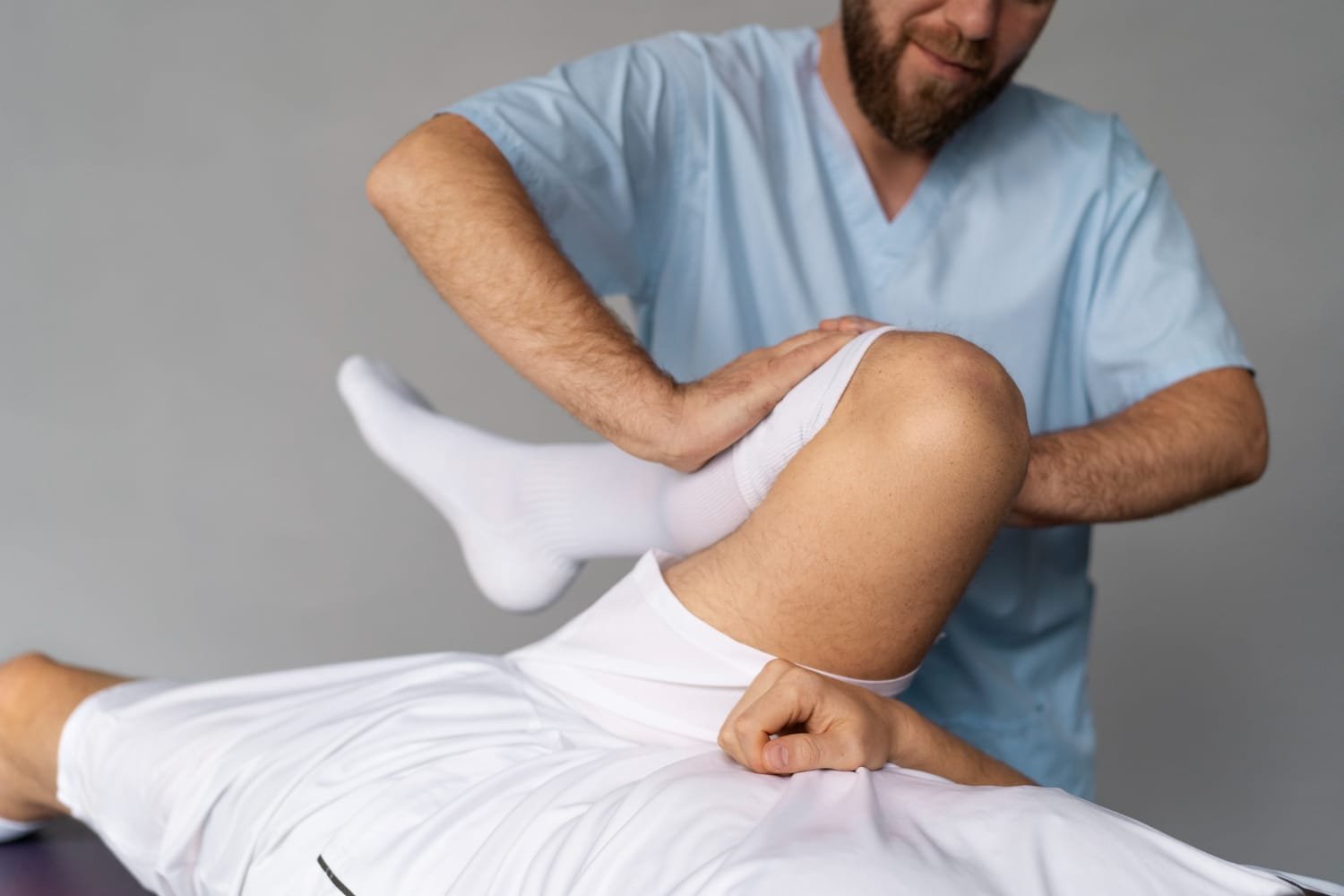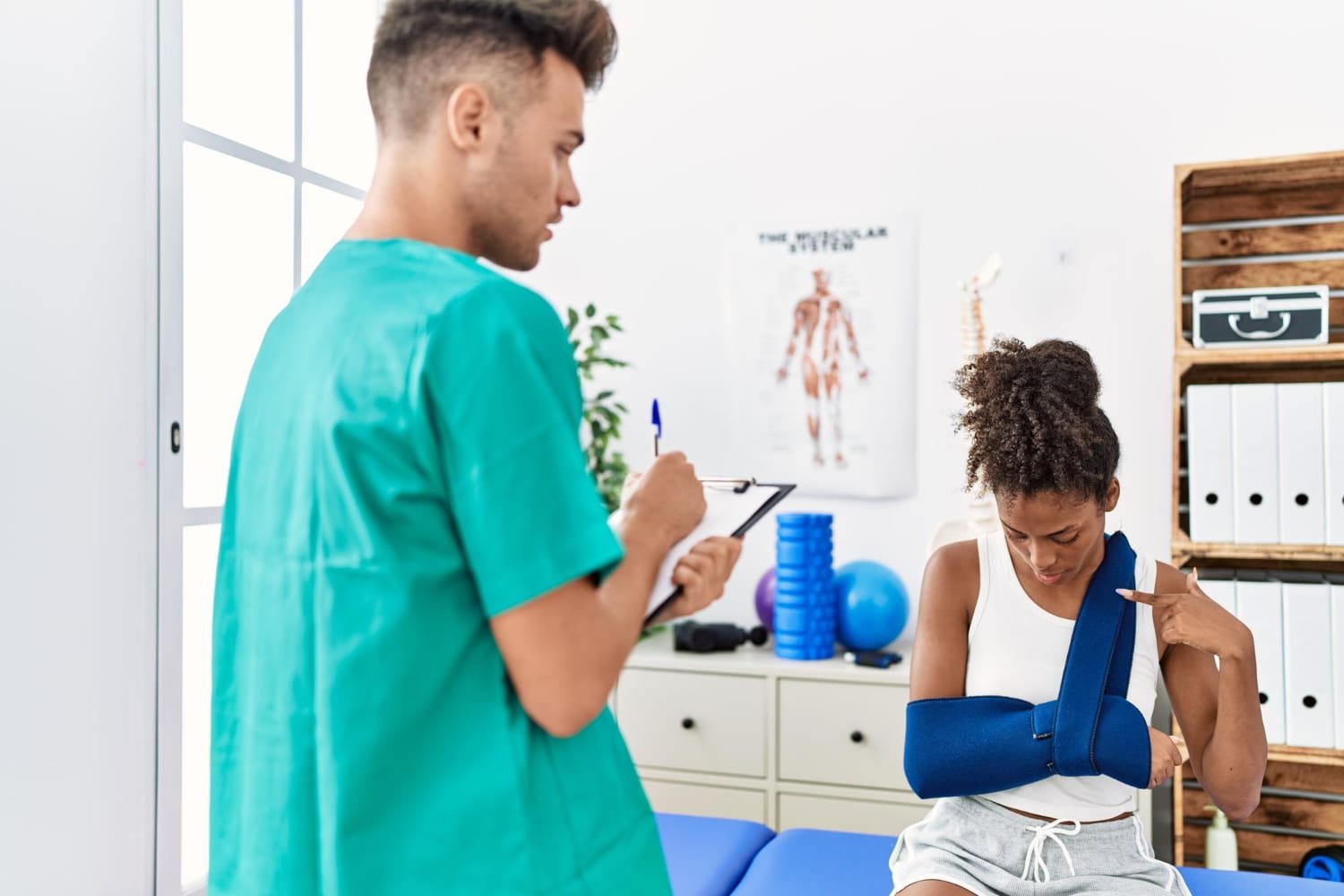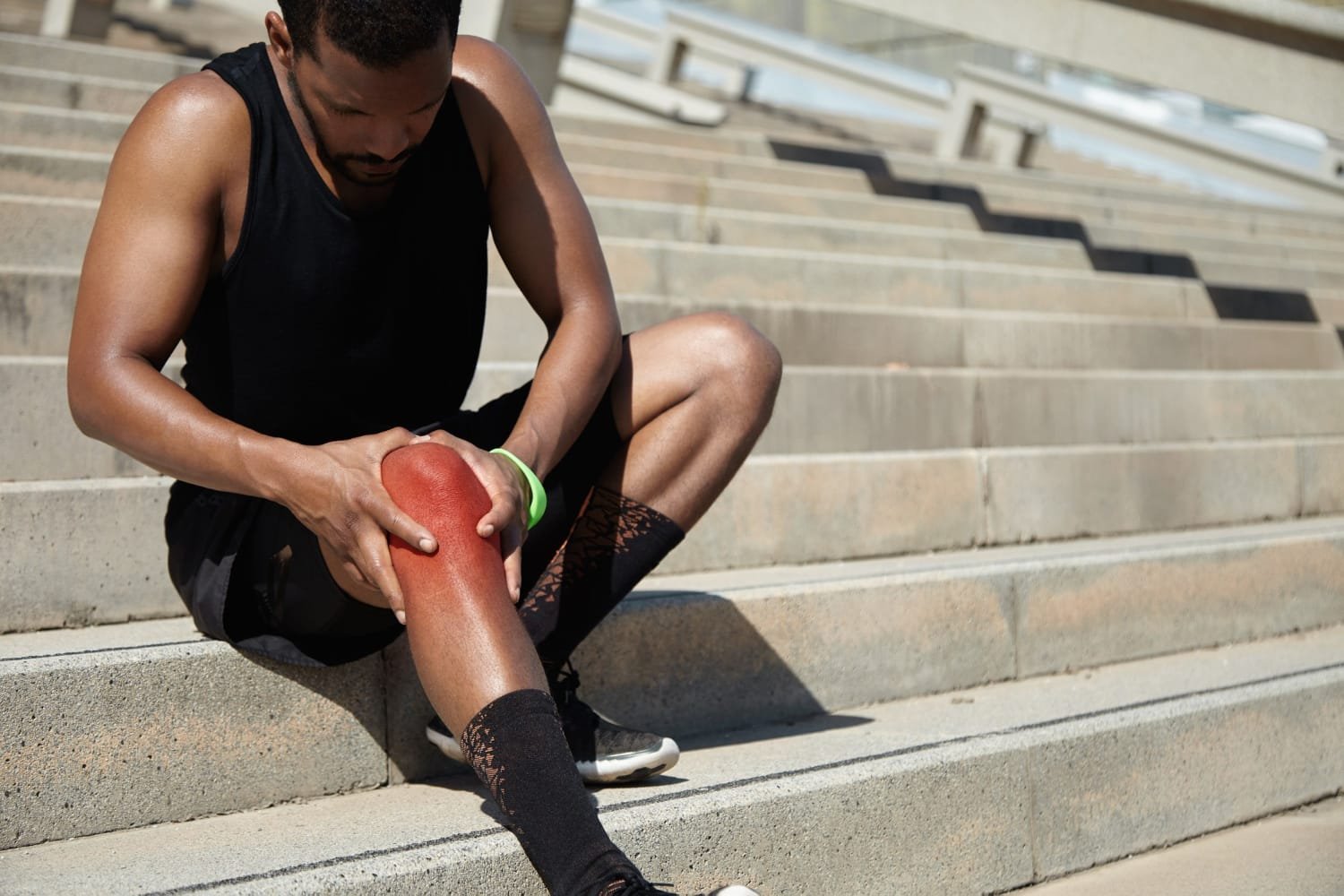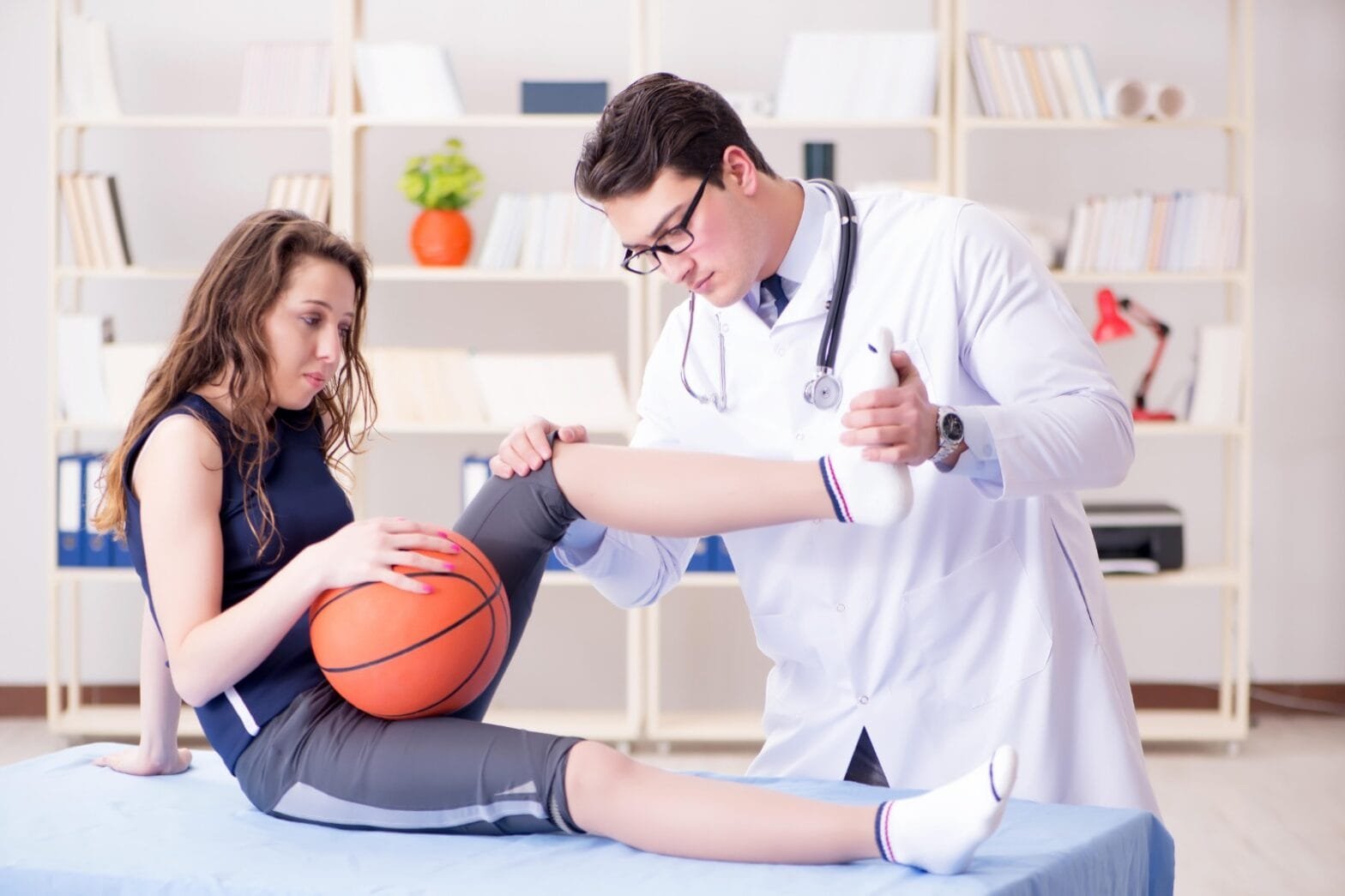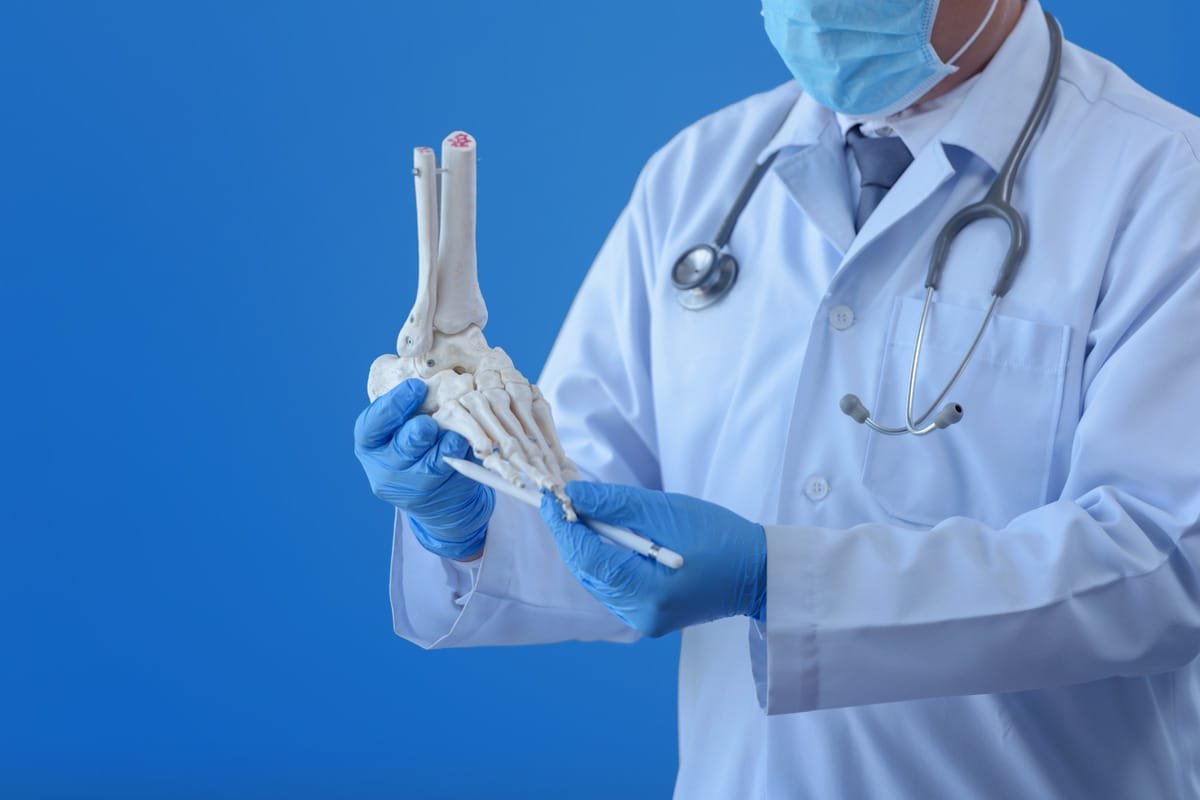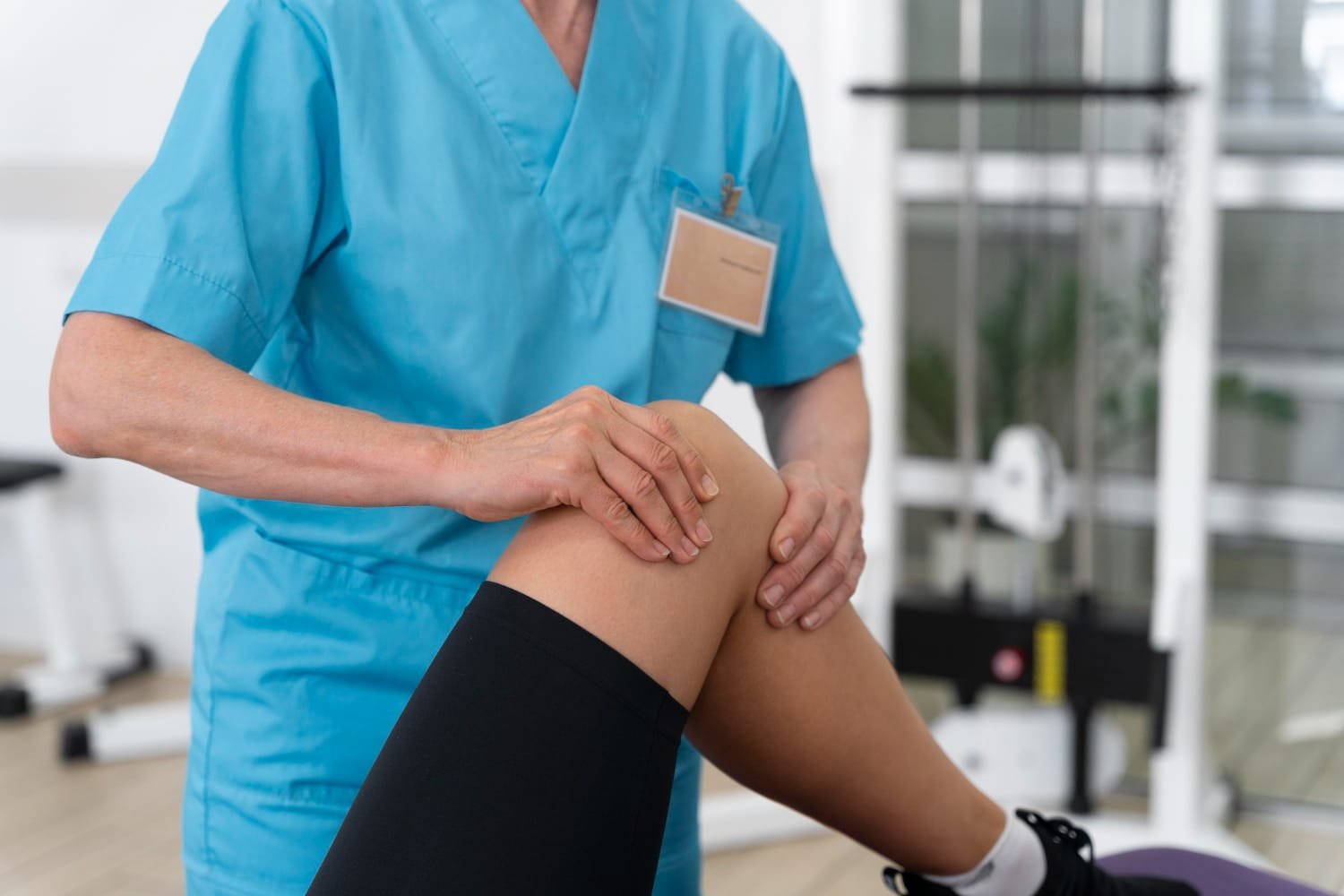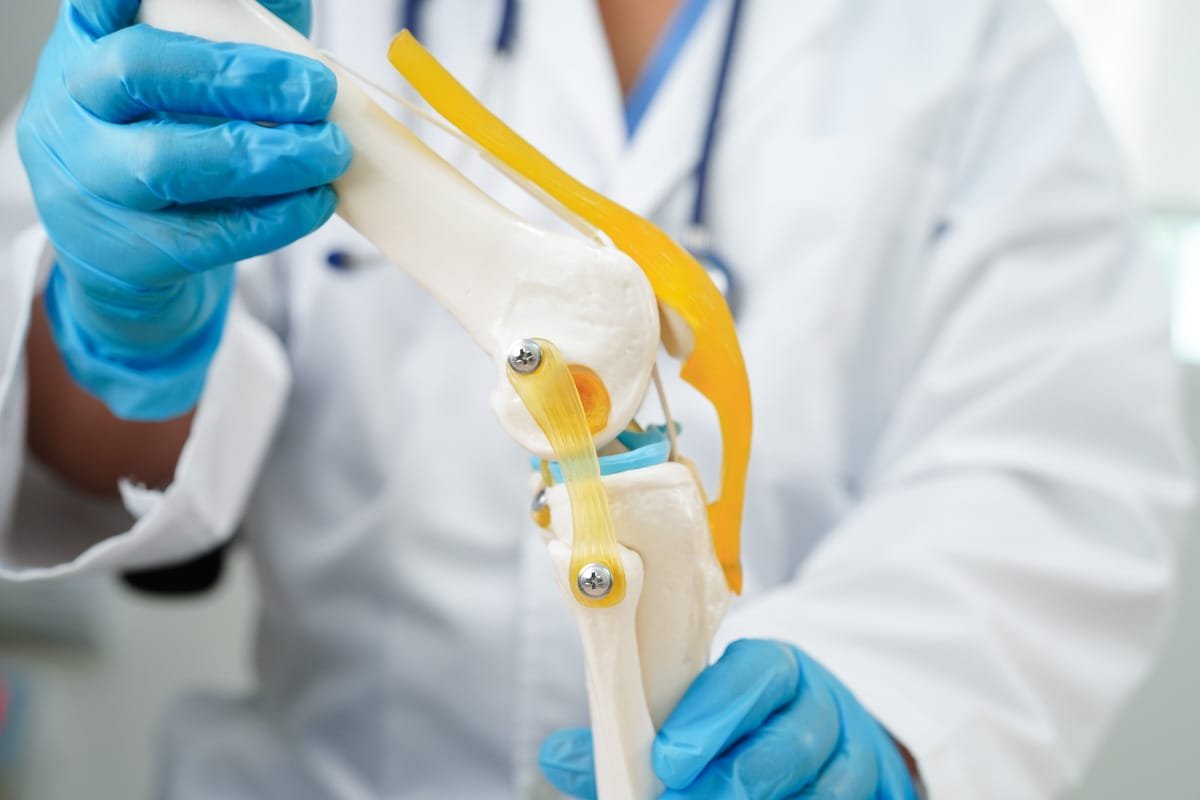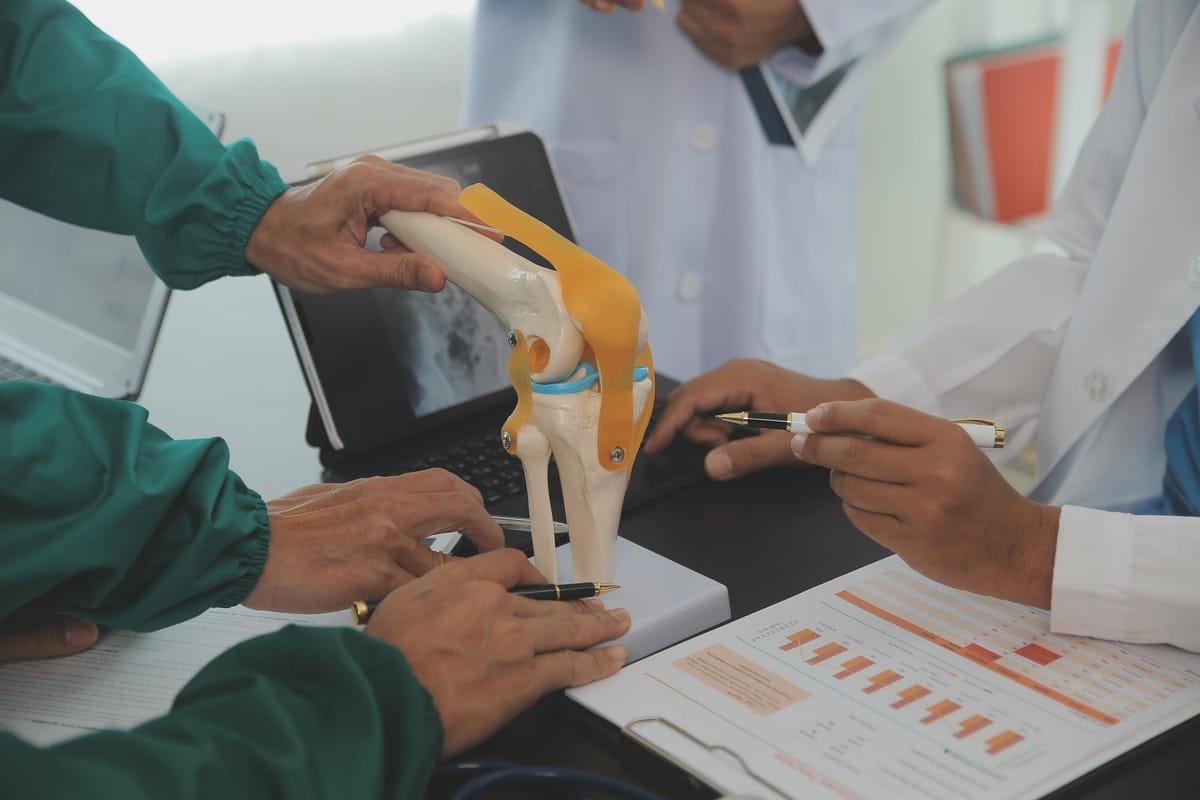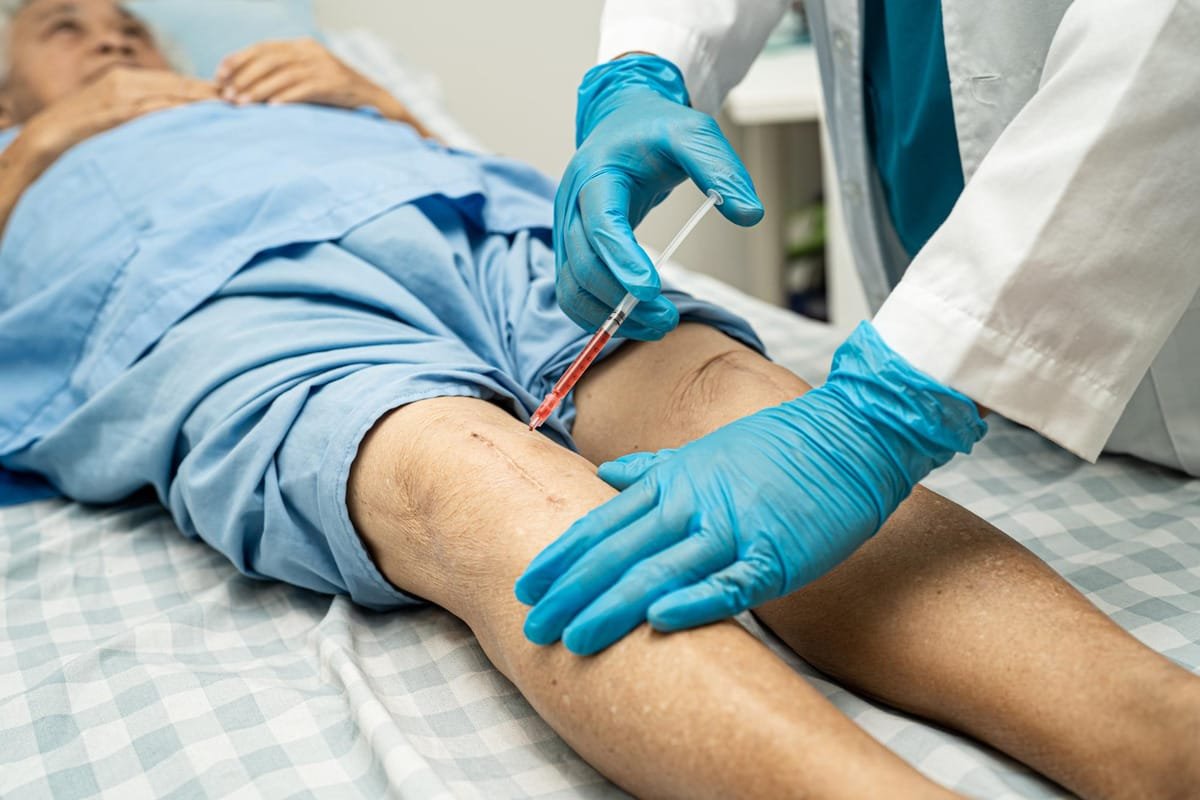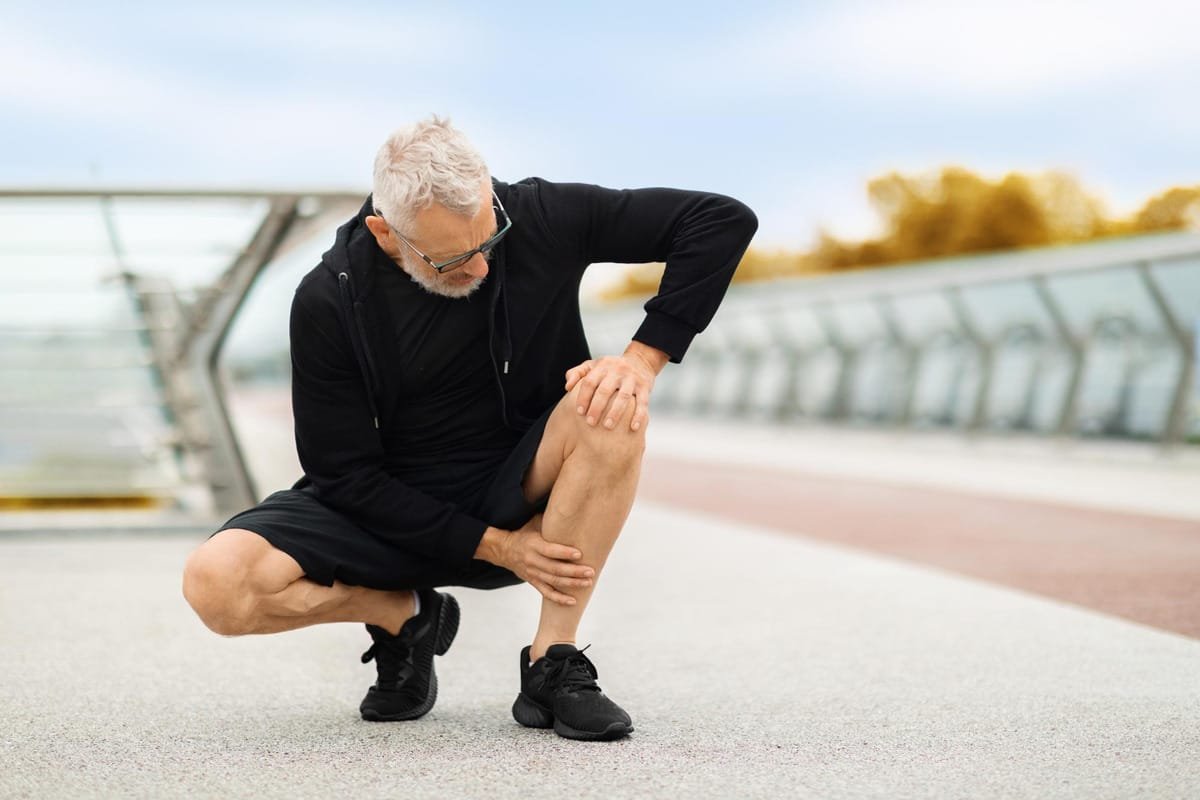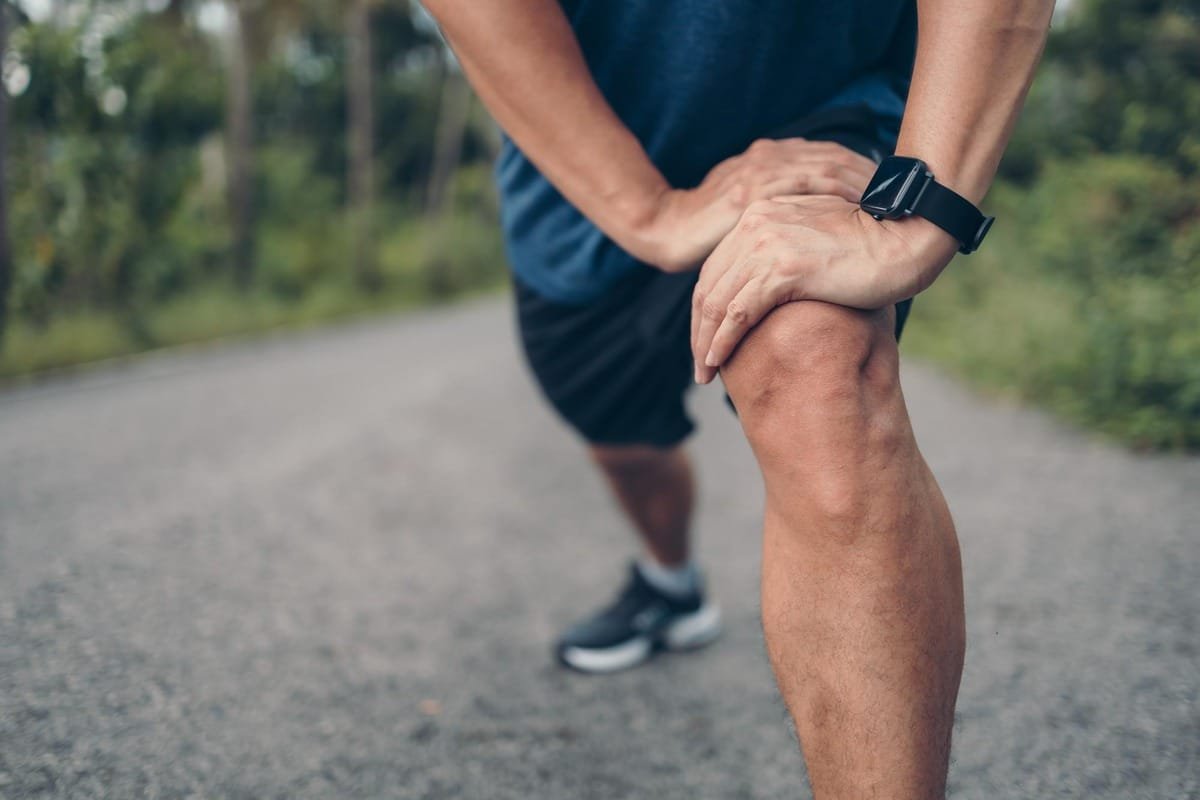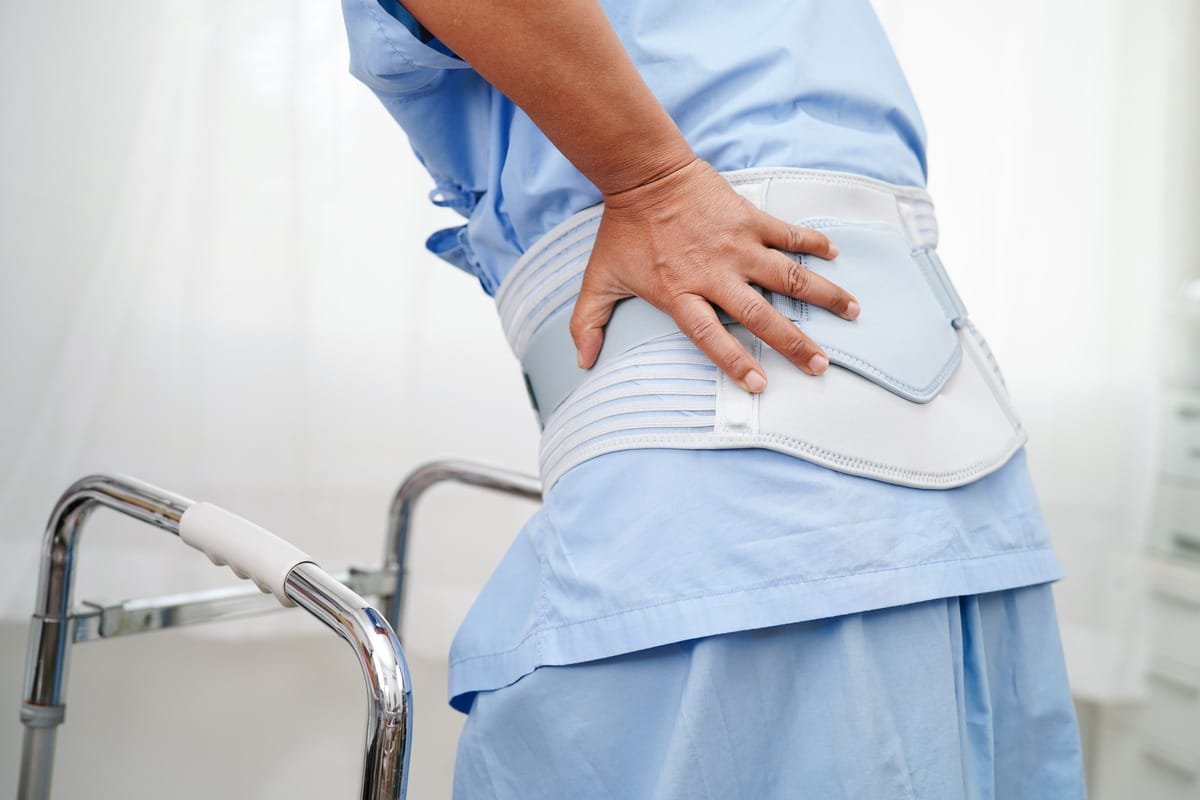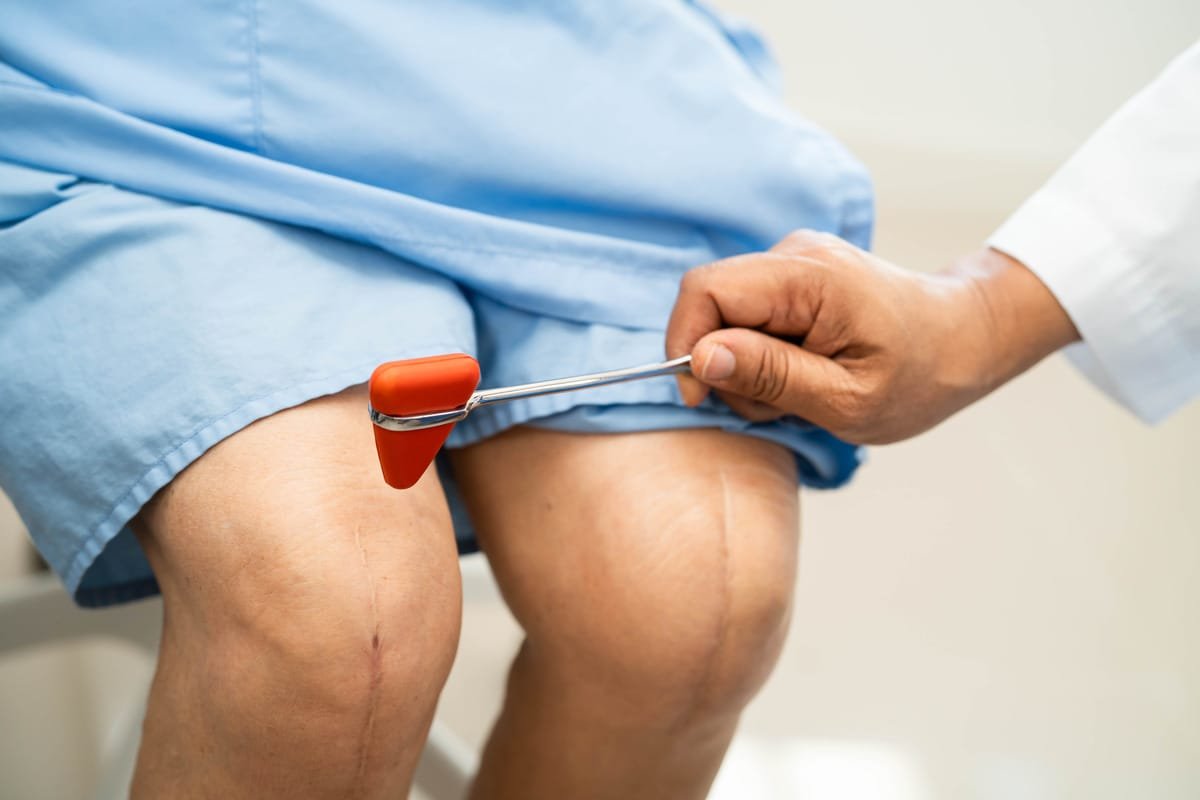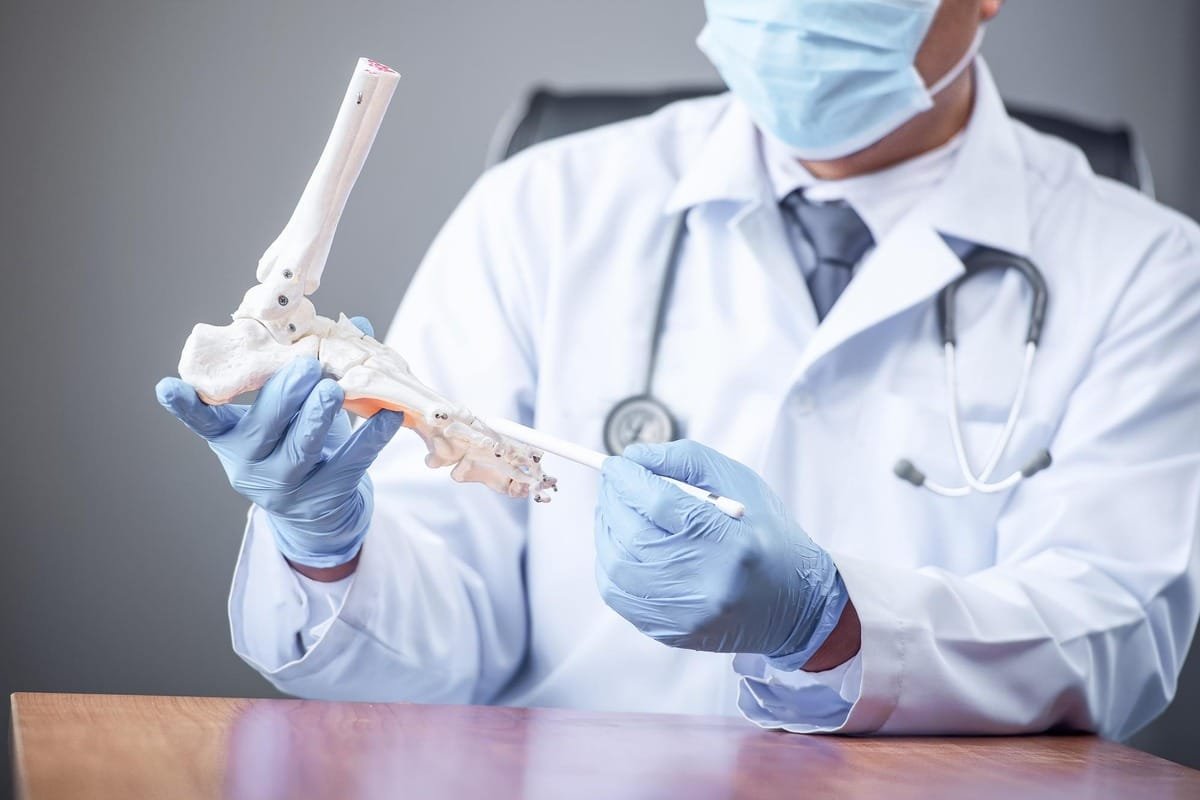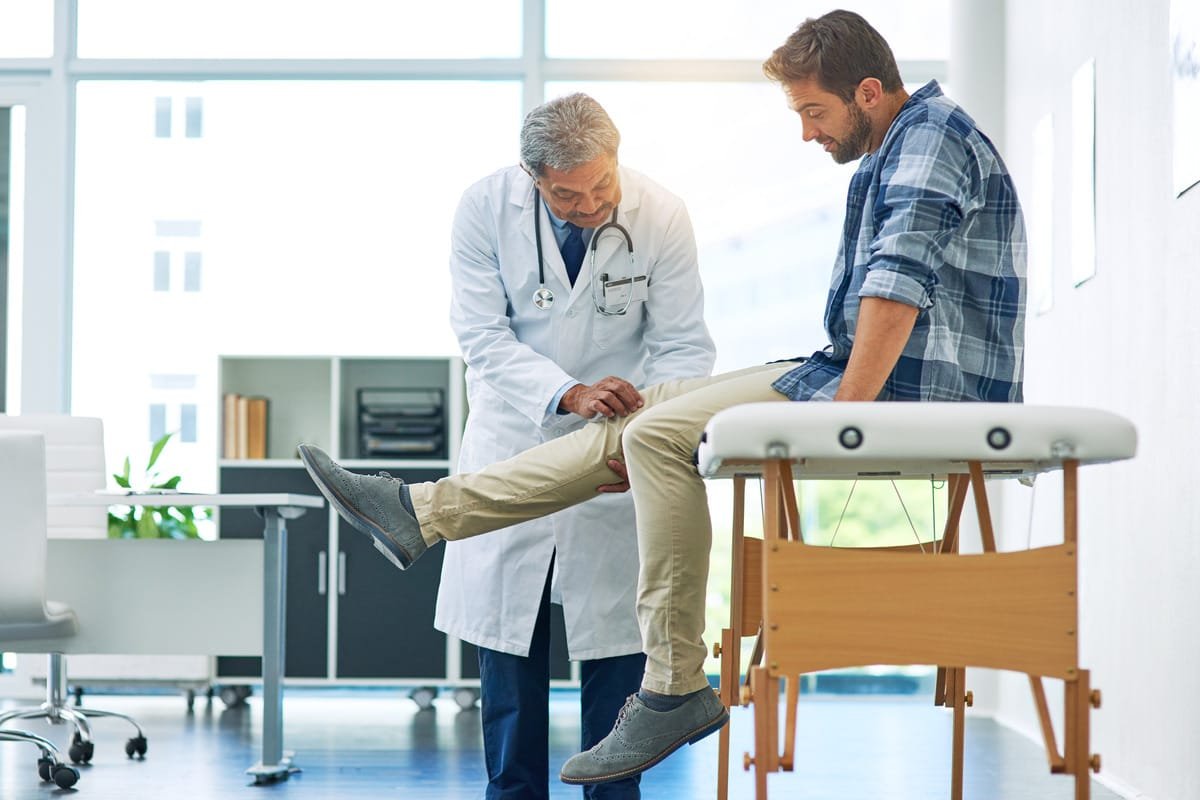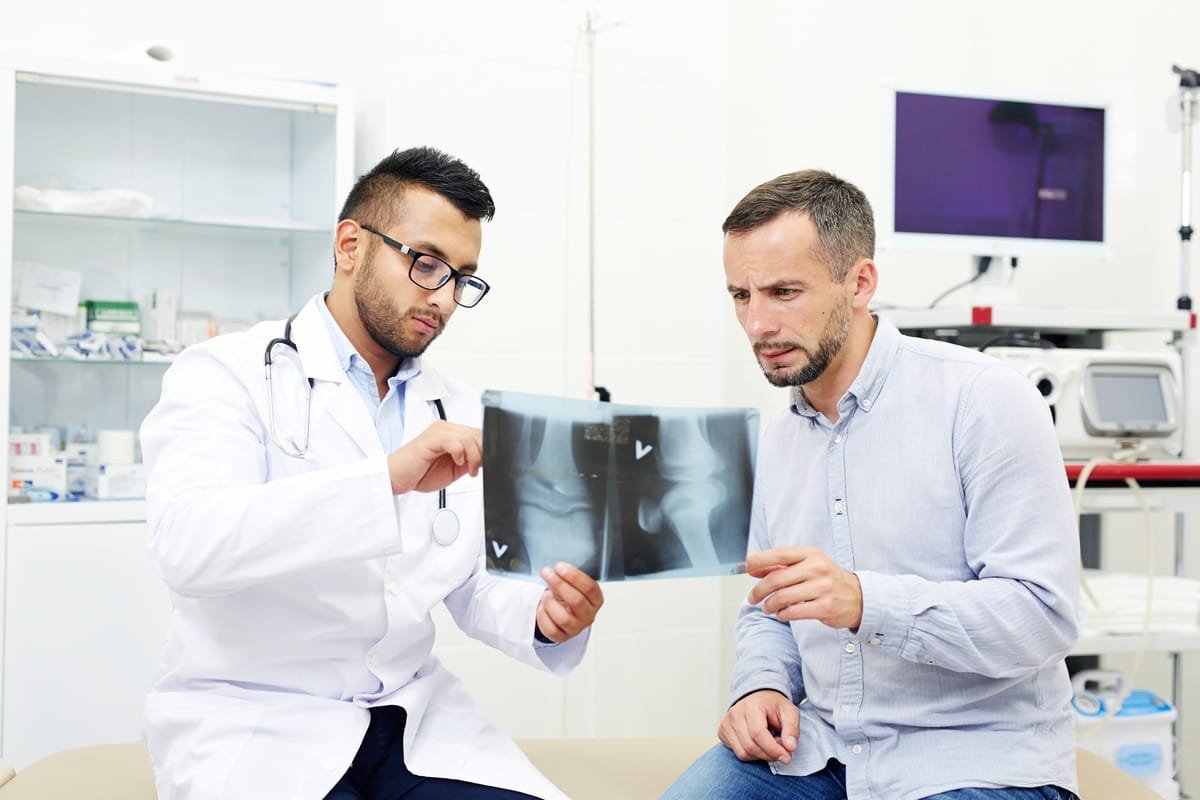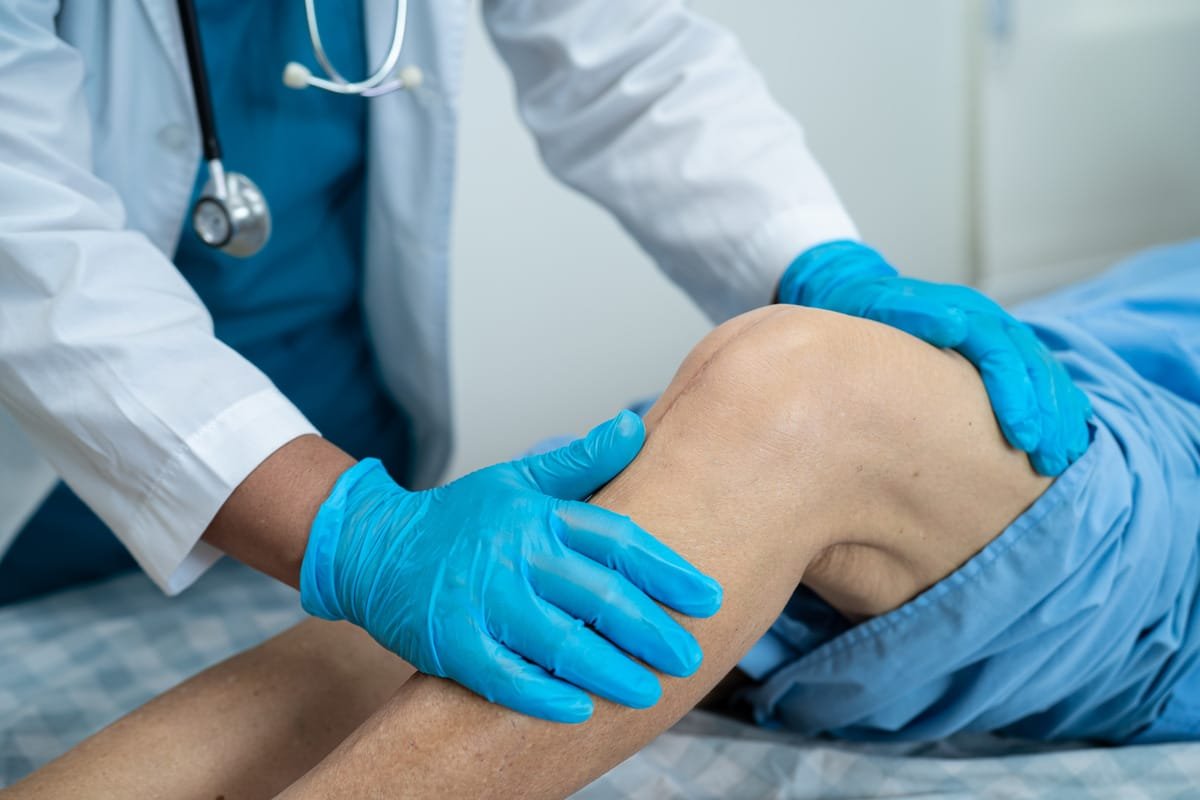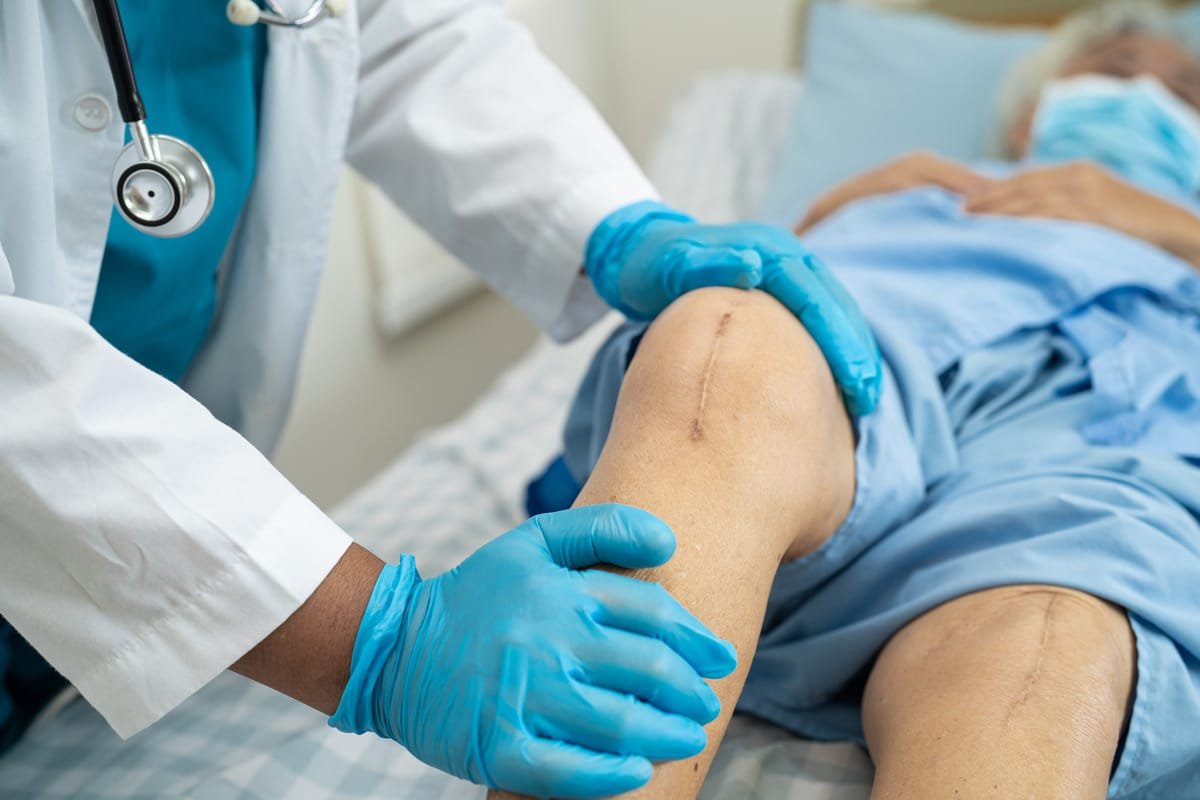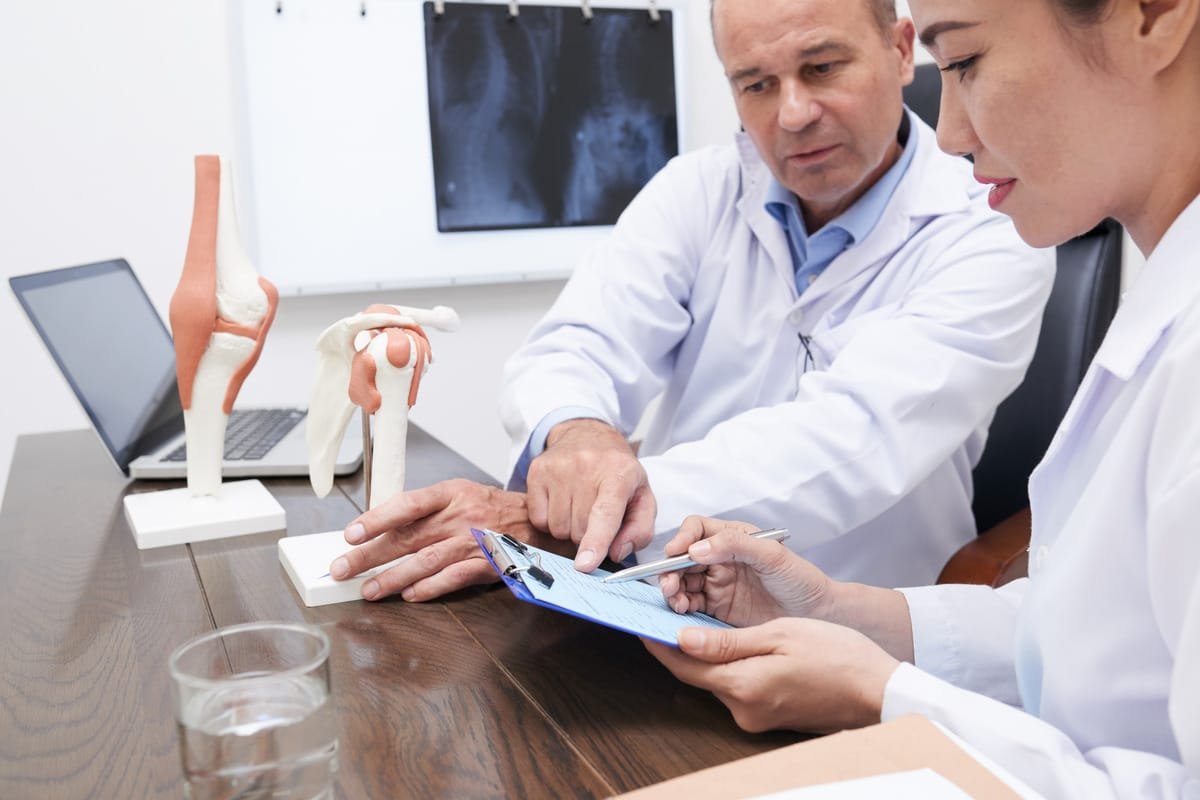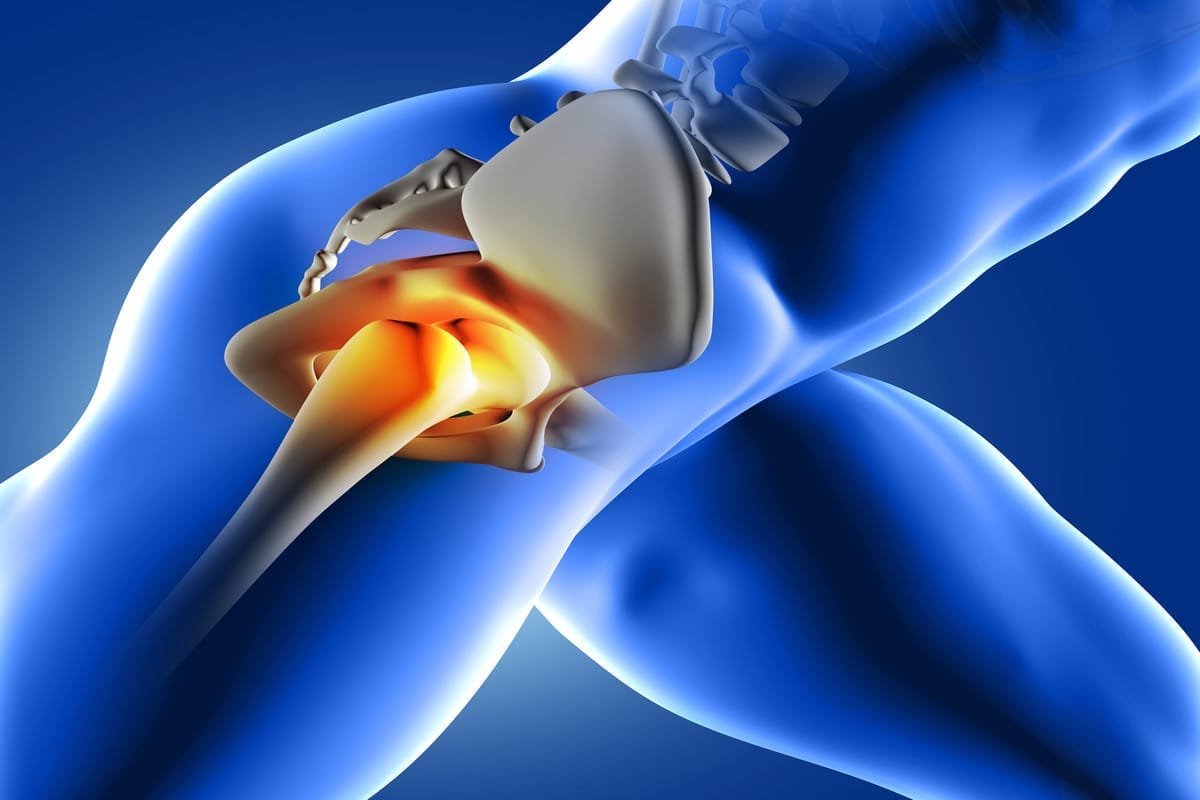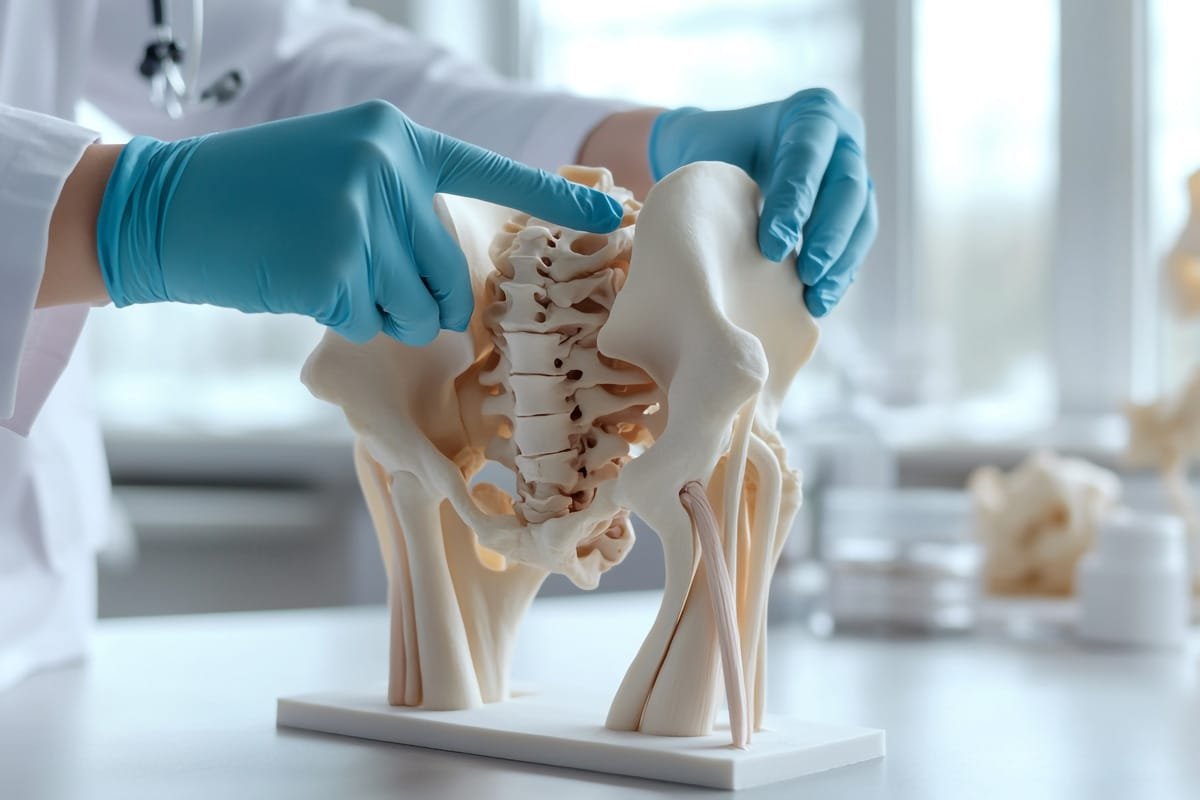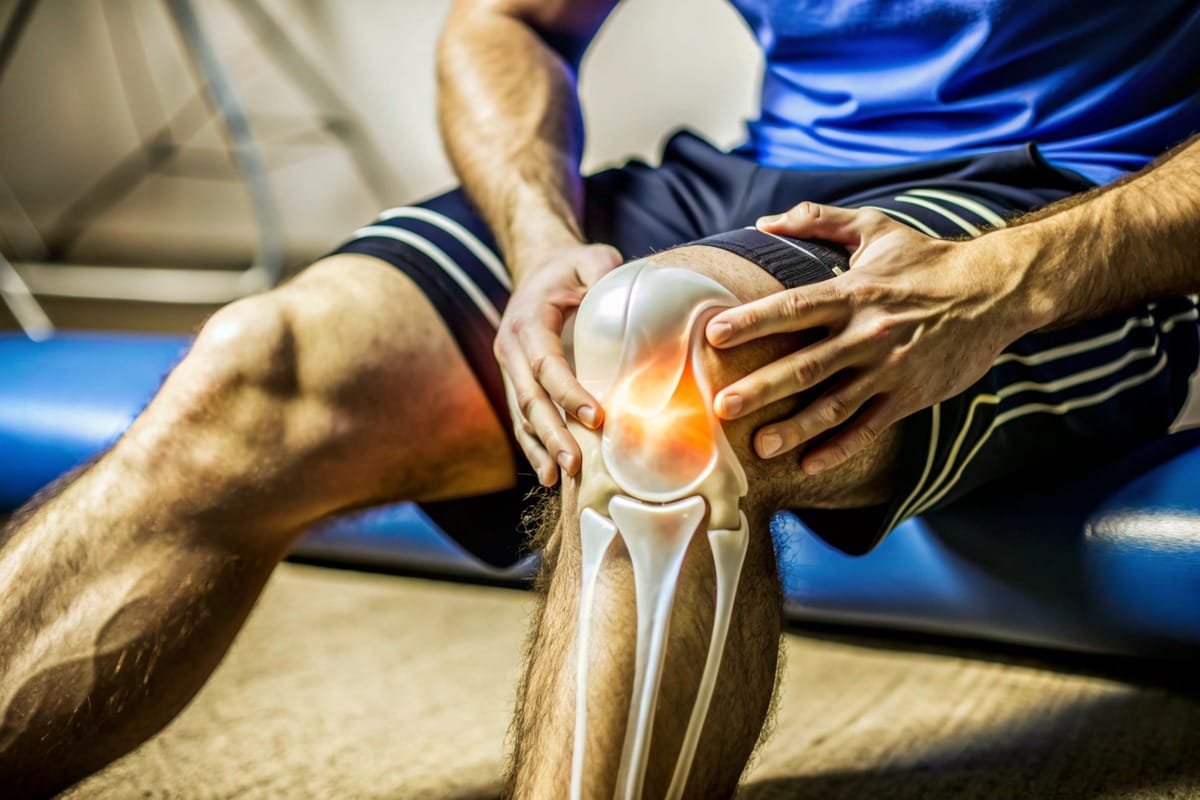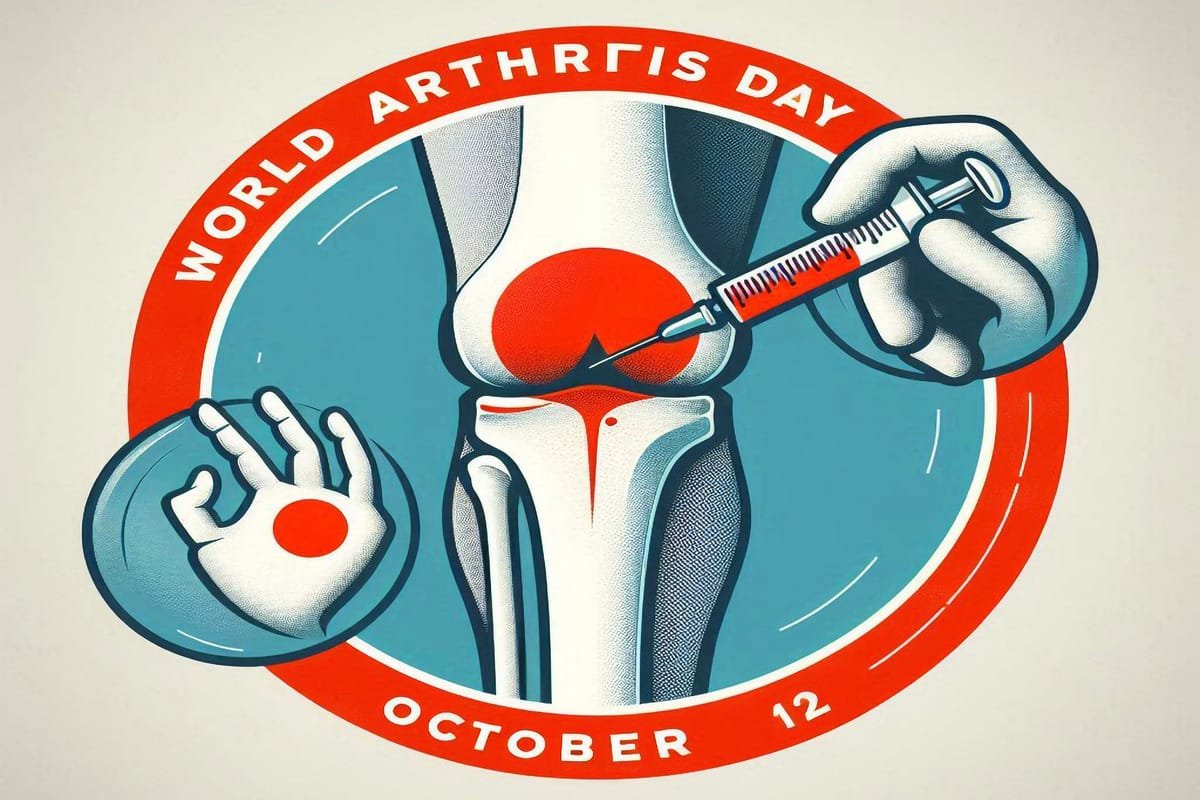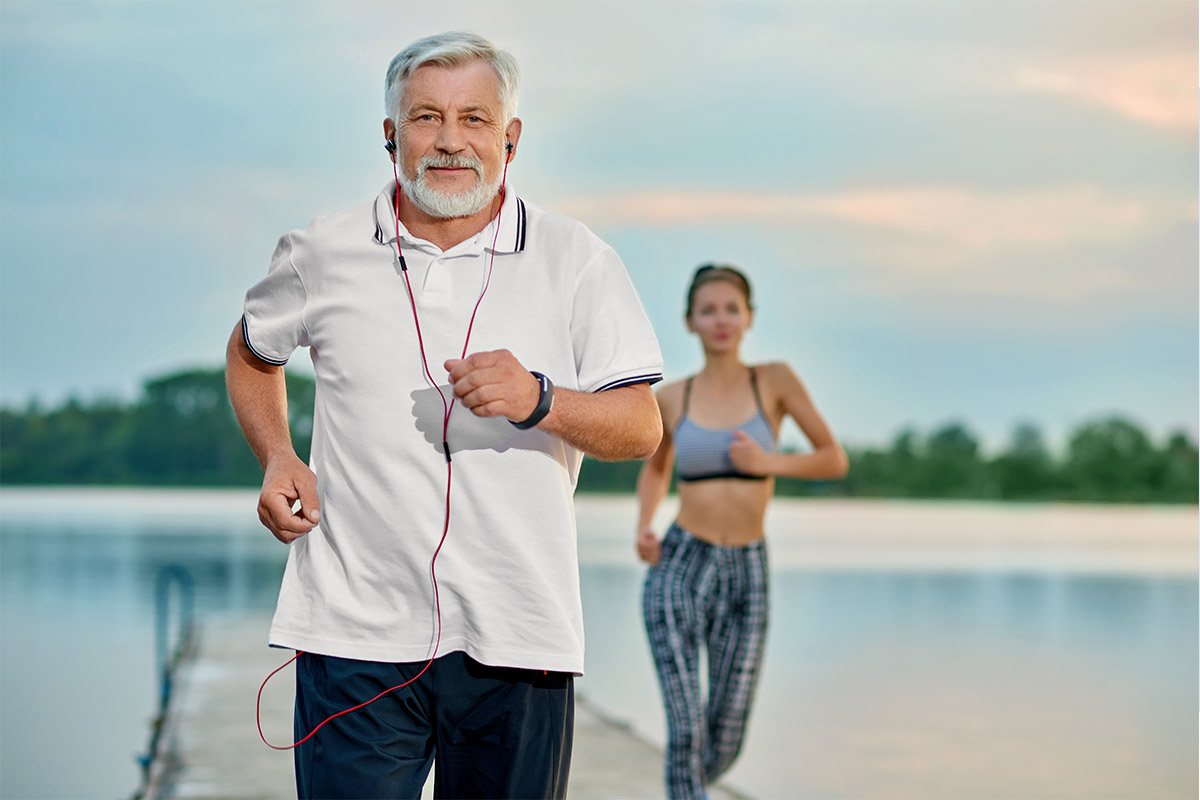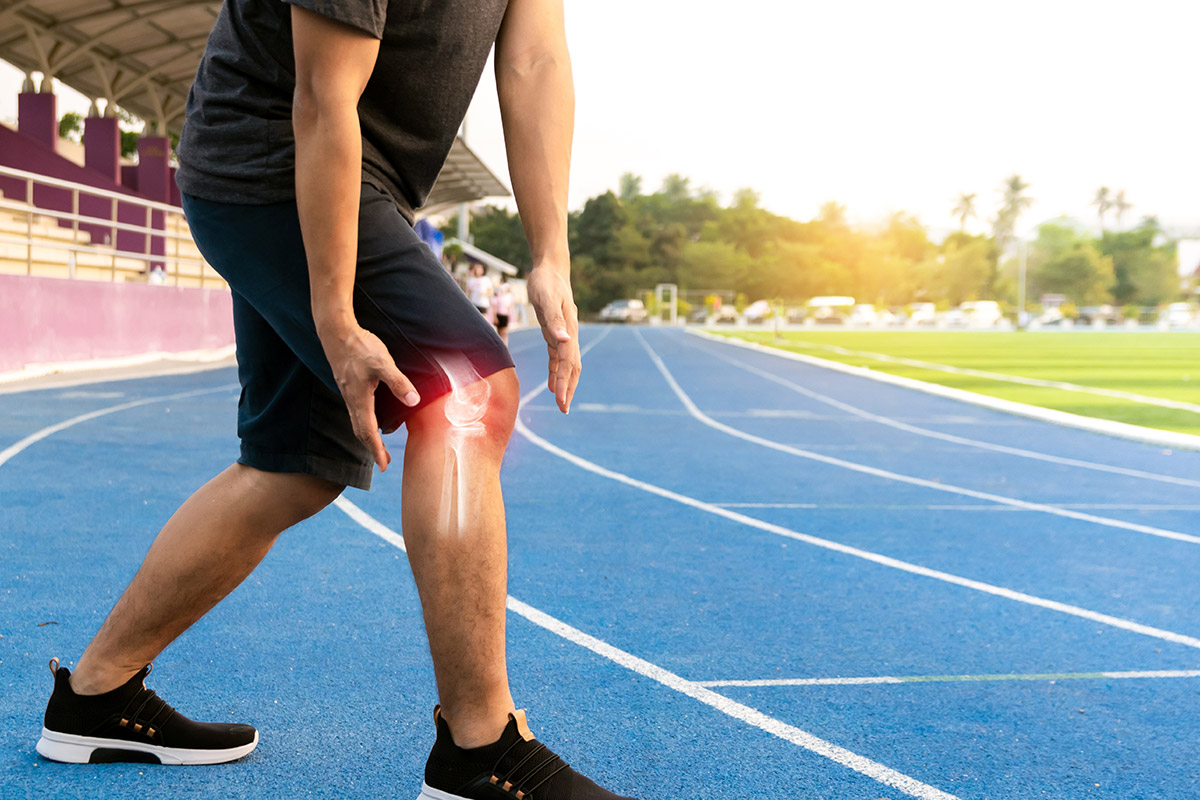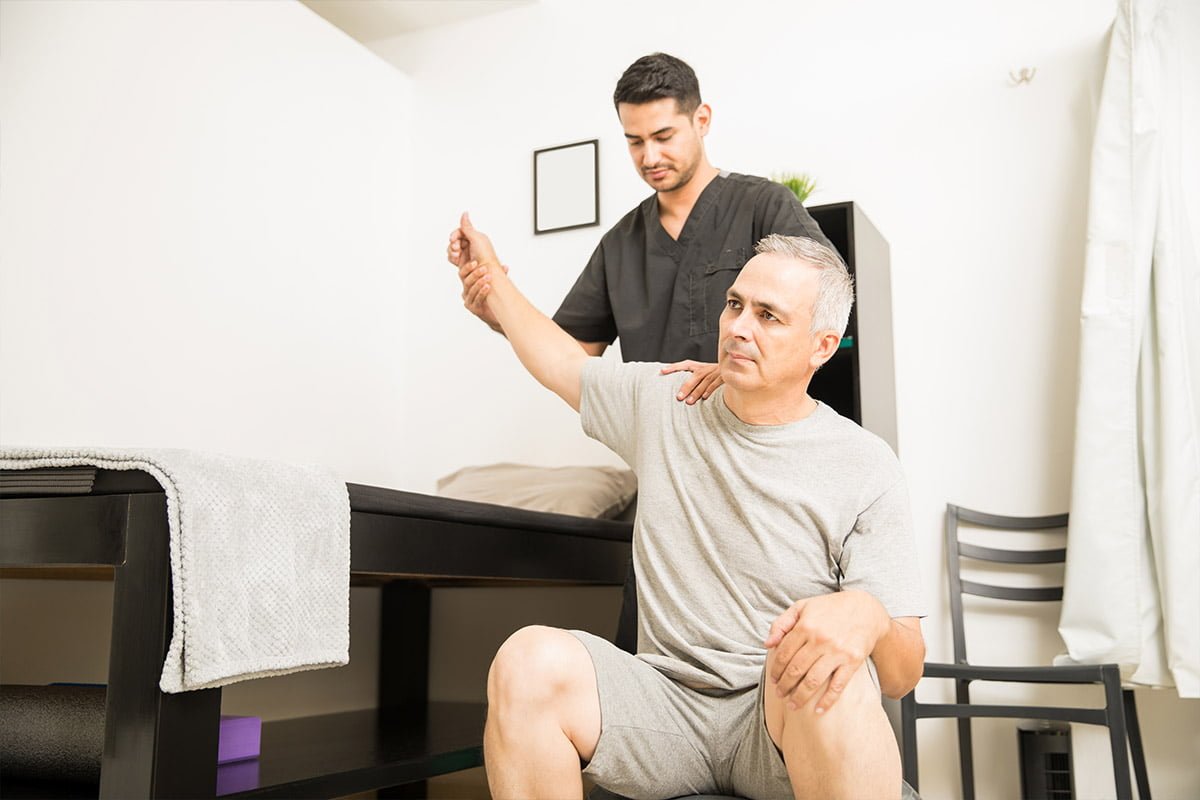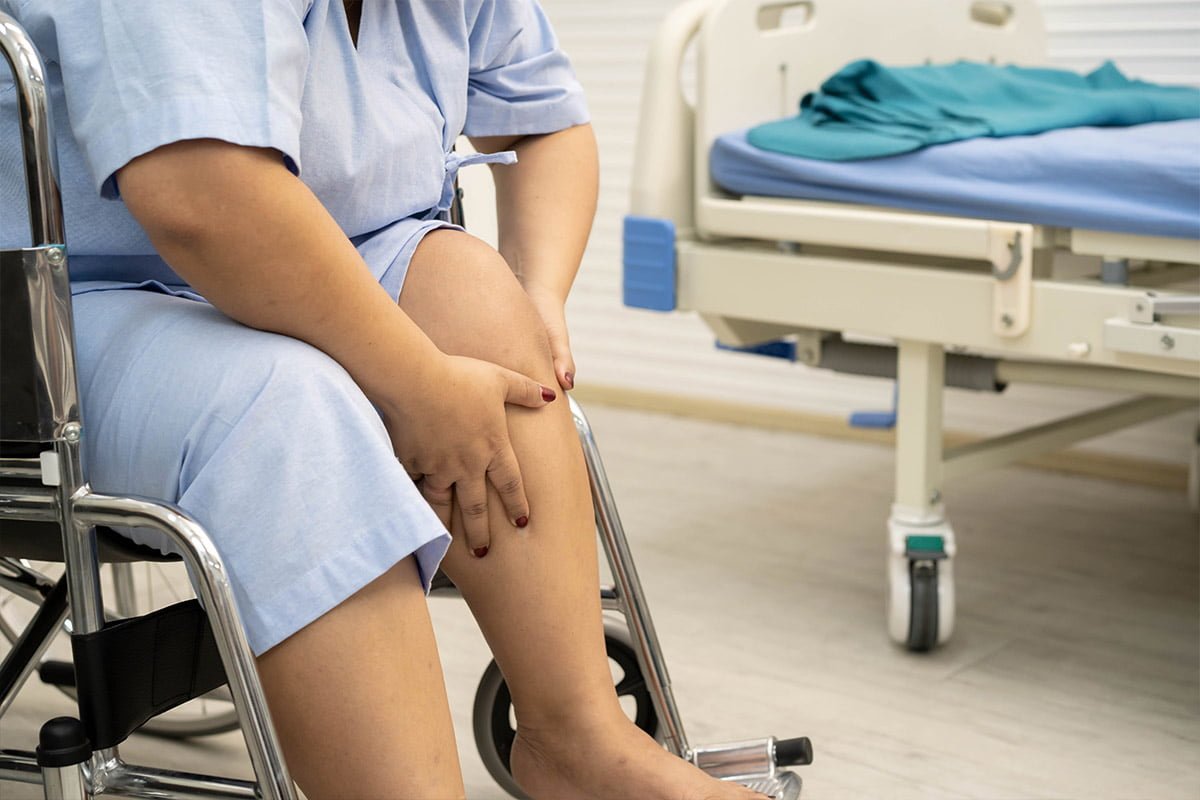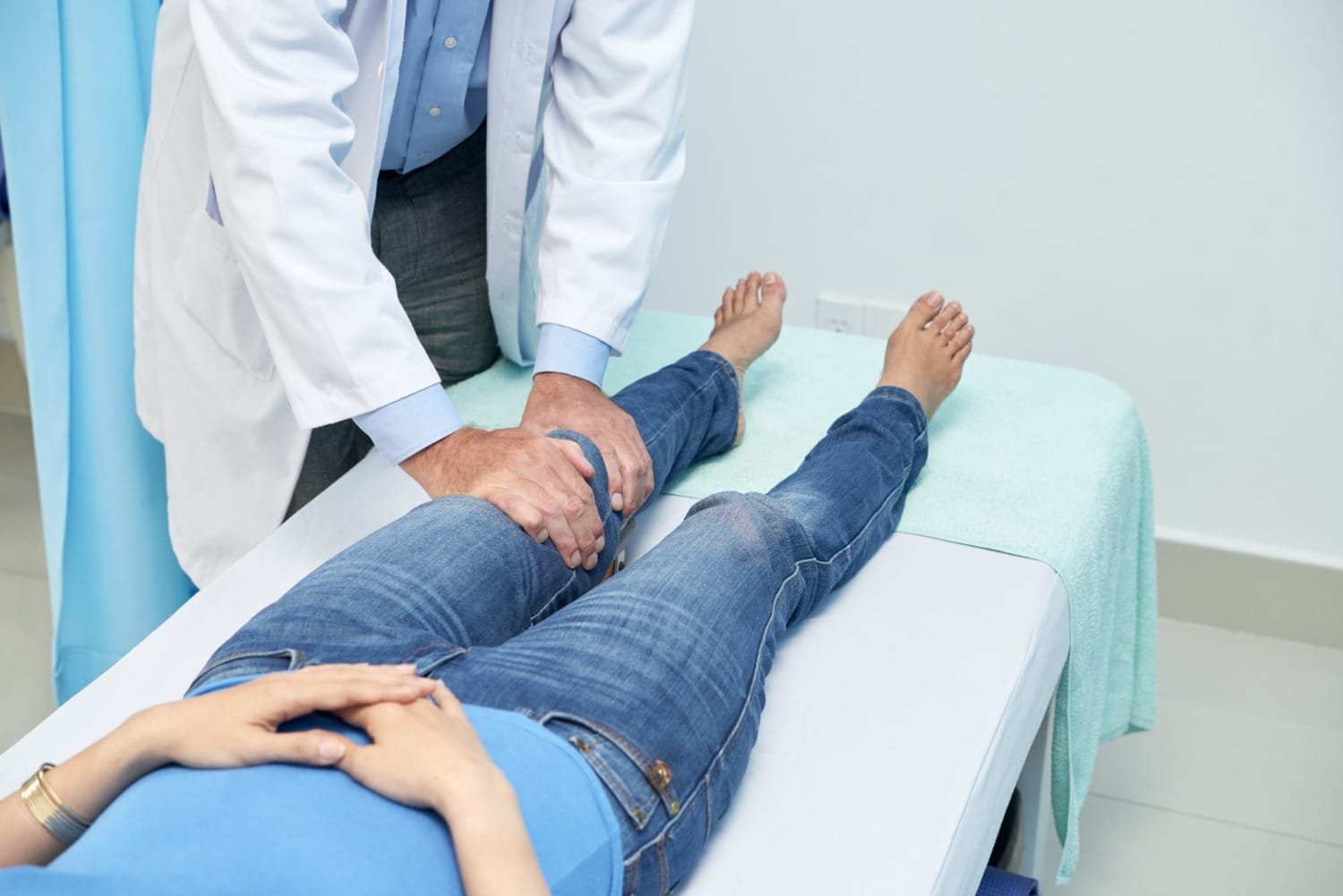
Post-ACL Surgery Do’s and Don’ts
October 16, 2025Introduction
Anterior Cruciate Ligament (ACL) reconstruction surgery is a life-changing procedure for those suffering from severe knee injuries. It restores knee stability, improves mobility, and helps patients return to their normal lifestyle — especially athletes and active individuals.
However, recovery after ACL surgery requires careful attention, discipline, and guided rehabilitation. The way you care for your knee post-surgery directly impacts how well and how quickly you heal.
In this article, Dr. Deepak Mishra, the best orthopedic doctor in Faridabad, shares crucial do’s and don’ts after ACL surgery to help patients recover safely and regain full strength and stability.
Understanding ACL Surgery
The ACL (Anterior Cruciate Ligament) is one of the key stabilizing ligaments in the knee. It connects the thigh bone (femur) to the shin bone (tibia), preventing excessive forward movement of the tibia.
When this ligament is torn due to trauma, sports injury, or twisting, surgery may be required to reconstruct the ligament using a tendon graft (from the patient or donor).
Post-surgery, the knee needs time, physiotherapy, and guided rehabilitation to fully recover. That’s why understanding what to do — and what to avoid — is essential.
Post-ACL Surgery Do’s and Don’ts
Do’s After ACL Surgery
1. Follow Your Surgeon’s Instructions Strictly
After surgery, your orthopedic surgeon will provide detailed post-operative care guidelines. Following these instructions — including medication, dressing care, and follow-up appointments — ensures smooth healing and prevents complications.
2. Start Physiotherapy Early (as Advised)
Physiotherapy is the cornerstone of ACL recovery. Under the guidance of a trained physiotherapist, start range-of-motion exercises and gentle strengthening as soon as your surgeon recommends.
Early movement helps prevent stiffness, reduces swelling, and maintains muscle strength.
3. Keep the Leg Elevated and Use Ice Packs
In the first few days after surgery, swelling and mild discomfort are common. Keep your leg elevated on a pillow and use ice packs for 15–20 minutes every few hours to reduce inflammation.
4. Use Crutches or Braces as Directed
Your doctor may advise walking with crutches or knee braces initially to protect the new ligament and prevent unnecessary strain. Gradually, as your strength improves, you can progress to weight-bearing activities.
5. Maintain Proper Wound Hygiene
Keep the surgical site clean and dry. Change dressings as instructed to prevent infections. If you notice redness, discharge, or unusual pain, contact your doctor immediately.
6. Stay Consistent with Physiotherapy
Attend all your physiotherapy sessions regularly. The exercises prescribed are designed to rebuild strength, flexibility, and balance. Skipping sessions can delay recovery and affect surgical outcomes.
7. Eat a Nutritious Diet
Proper nutrition supports faster healing. Include:
- Protein-rich foods for tissue repair (eggs, lentils, lean meat)
- Vitamin C and zinc for wound healing
- Calcium and Vitamin D for bone strength
8. Practice Patience and Positivity
Recovery from ACL surgery takes time — usually 6–9 months for complete rehabilitation. Stay patient, follow your doctor’s plan, and avoid comparing your recovery pace with others.
Don’ts After ACL Surgery
1. Don’t Bear Full Weight Too Early
Avoid putting full weight on the operated leg until your doctor allows it. Premature loading can stretch or damage the reconstructed ligament.
2. Don’t Skip Medications or Follow-ups
Pain relievers, anti-inflammatory medicines, and antibiotics help control discomfort and prevent infections. Missing doses or appointments can lead to setbacks.
3. Don’t Remove the Brace Prematurely
A knee brace provides crucial support during early recovery. Removing it too soon can strain the healing ligament. Always follow your surgeon’s advice before discontinuing it.
4. Don’t Ignore Pain or Swelling
Mild discomfort is normal, but persistent pain, redness, or swelling could indicate infection or improper healing. Report such symptoms to your doctor immediately.
5. Don’t Rush Back to Sports or Gym
Returning to sports or strenuous activity too early can cause re-injury. Only resume high-impact movements after getting clearance from your orthopedic surgeon and physiotherapist.
6. Don’t Sit for Long Periods with the Knee Bent
Avoid sitting with your knee bent for extended durations, especially in the early weeks. Keep your leg straight or elevated to prevent stiffness.
7. Don’t Compare Your Progress with Others
Every ACL injury and body type heals differently. Focus on your personalized recovery plan instead of comparing your journey with others.
Stages of ACL Recovery
Recovery after ACL reconstruction typically progresses in phases, each focusing on a specific goal:
Stages of ACL Recovery
| Stage | Timeline | Goals |
|---|---|---|
| Immediate Post-Surgery | Week 1–2 | Control pain and swelling, protect the surgical site, elevate the leg, use ice packs, and begin gentle range of motion exercises (heel slides, quad sets). Achieve 0–90° flexion. |
| Early Rehabilitation | Week 3–6 | Restore knee extension and flexion, reduce stiffness, begin light strengthening exercises, normalize gait with brace support, and improve blood circulation. |
| Intermediate Rehabilitation | Week 7–12 | Strengthen quadriceps, hamstrings, and hips; enhance balance and coordination; start stationary cycling or pool therapy; gradually improve functional mobility. |
| Advanced Rehabilitation | Month 3–6 | Increase muscle power and endurance; perform sport-specific strengthening; begin jogging and plyometric training under supervision; improve agility. |
| Return to Sport Phase | Month 6–9 | Regain full strength, stability, and flexibility; pass functional tests (hop, agility, and balance); get medical clearance for full sports participation. |
Tips for a Successful ACL Surgery Recovery
- Always warm up before exercises or physiotherapy.
- Focus on quadriceps and hamstring strengthening.
- Avoid sudden twisting or pivoting movements.
- Stay hydrated and maintain a healthy weight.
- Maintain open communication with your physiotherapist and doctor.
Why Choose Dr. Deepak Mishra for ACL Surgery and Rehabilitation in Faridabad
Dr. Deepak Mishra is one of the best orthopedic doctors in Faridabad, known for his excellence in ACL reconstruction, sports injury management, and joint replacement surgery.
Key Highlights:
- Director – Orthopaedics & Joint Replacement Surgery, Metro Hospital, Faridabad
- Over two decades of experience in arthroscopic and minimally invasive orthopedic surgeries
- Expert in ACL reconstruction using advanced grafting and arthroscopic techniques
- Focused on patient-centered care, ensuring personalized recovery plans
- Works closely with physiotherapists for comprehensive rehabilitation programs
Dr. Mishra’s expertise ensures that patients not only recover quickly but also regain full confidence to return to sports and daily activities safely.
Conclusion
Post-ACL surgery recovery is a gradual and disciplined journey that demands patience, persistence, and professional supervision. Following the do’s and don’ts shared by Dr. Deepak Mishra can make a significant difference in ensuring complete knee recovery and long-term success.
If you’ve recently undergone ACL surgery or are planning one, consult Dr. Deepak Mishra, the best orthopedic doctor in Faridabad, for expert post-surgical guidance, rehabilitation, and care.
Dr. Deepak Mishra
Director – Orthopaedics & Joint Replacement Surgery
Metro Hospital, Faridabad
For Appointments: +91 8287334003
Recent Blogs
-
 The Difference Between ACL Tear, Sprain, and Rupture
The Difference Between ACL Tear, Sprain, and Rupture- 16, October 2025
-
 Post-ACL Surgery Do’s and Don’ts
Post-ACL Surgery Do’s and Don’ts- 16, October 2025
-
 Early Signs You Might Have an ACL Injury (and When to See a Doctor)
Early Signs You Might Have an ACL Injury (and When to See a Doctor)- 16, October 2025
-
 Does Insurance Cover Robotic Knee Replacement Surgery?
Does Insurance Cover Robotic Knee Replacement Surgery?- 6, October 2025
-
 When Can You Return to Sports After Robotic Knee Replacement?
When Can You Return to Sports After Robotic Knee Replacement?- 6, October 2025
-
 Impact of Obesity on Knee Replacement Surgery and Recovery
Impact of Obesity on Knee Replacement Surgery and Recovery- 30, September 2025
-
 Early vs. Delayed Knee Replacement: Which Is Better?
Early vs. Delayed Knee Replacement: Which Is Better?- 30, September 2025
-
 How Durable Are Knee Implants? A Complete Guide
How Durable Are Knee Implants? A Complete Guide- 24, September 2025
-
 Can You Play Sports After Knee Replacement Surgery?
Can You Play Sports After Knee Replacement Surgery?- 24, September 2025
-
 Key Benefits of Revision Hip Replacement You Should Know
Key Benefits of Revision Hip Replacement You Should Know- 15, September 2025
-
 Revision Hip Replacement vs. Primary Hip Replacement: Key Differences
Revision Hip Replacement vs. Primary Hip Replacement: Key Differences- 15, September 2025
-

-
 Total Knee Replacement Complications: What You Need to Know
Total Knee Replacement Complications: What You Need to Know- 5, September 2025
-
 Can You Play Sports After Hip Replacement Surgery?
Can You Play Sports After Hip Replacement Surgery?- 26, August 2025
-
 Preparing for Knee Replacement: Do’s and Don’ts Before Surgery
Preparing for Knee Replacement: Do’s and Don’ts Before Surgery- 26, August 2025
-

-
 What to Know About Knee Replacement Revision Surgery
What to Know About Knee Replacement Revision Surgery- 18, August 2025
-
 Cost of Hip Replacement in India – What Patients Should Know
Cost of Hip Replacement in India – What Patients Should Know- 11, August 2025
-

-
 Who Is the Best Orthopedic Doctor for Sports Injuries?
Who Is the Best Orthopedic Doctor for Sports Injuries?- 27, July 2025
-
 Success Rate of Robotic Knee Replacement in India
Success Rate of Robotic Knee Replacement in India- 27, July 2025
-
 Why Surgeons Are Switching to Robotic Knee Replacements
Why Surgeons Are Switching to Robotic Knee Replacements- 15, July 2025
-
 Do’s and Don’ts After Knee Replacement Surgery
Do’s and Don’ts After Knee Replacement Surgery- 15, July 2025
-
 Best Robotic Knee Replacement in India
Best Robotic Knee Replacement in India- 7, July 2025
-
 Affordable Robotic Knee Replacement in India
Affordable Robotic Knee Replacement in India- 7, July 2025
-

-

-

-

-

-

-

-
 Orthopedic Meaning, Definition, Types, and More
Orthopedic Meaning, Definition, Types, and More- 6, June 2025
-
 What Are the Most Common Orthopedic Surgeries?
What Are the Most Common Orthopedic Surgeries?- 24, May 2025
-
 What Does an Orthopedic Doctor Do?
What Does an Orthopedic Doctor Do?- 24, May 2025
-

-

-

-
 Best Orthopedic Doctor for Knee Pain in Faridabad
Best Orthopedic Doctor for Knee Pain in Faridabad- 12, May 2025
-
 How to Prevent Knee Pain with Orthopedic Expert Tips
How to Prevent Knee Pain with Orthopedic Expert Tips- 29, April 2025
-

-
 Best Orthopedic Treatment in Faridabad: What You Should Know
Best Orthopedic Treatment in Faridabad: What You Should Know- 29, April 2025
-

-

-
 Best Knee Replacement Surgeon in Mathura
Best Knee Replacement Surgeon in Mathura- 14, April 2025
-
 Best Knee Replacement Surgeon in Hodal
Best Knee Replacement Surgeon in Hodal- 14, April 2025
-
 Best Knee Replacement Surgeon in Palwal
Best Knee Replacement Surgeon in Palwal- 14, April 2025
-

-

-

-
 Benefits of Minimally Invasive Knee Surgery
Benefits of Minimally Invasive Knee Surgery- 24, March 2025
-
 Types of Knee Implants
Types of Knee Implants- 17, March 2025
-
 Best knee Replacement Surgeon in India
Best knee Replacement Surgeon in India- 17, March 2025
-

-
 How to Recover Quickly After Knee Replacement Surgery
How to Recover Quickly After Knee Replacement Surgery- 10, March 2025
-

-

-

-
 Minimally Invasive Arthroplasty: Benefits and Recovery Advantages
Minimally Invasive Arthroplasty: Benefits and Recovery Advantages- 24, February 2025
-
 Common Mistakes to Avoid After Joint Replacement Surgery
Common Mistakes to Avoid After Joint Replacement Surgery- 24, February 2025
-
 Choosing the Right Hip Replacement Surgeon: A Comprehensive Guide
Choosing the Right Hip Replacement Surgeon: A Comprehensive Guide- 17, February 2025
-
 Restoring Mobility: The Role of Knee Replacement Doctors
Restoring Mobility: The Role of Knee Replacement Doctors- 17, February 2025
-
 Orthopedic Trauma Care for Athletes
Orthopedic Trauma Care for Athletes- 6, February 2025
-
 Best Doctor for ACL Tear Treatment
Best Doctor for ACL Tear Treatment- 6, February 2025
-
 Best Sports Medicine Doctor for Knee Injuries
Best Sports Medicine Doctor for Knee Injuries- 6, February 2025
-
 Orthopedic Surgeons: 7 Things You Need to Know
Orthopedic Surgeons: 7 Things You Need to Know- 27, January 2025
-
 Best Joint Replacement Surgeon in Greater Faridabad
Best Joint Replacement Surgeon in Greater Faridabad- 27, January 2025
-
 Best Knee Replacement Surgeon in Palwal
Best Knee Replacement Surgeon in Palwal- 20, January 2025
-
 Best Knee Replacement Surgeon in South Delhi
Best Knee Replacement Surgeon in South Delhi- 20, January 2025
-
 Signs You May Need a Knee Replacement: Insights from a Surgeon
Signs You May Need a Knee Replacement: Insights from a Surgeon- 13, January 2025
-
 Restoring Mobility: The Role of Knee Replacement Doctor
Restoring Mobility: The Role of Knee Replacement Doctor- 13, January 2025
-
 Robotic Knee Replacement Surgery in Delhi
Robotic Knee Replacement Surgery in Delhi- 30, December 2024
-
 Robotic Orthopedic Surgery: Revolutionizing Joint Replacement and Repair
Robotic Orthopedic Surgery: Revolutionizing Joint Replacement and Repair- 30, December 2024
-
 Robotic Knee Replacement vs. Traditional Surgery: A Comparative Guide
Robotic Knee Replacement vs. Traditional Surgery: A Comparative Guide- 23, December 2024
-
 How to Make Joints Stronger: A Comprehensive Guide
How to Make Joints Stronger: A Comprehensive Guide- 23, December 2024
-
 Common Knee Conditions and How a Knee Surgeon Can Help
Common Knee Conditions and How a Knee Surgeon Can Help- 16, December 2024
-

-

-
 Orthopedic Surgeons: 7 Things You Need to Know
Orthopedic Surgeons: 7 Things You Need to Know- 6, December 2024
-
 Top 5 Mistakes After Knee Replacement
Top 5 Mistakes After Knee Replacement- 25, November 2024
-
 Advantages and Disadvantages of Robotic Knee Replacement
Advantages and Disadvantages of Robotic Knee Replacement- 25, November 2024
-
 When to See an Orthopedic Specialist: Recognizing Early Signs
When to See an Orthopedic Specialist: Recognizing Early Signs- 15, November 2024
-
 Benefits of Robotic-Assisted Knee Replacement Surgery
Benefits of Robotic-Assisted Knee Replacement Surgery- 15, November 2024
-
 Knee Replacement Surgery Cost
Knee Replacement Surgery Cost- 8, November 2024
-
 Best Robotic Knee Replacement Surgeon in Faridabad
Best Robotic Knee Replacement Surgeon in Faridabad- 8, November 2024
-

-
 Knee Replacement Surgery: Types, Benefits, and Recovery Timeline
Knee Replacement Surgery: Types, Benefits, and Recovery Timeline- 28, October 2024
-
 What is Osteoporosis? Symptoms, Causes, and Prevention
What is Osteoporosis? Symptoms, Causes, and Prevention- 21, October 2024
-
 Signs It’s Time for a Knee Replacement: When to Consult a Surgeon
Signs It’s Time for a Knee Replacement: When to Consult a Surgeon- 18, October 2024
-
 Understanding Different Types of Arthritis: Symptoms and Causes
Understanding Different Types of Arthritis: Symptoms and Causes- 11, October 2024
-
 Taking Care After Knee Replacement Surgery
Taking Care After Knee Replacement Surgery- 15, December 2022
-
 Amazing Ways to Get Relief from Arthritis Pain Naturally
Amazing Ways to Get Relief from Arthritis Pain Naturally- 2, December 2022
-

-
 How Does Fat Affect Arthritis?
How Does Fat Affect Arthritis?- 4, November 2022
